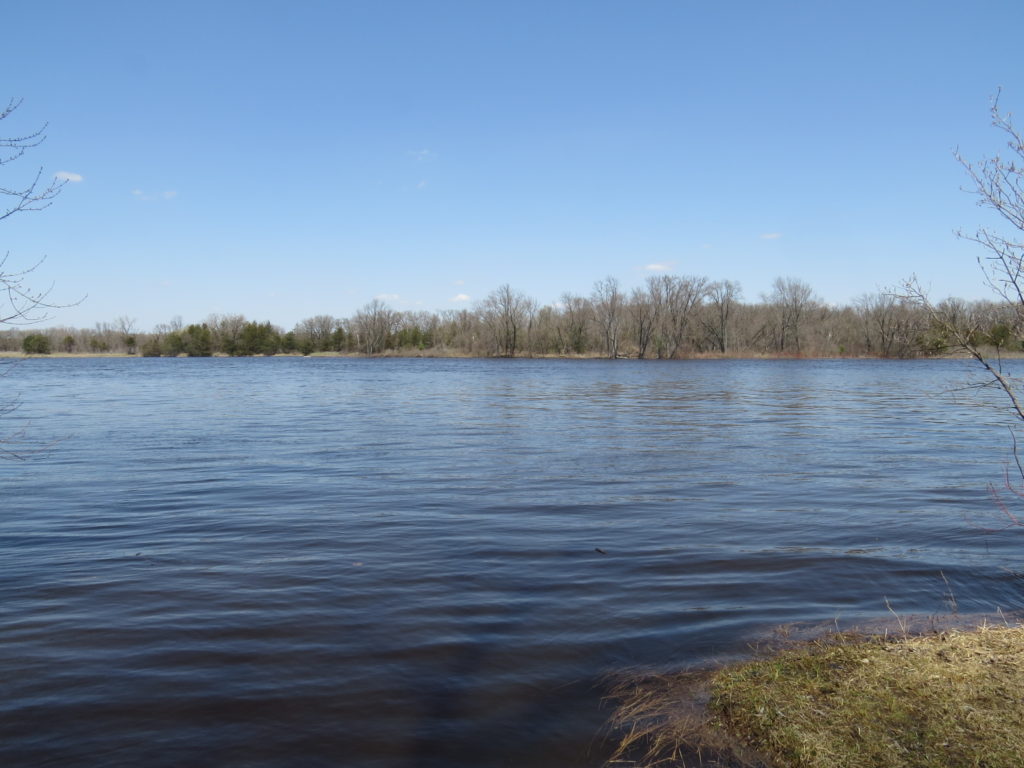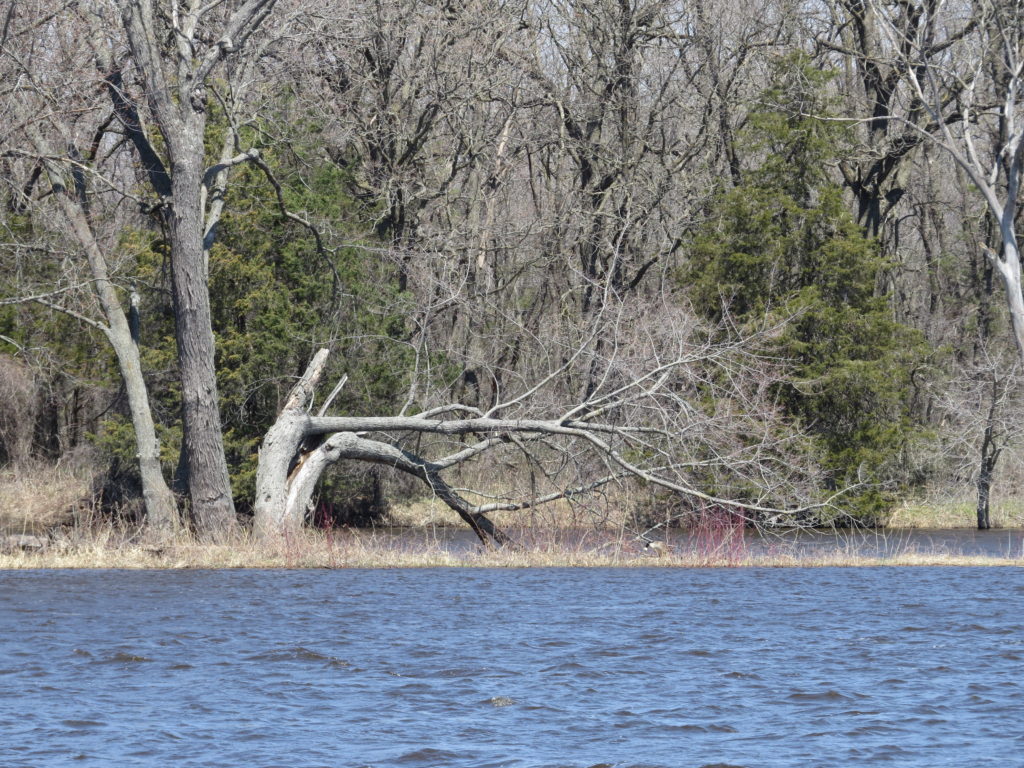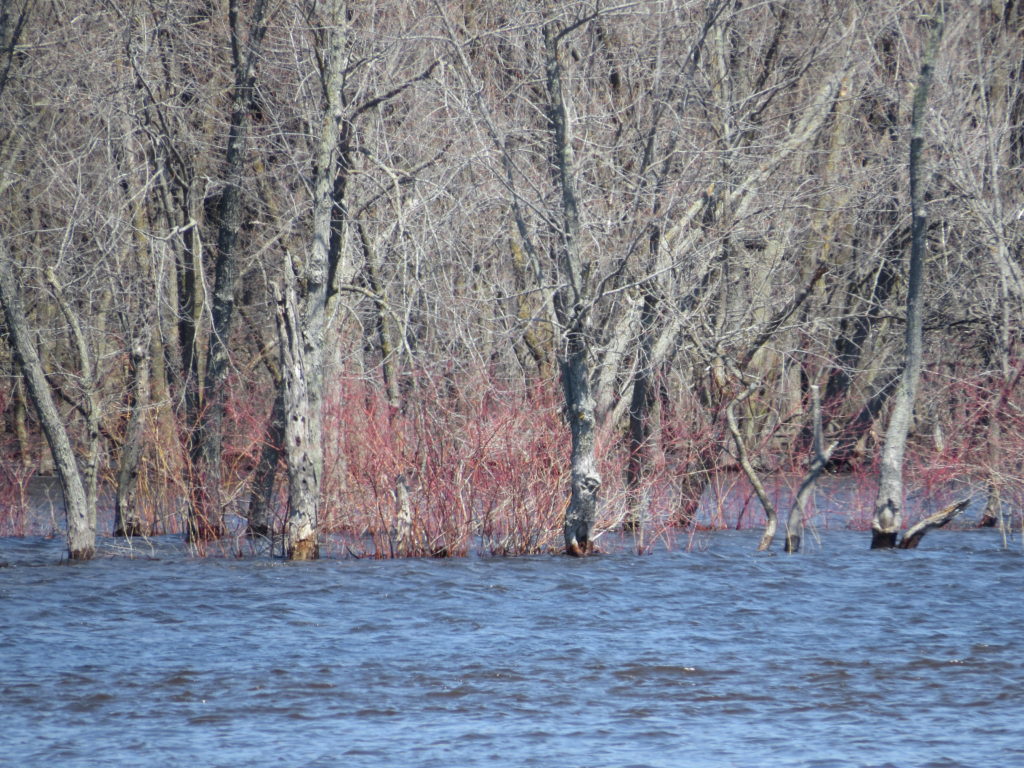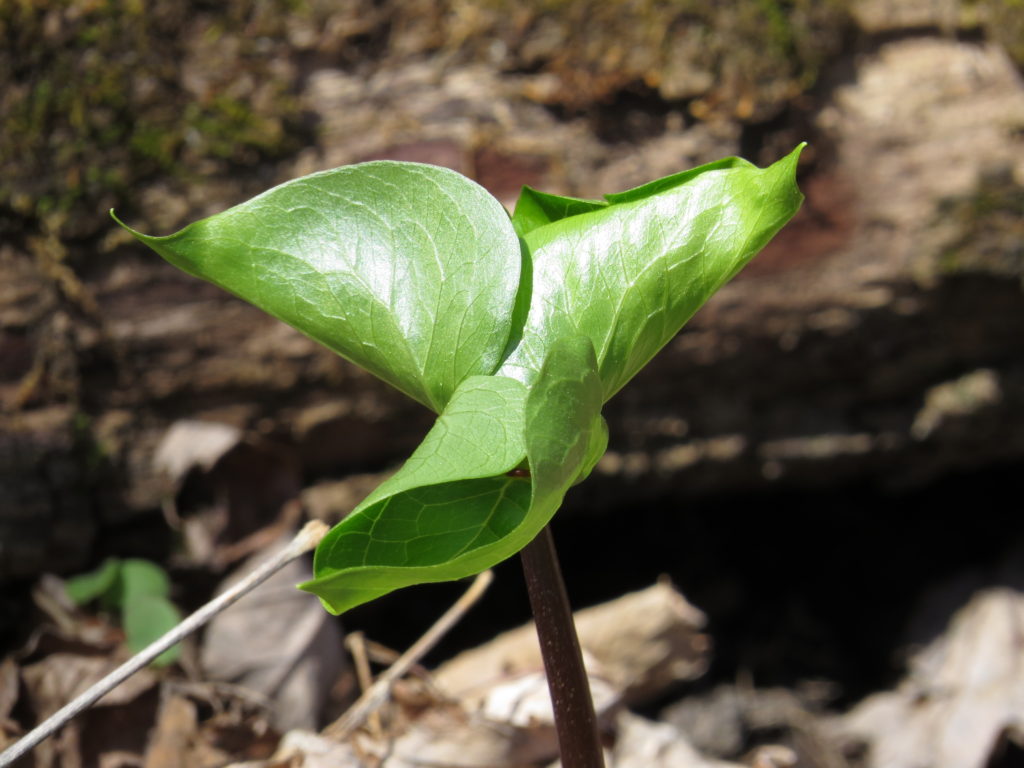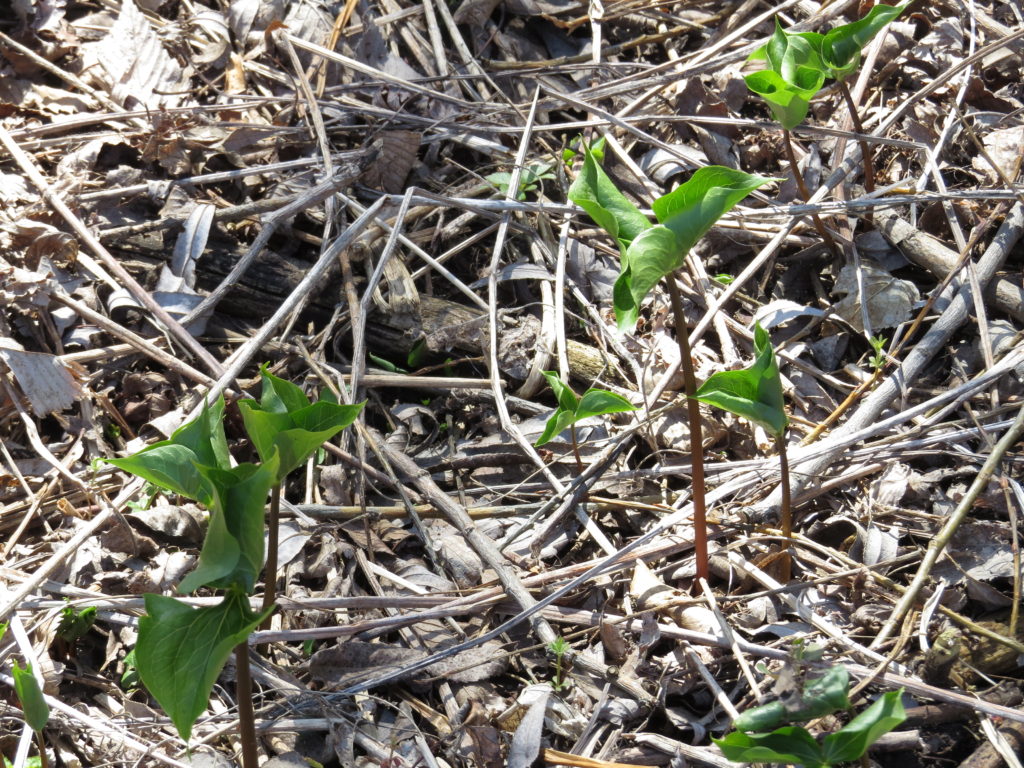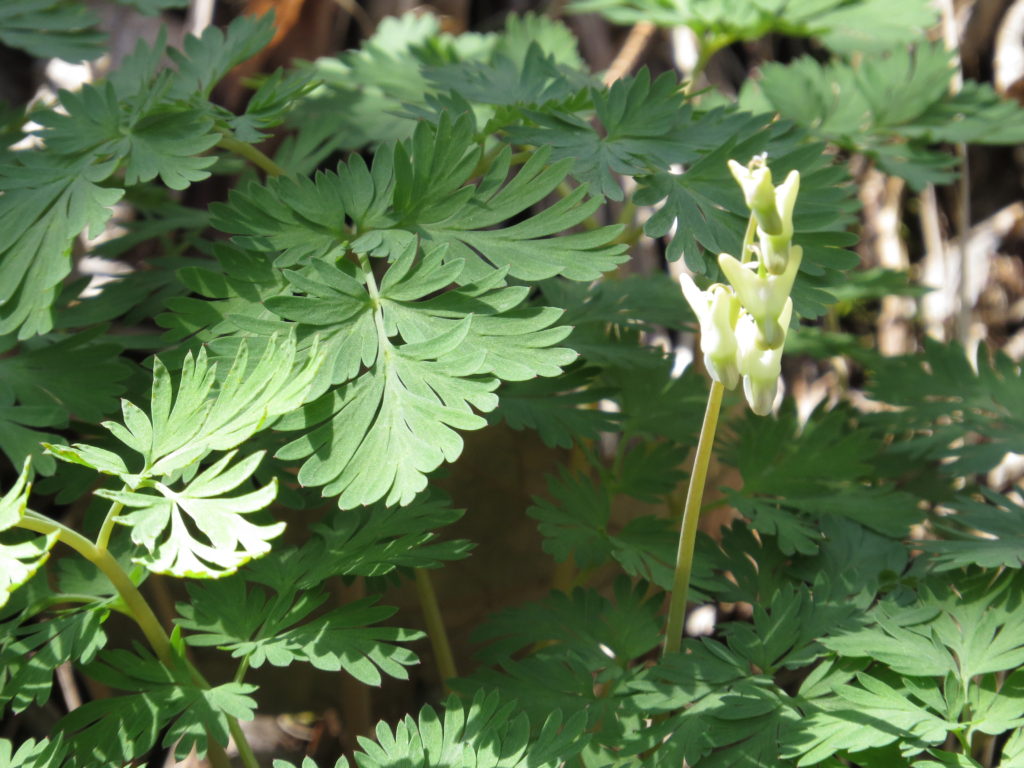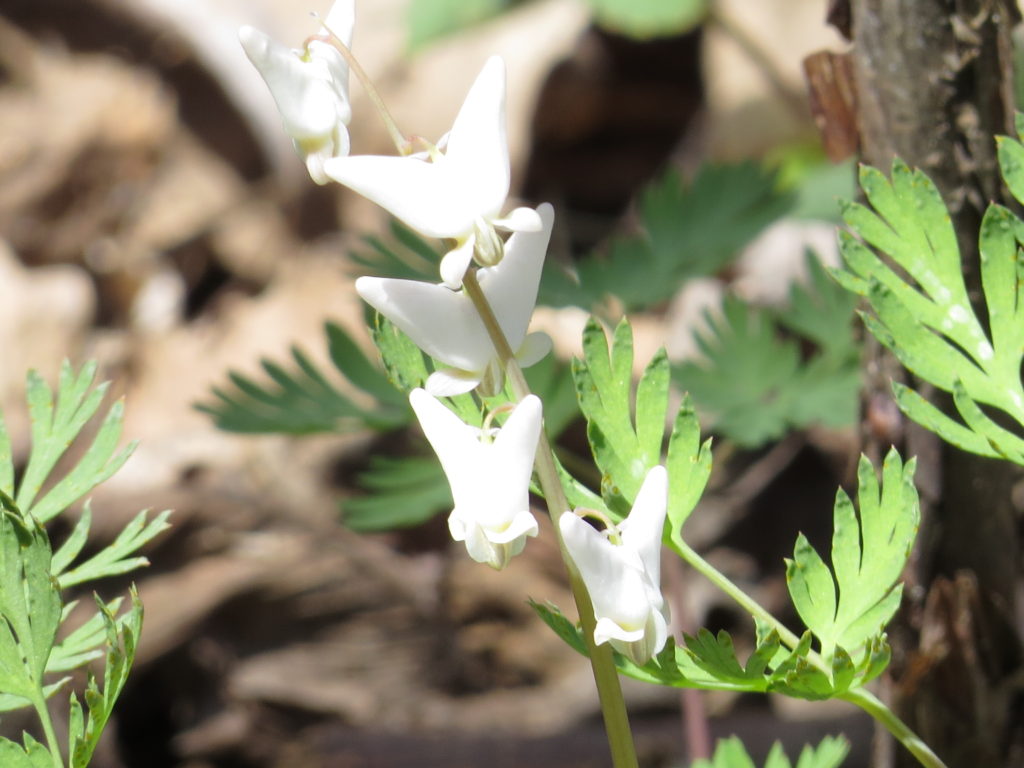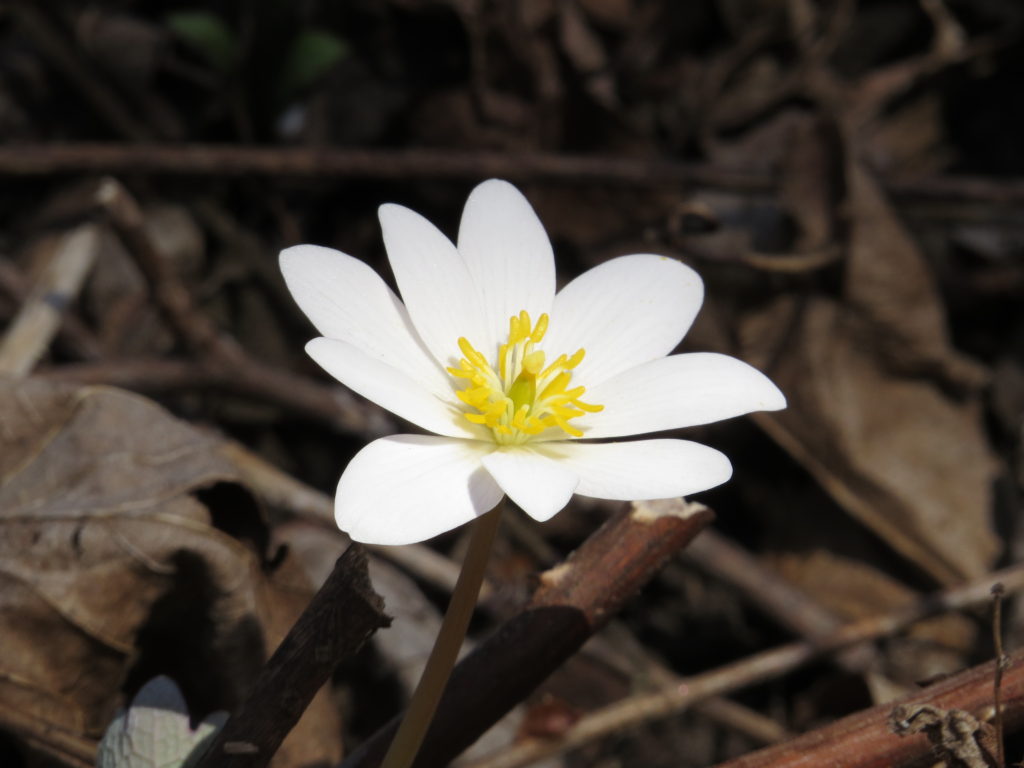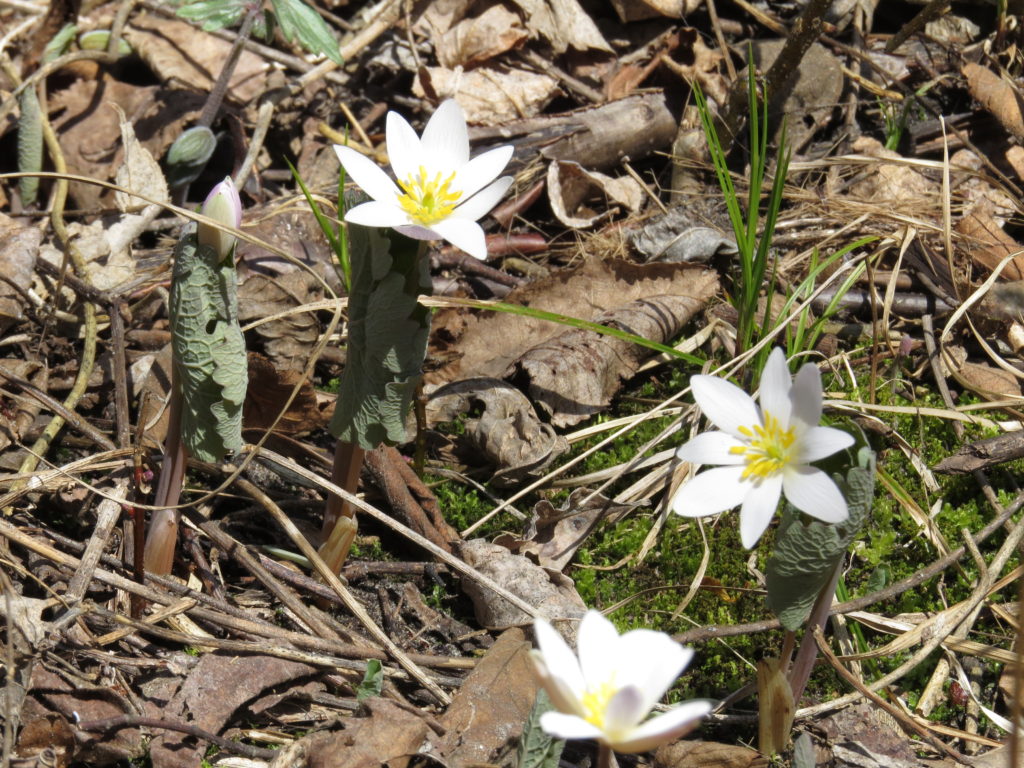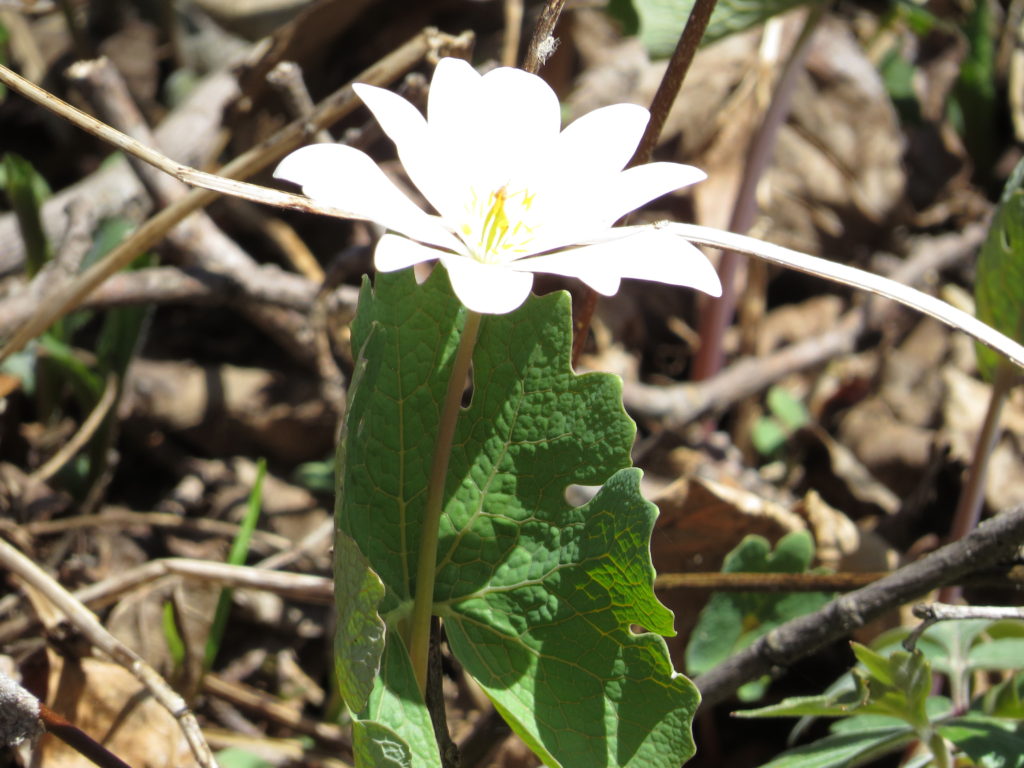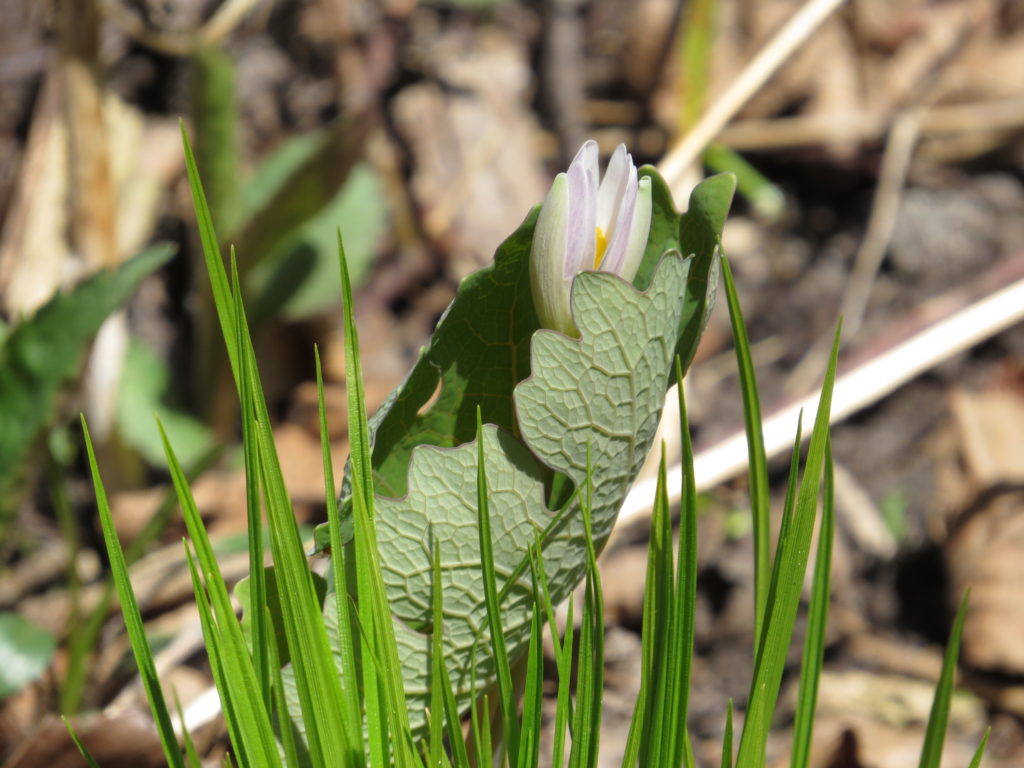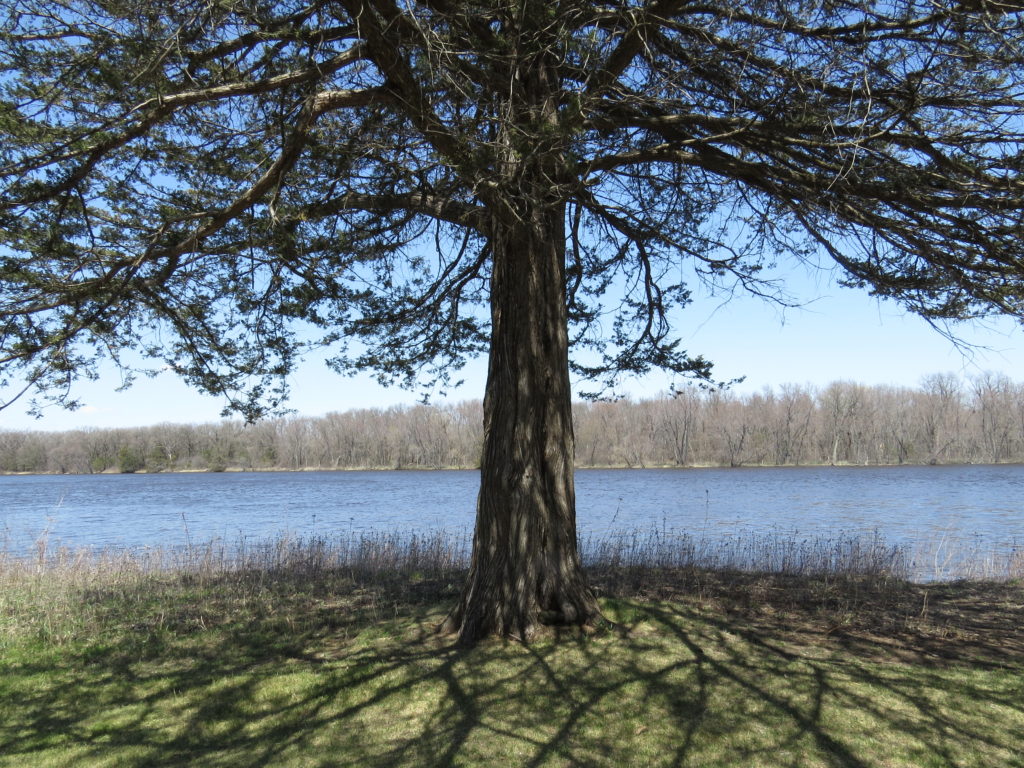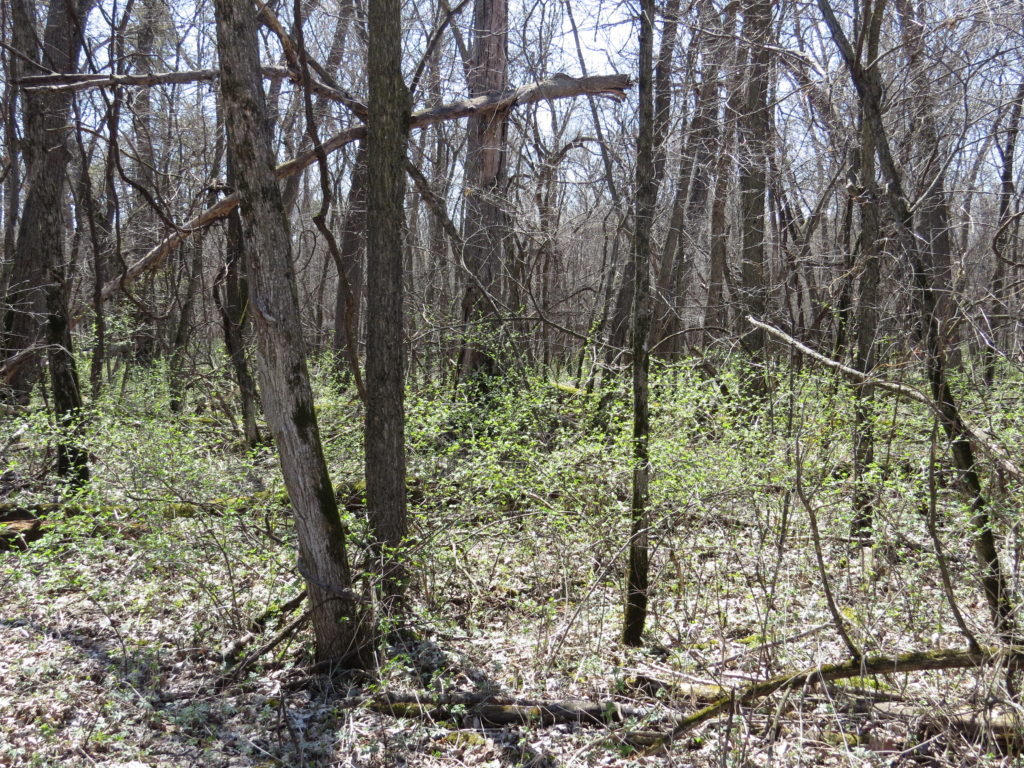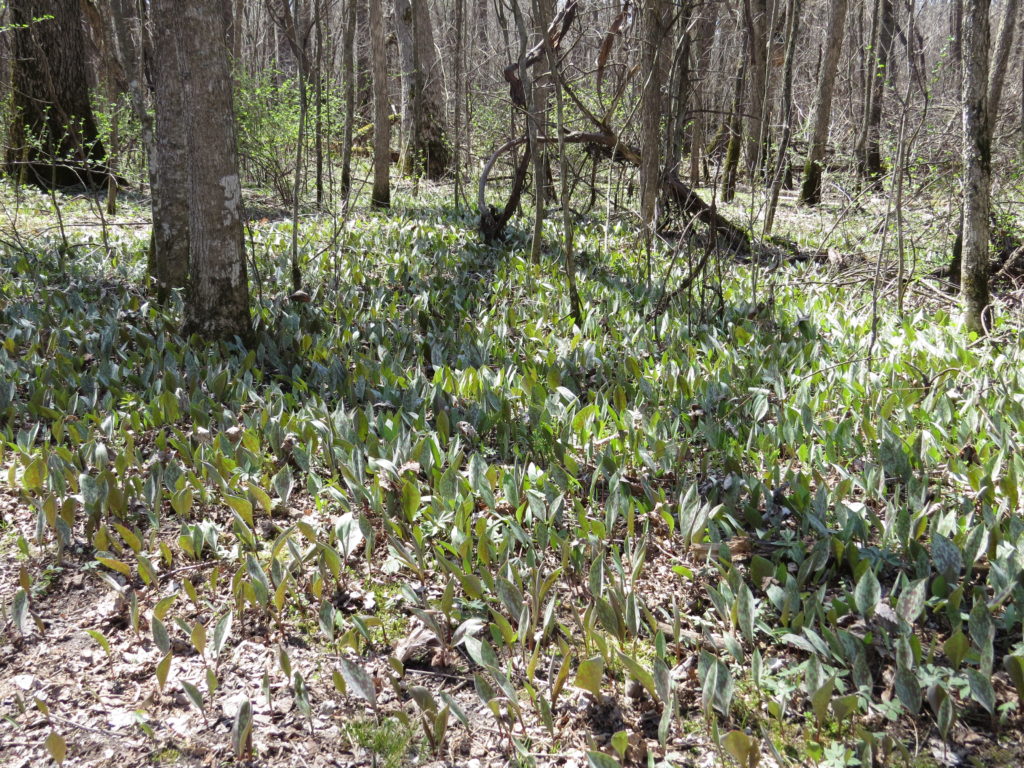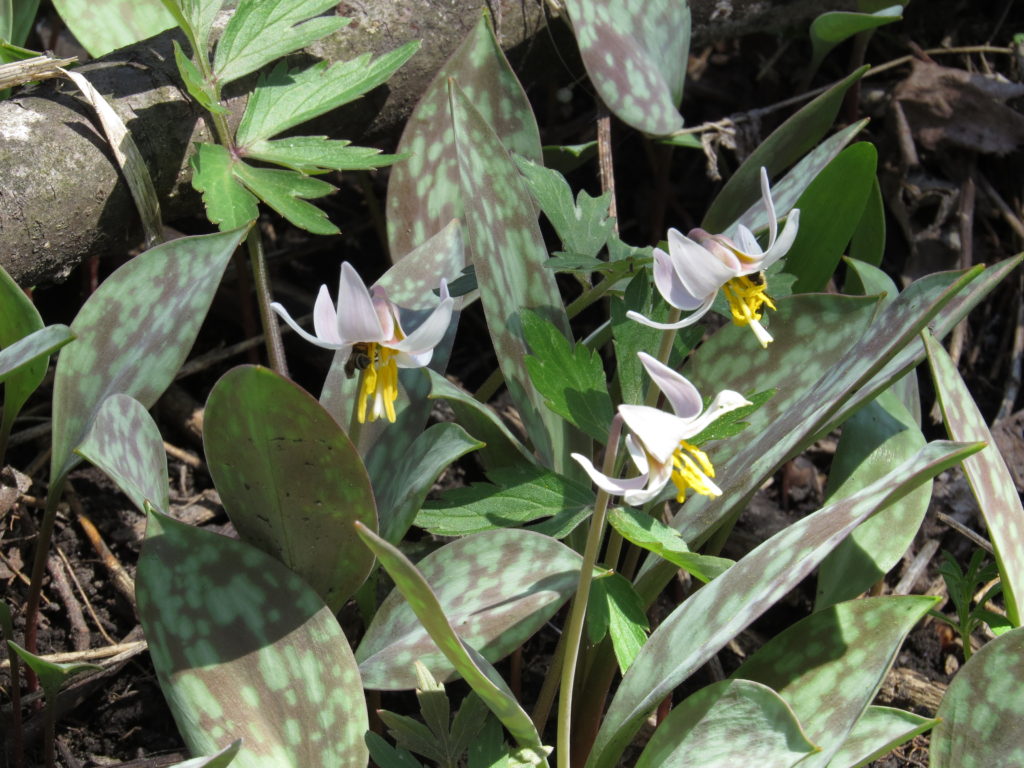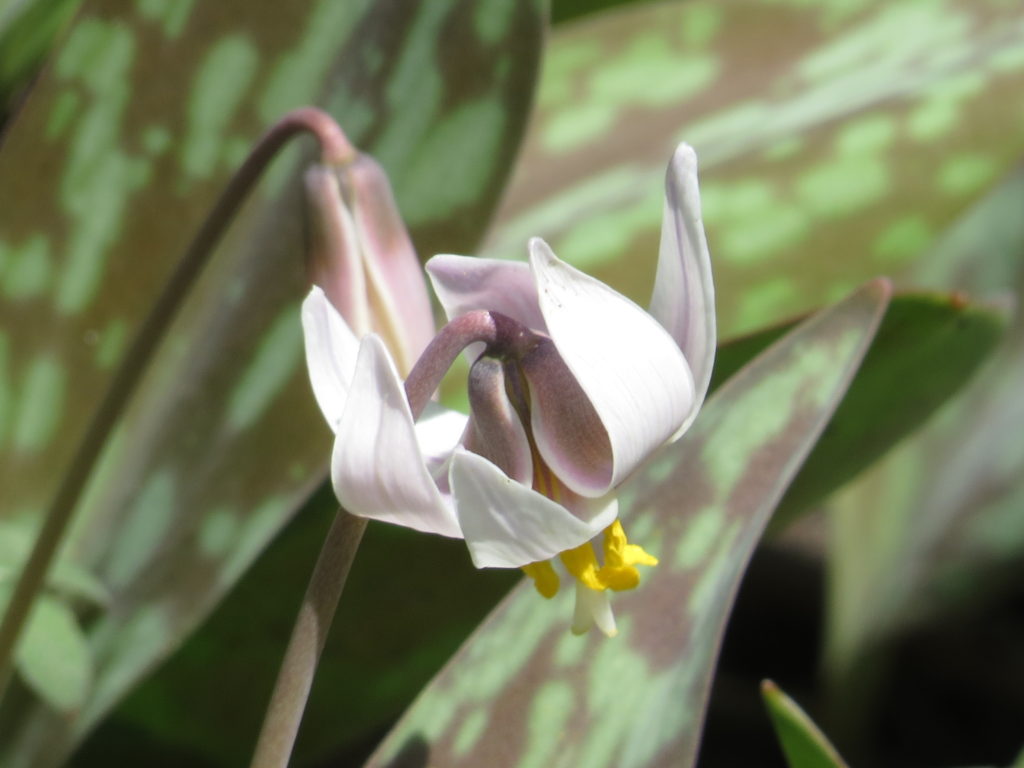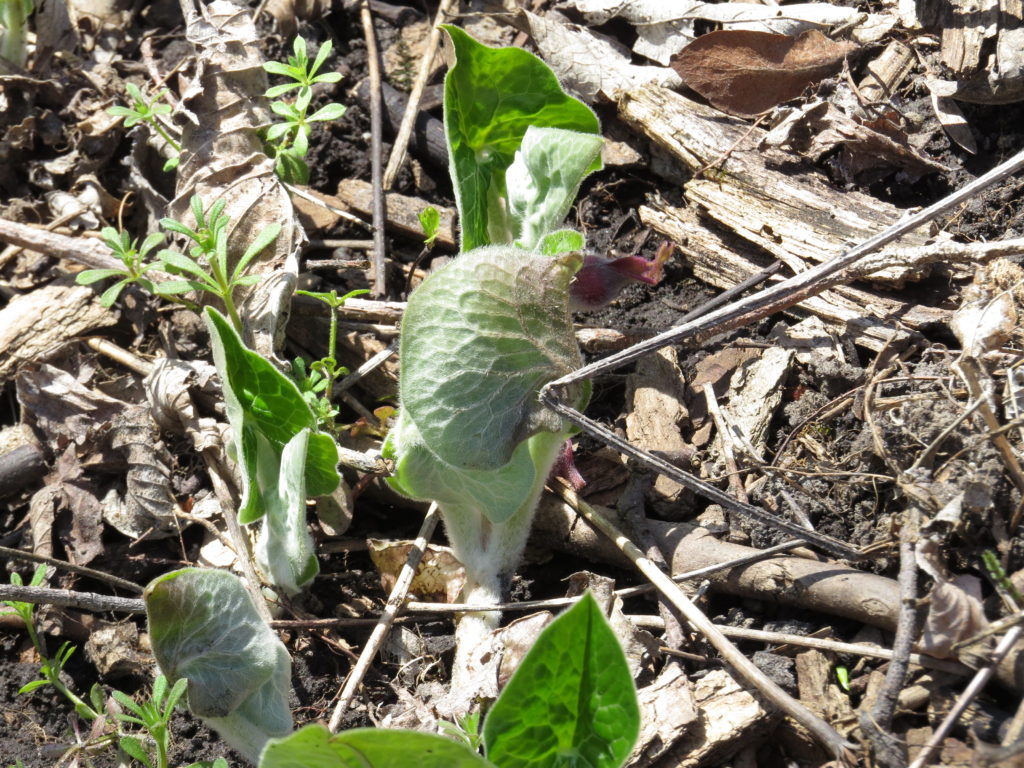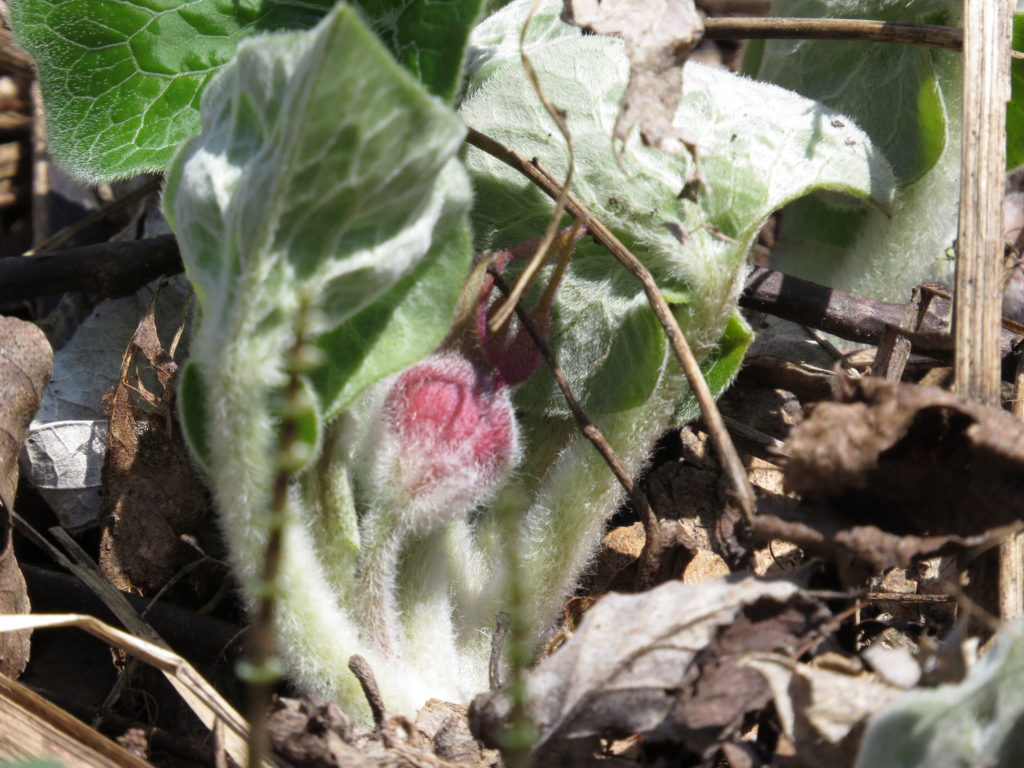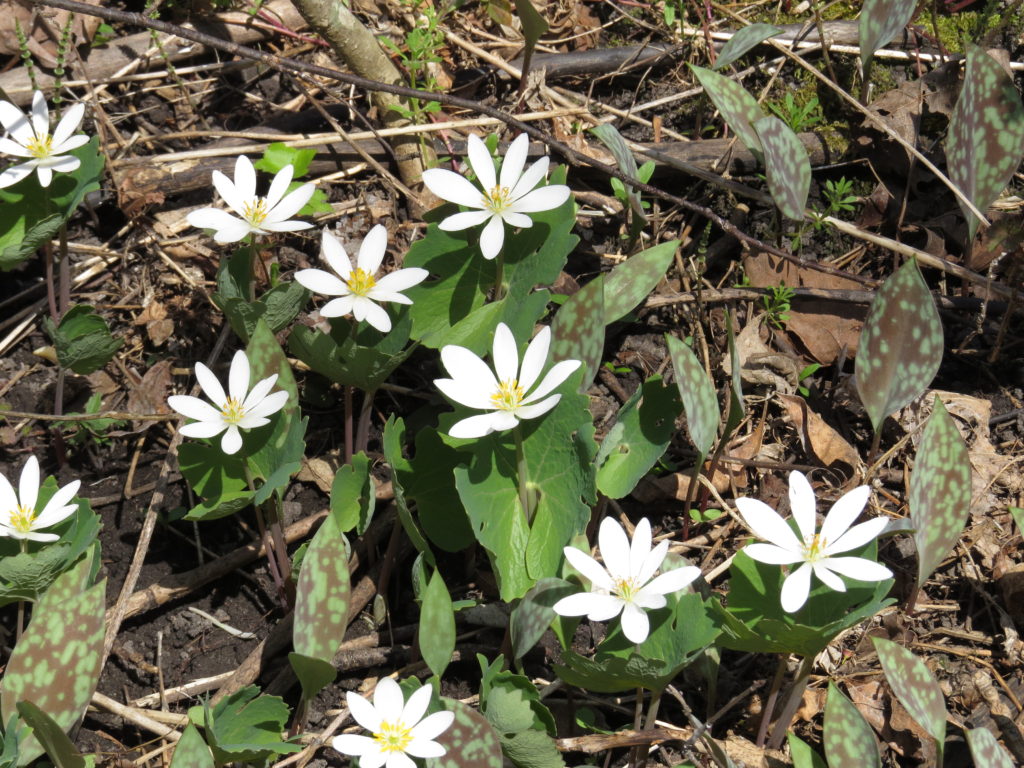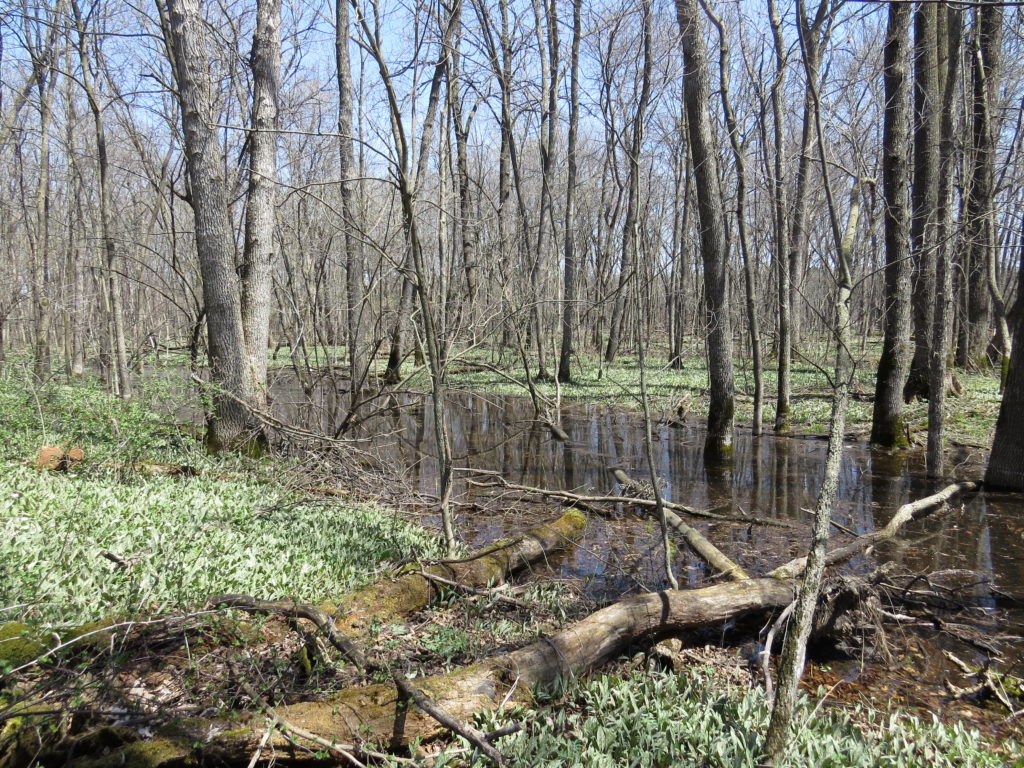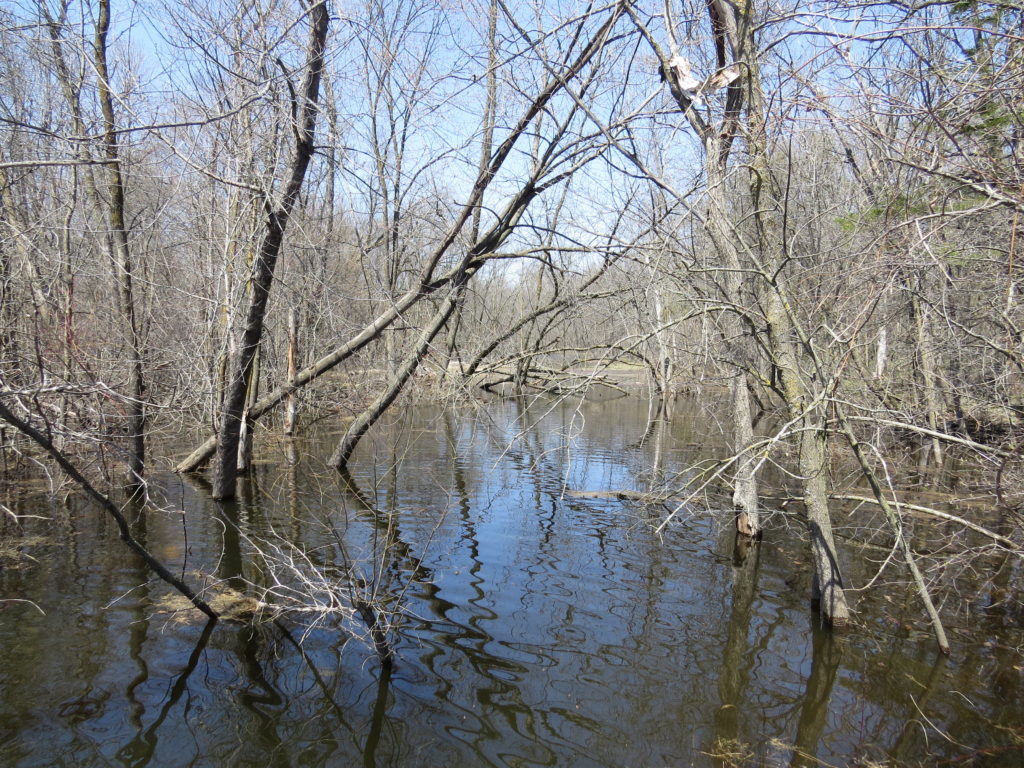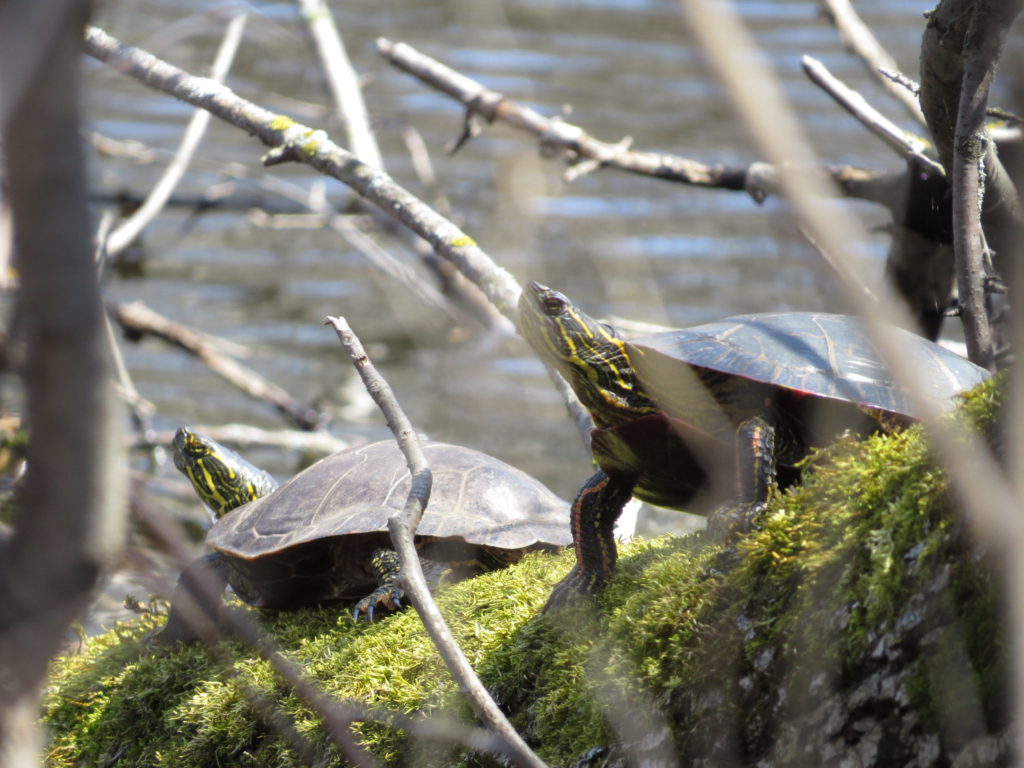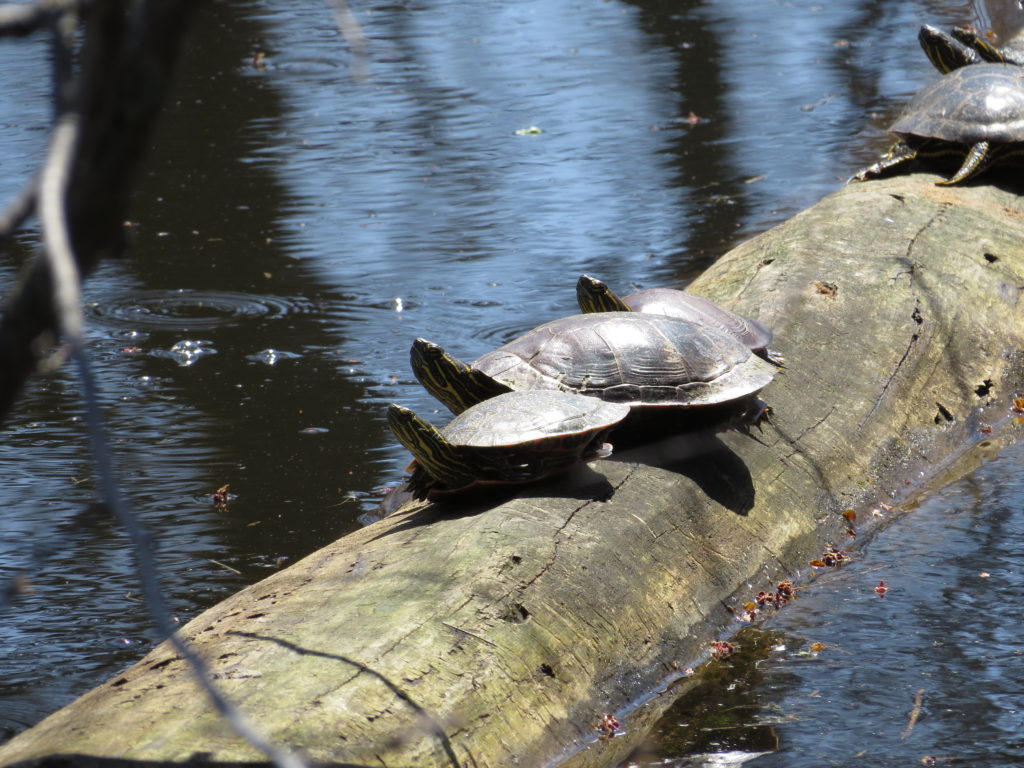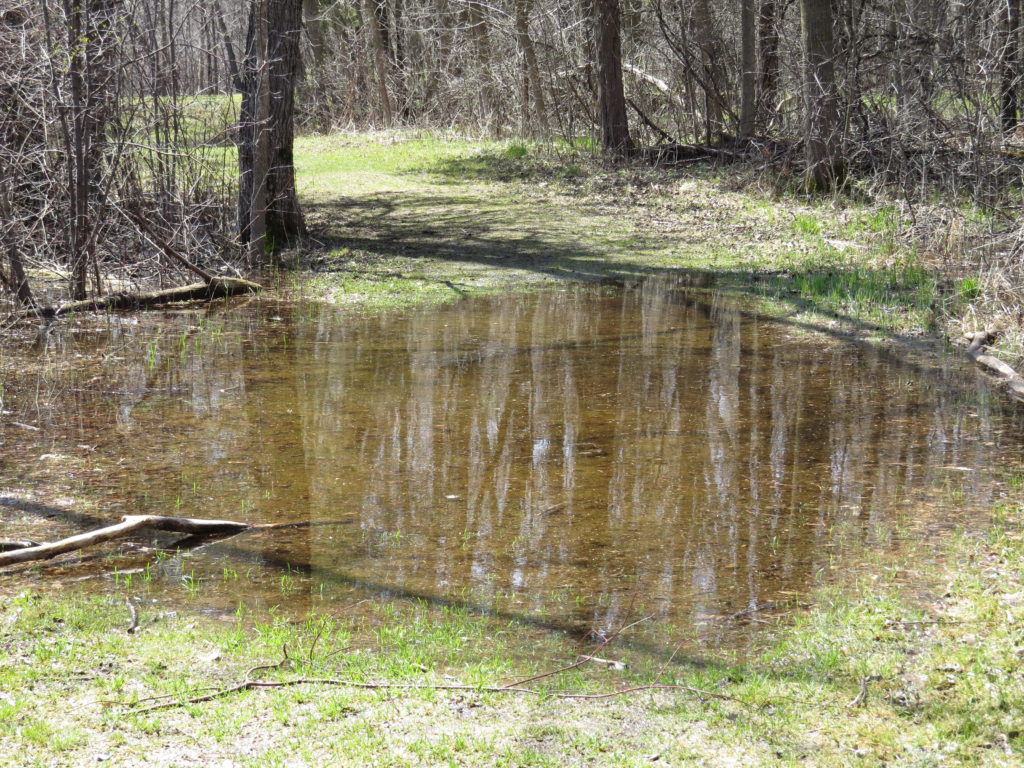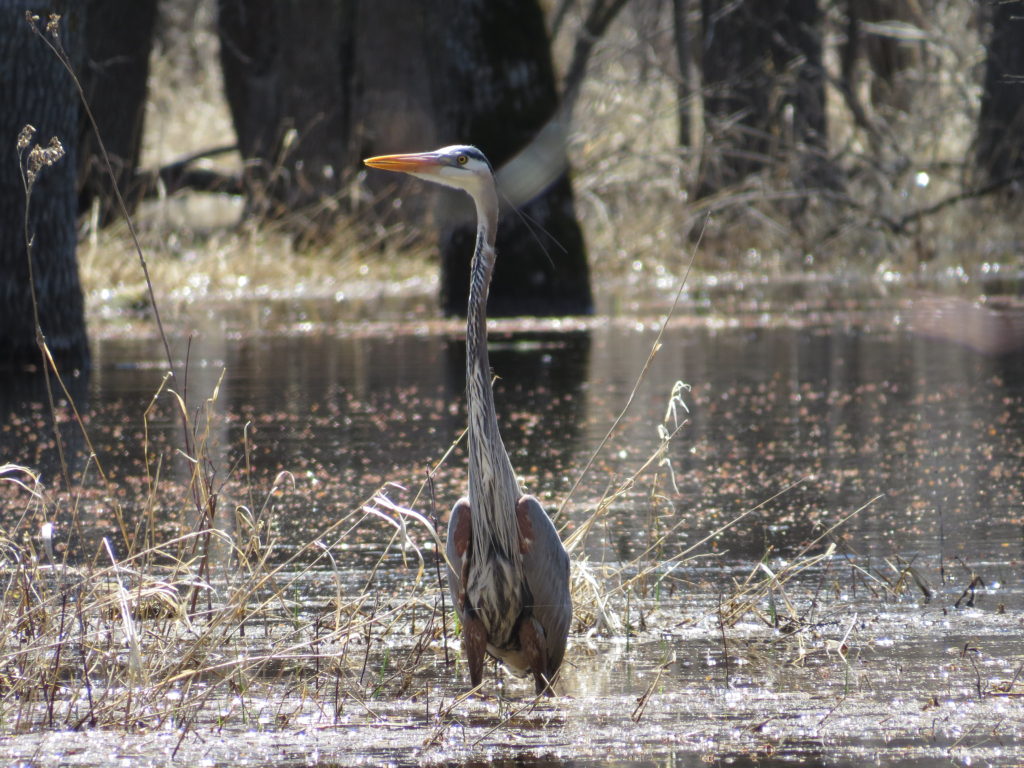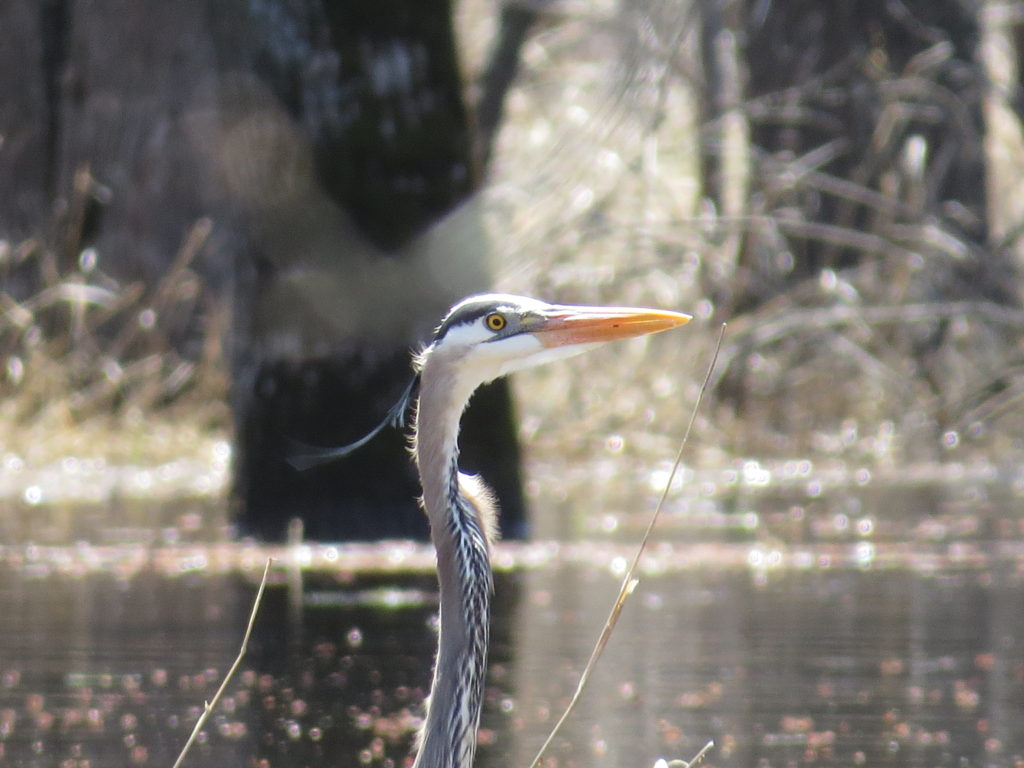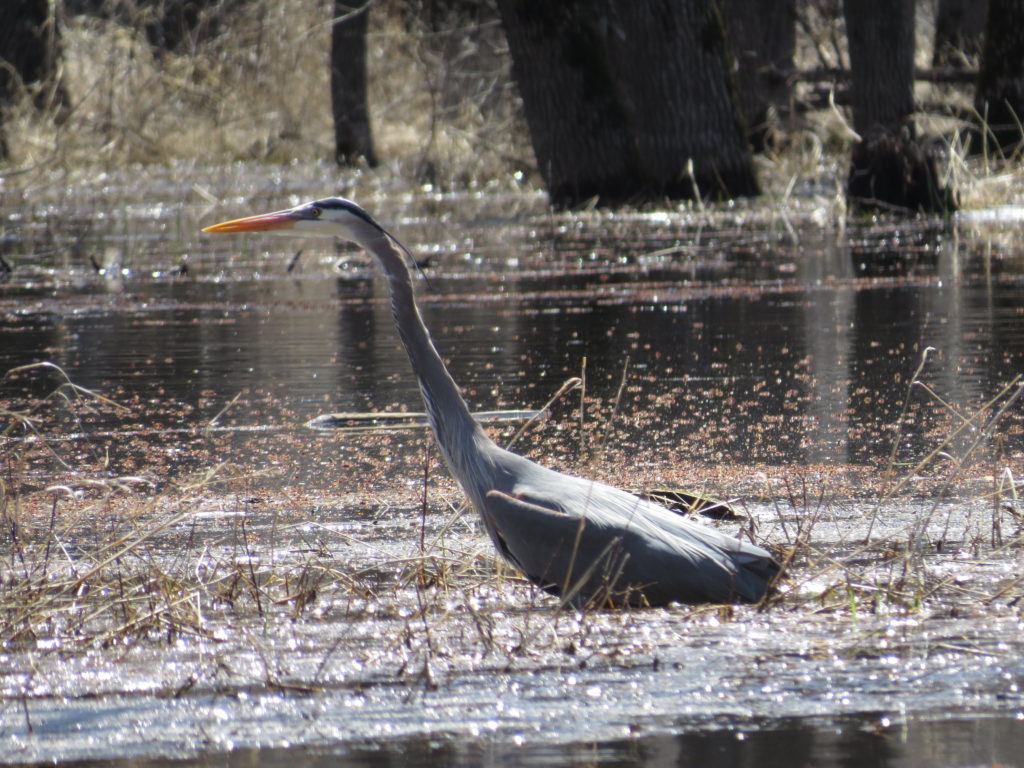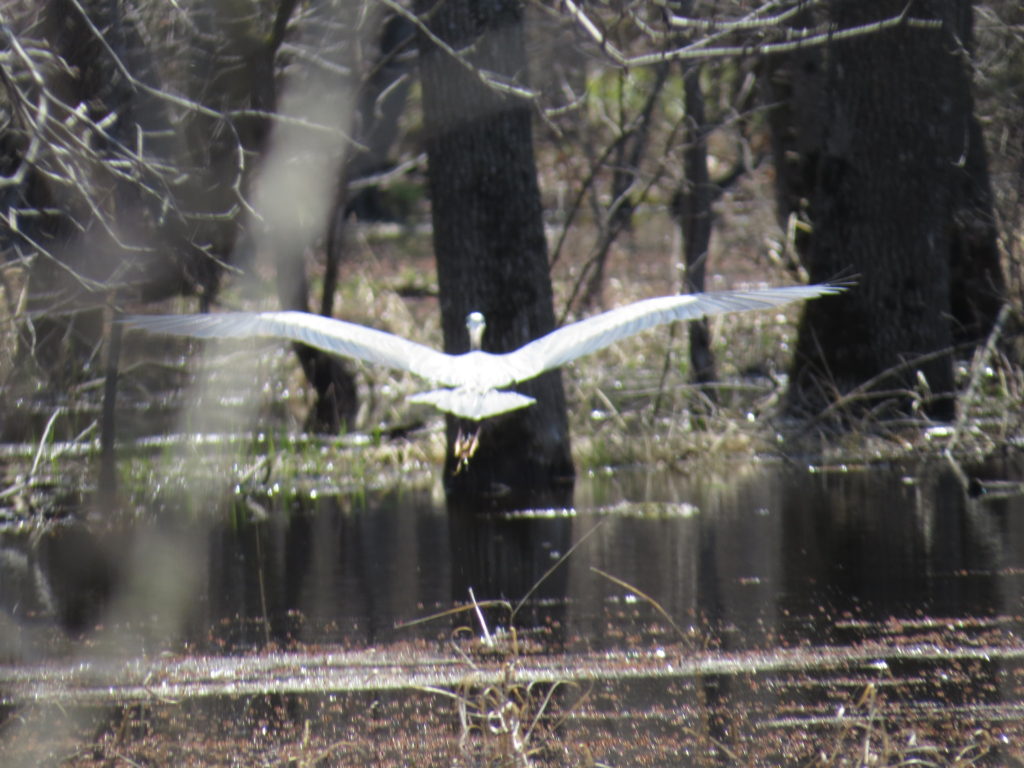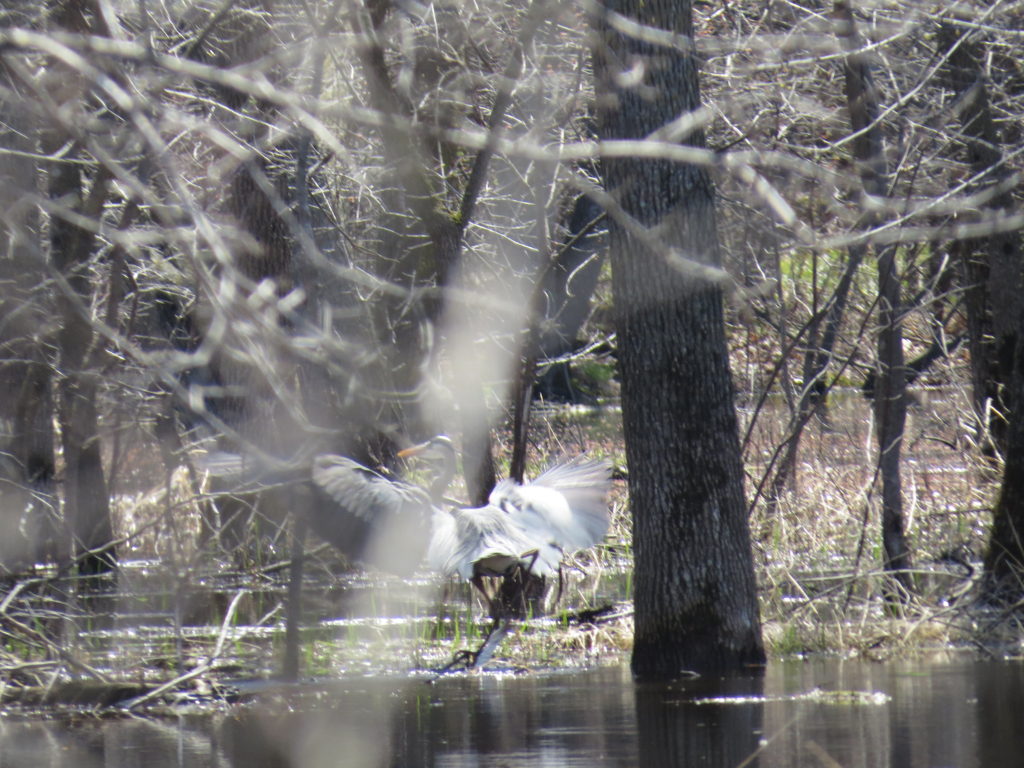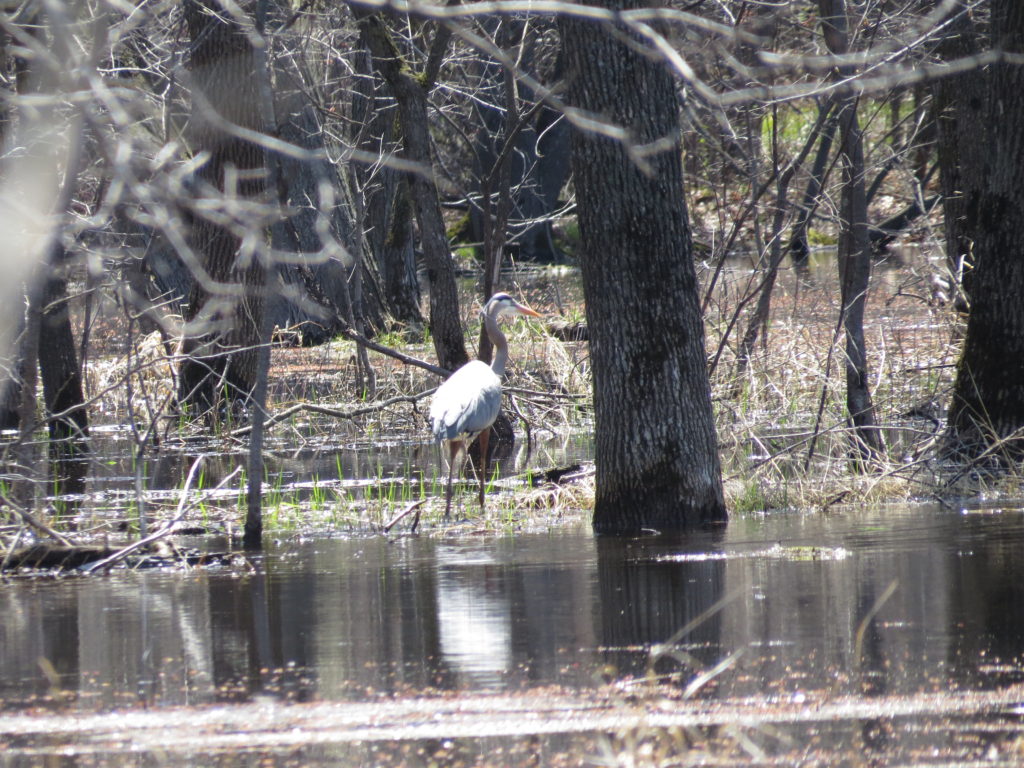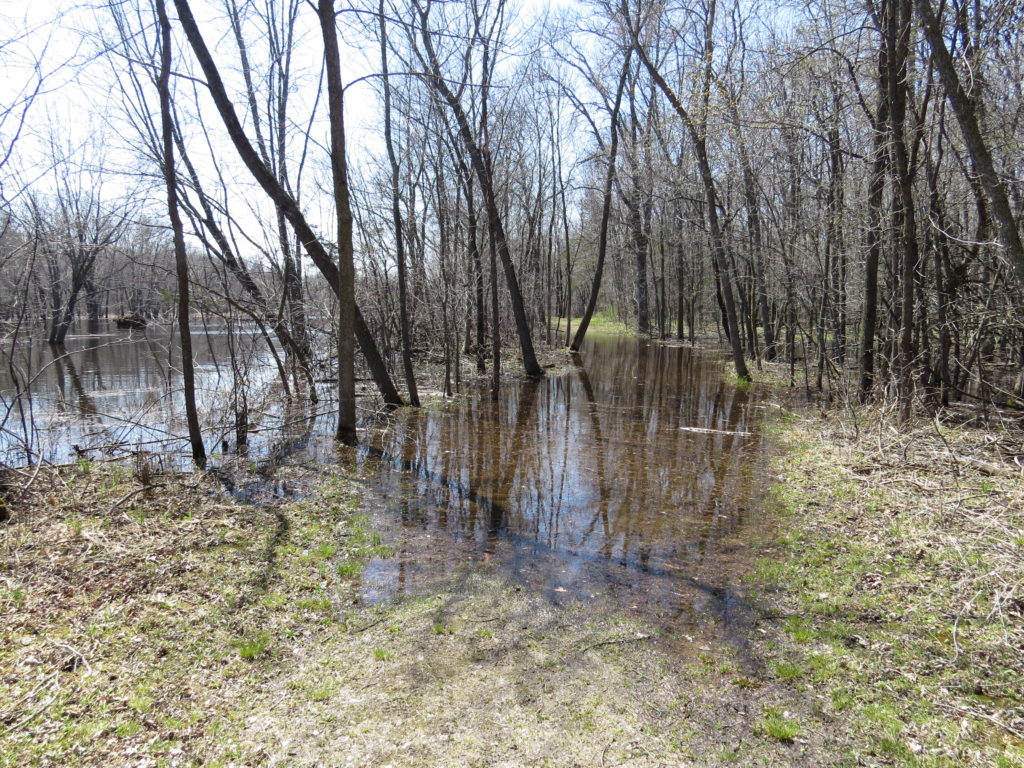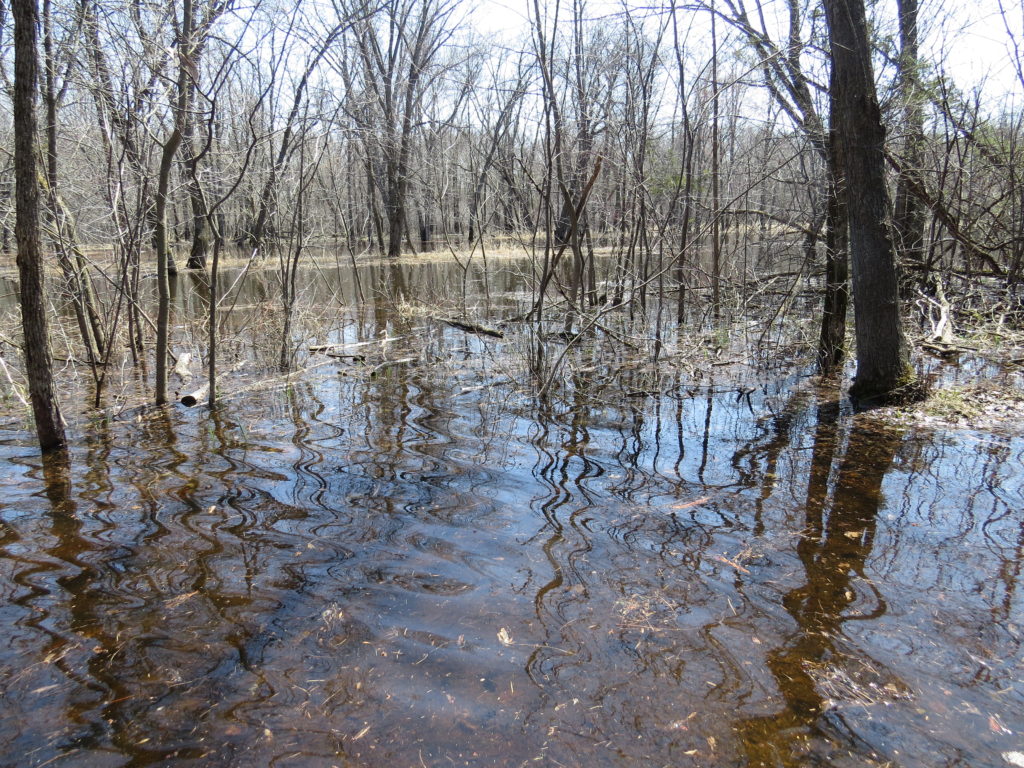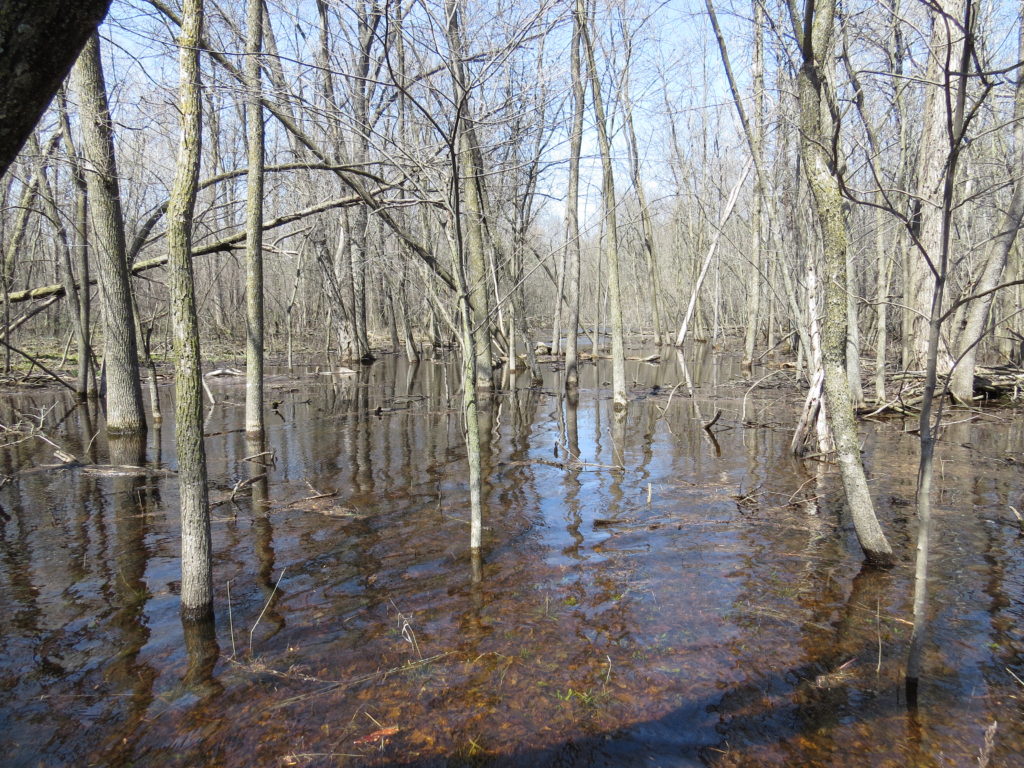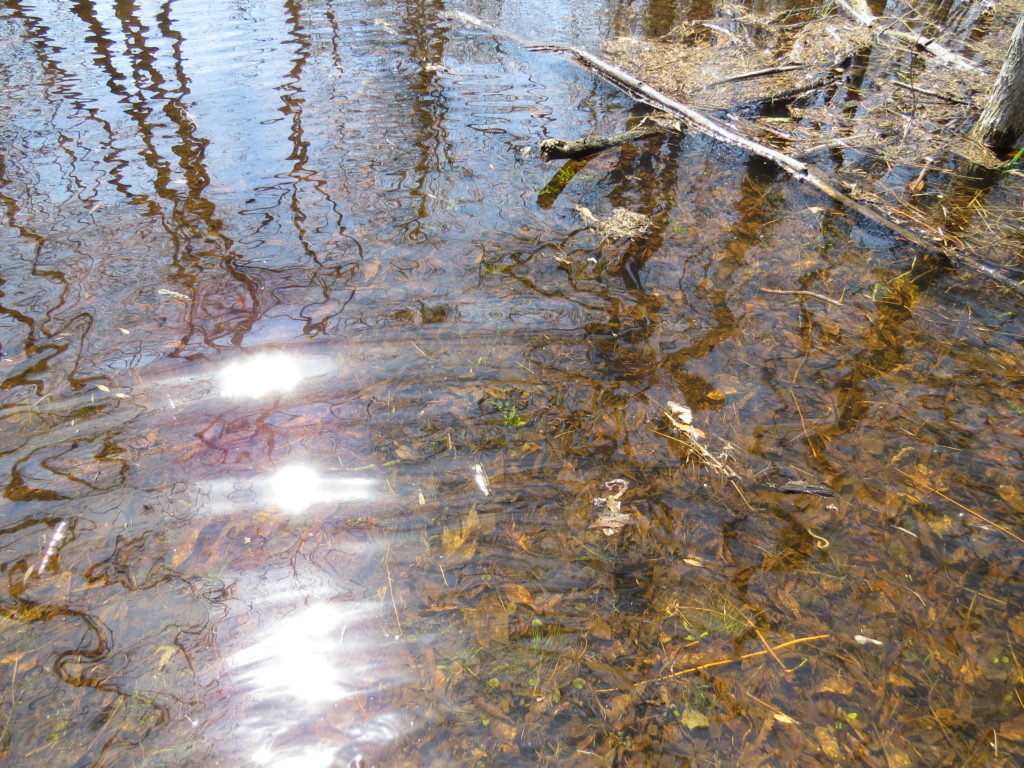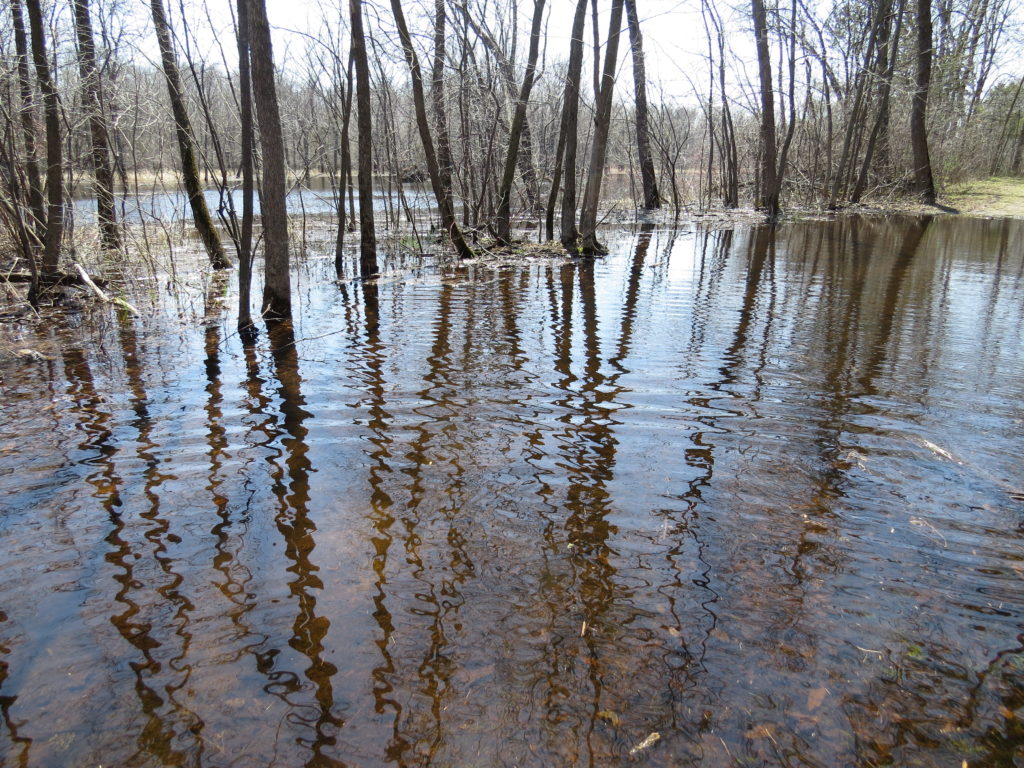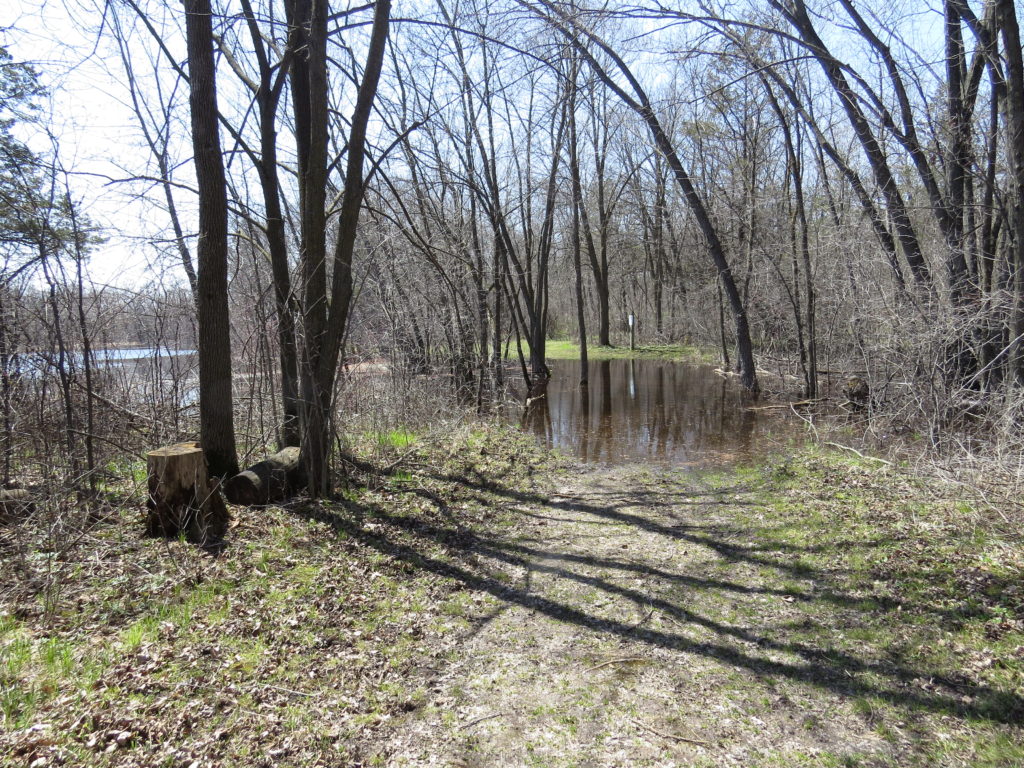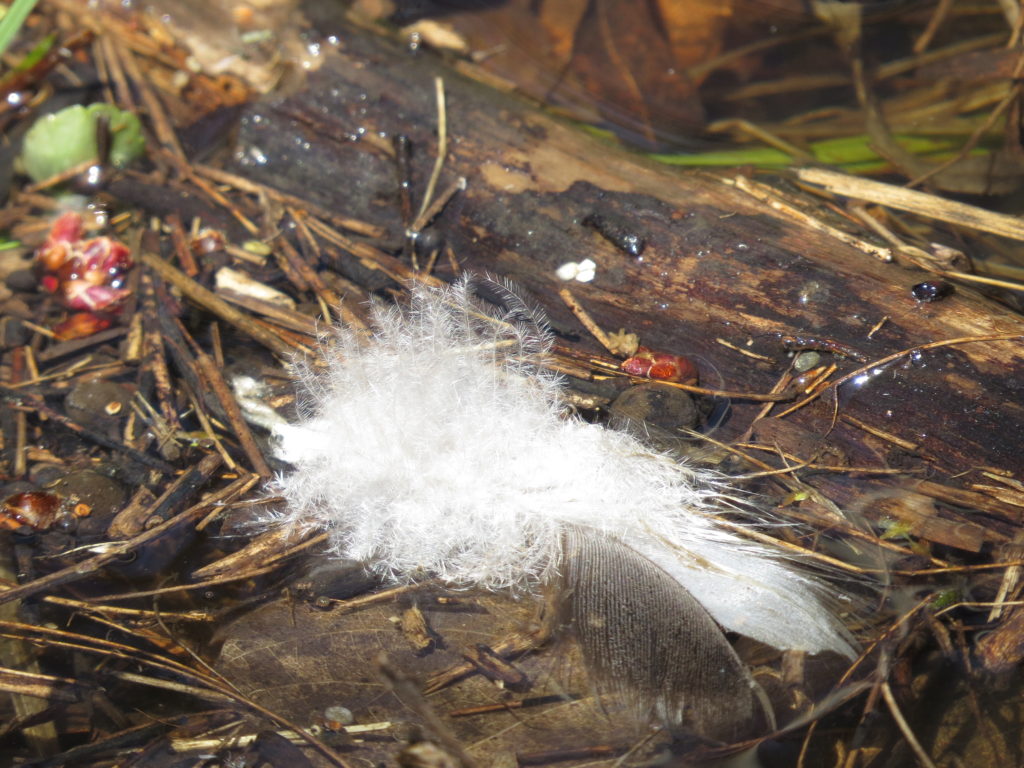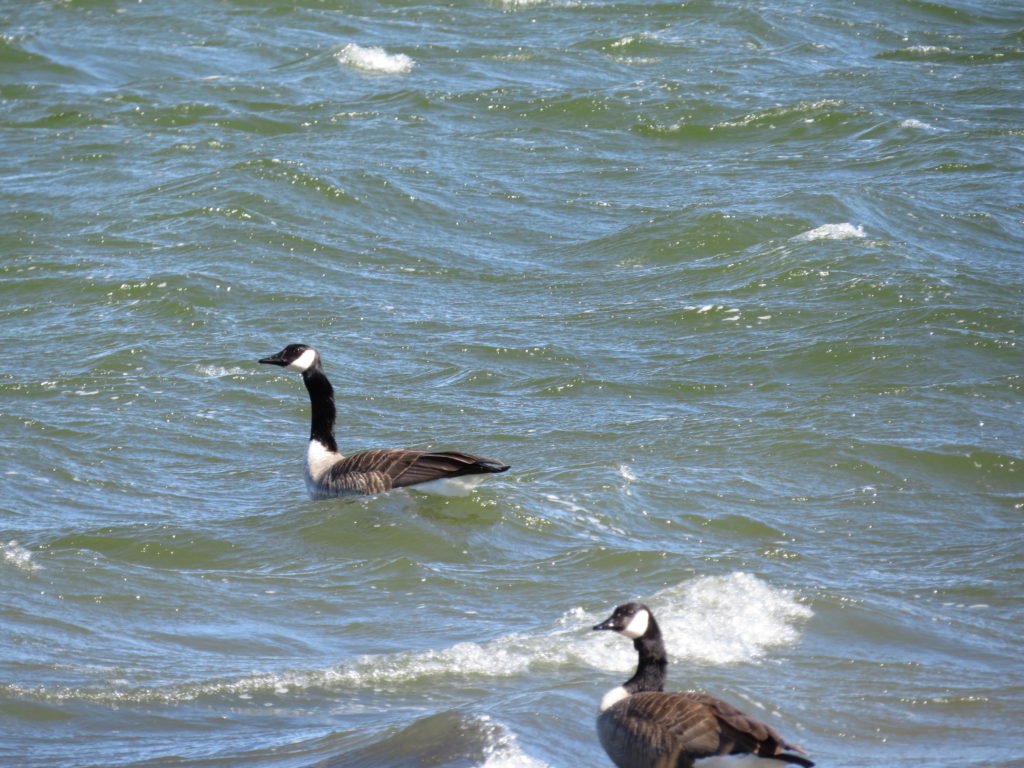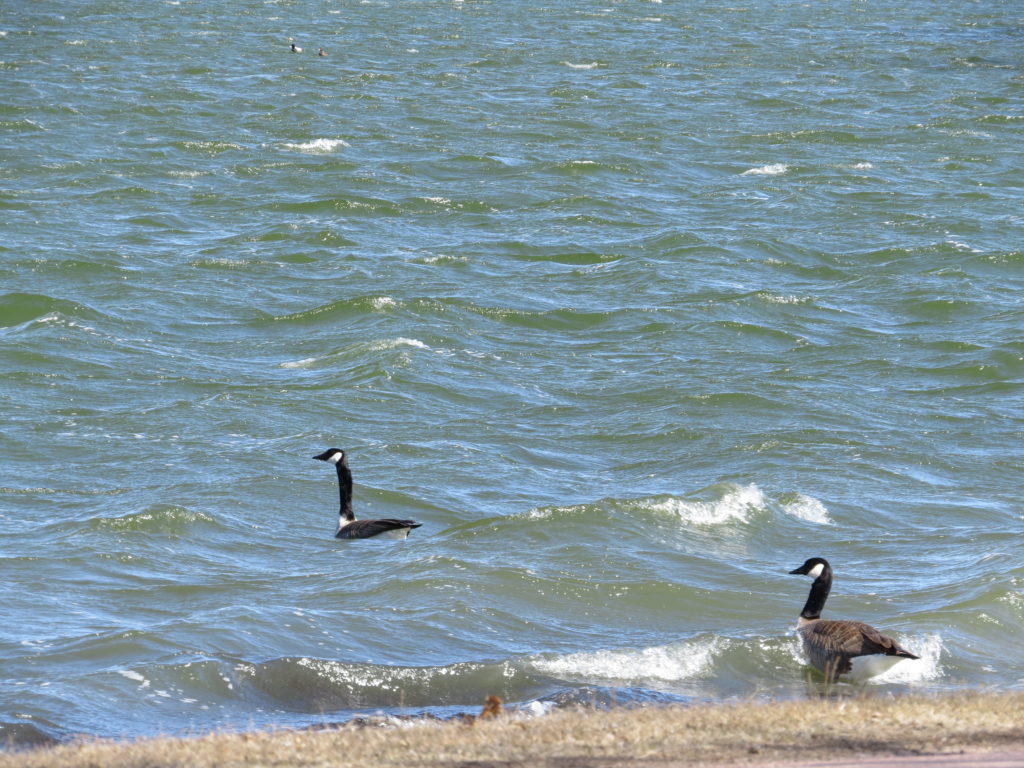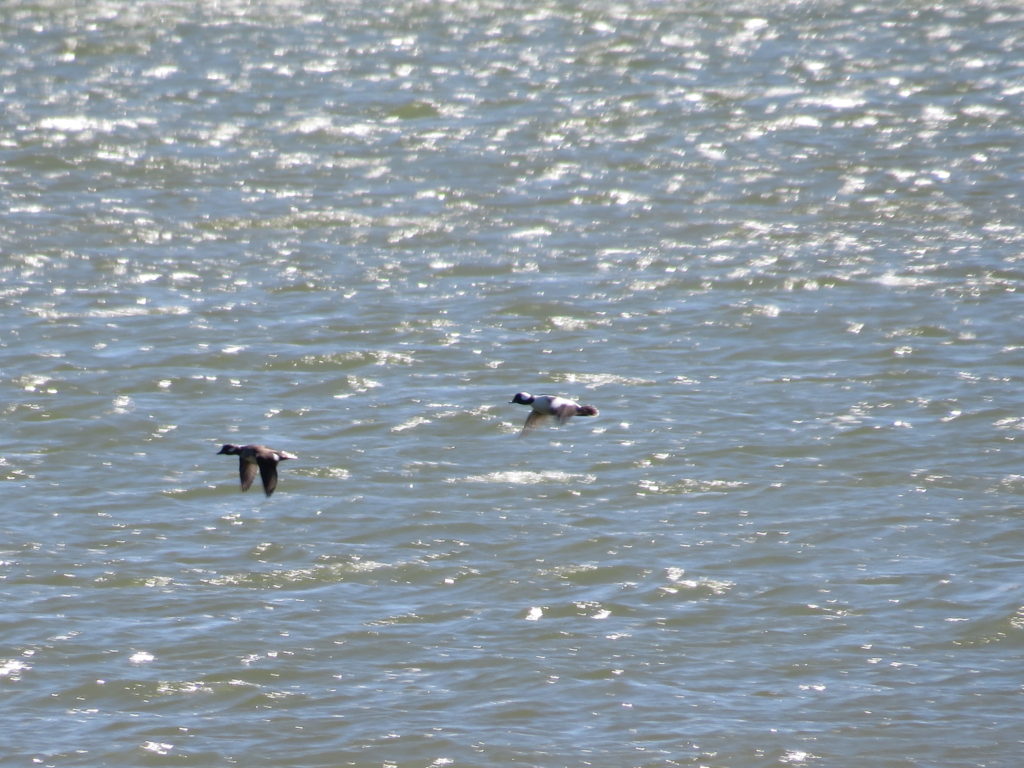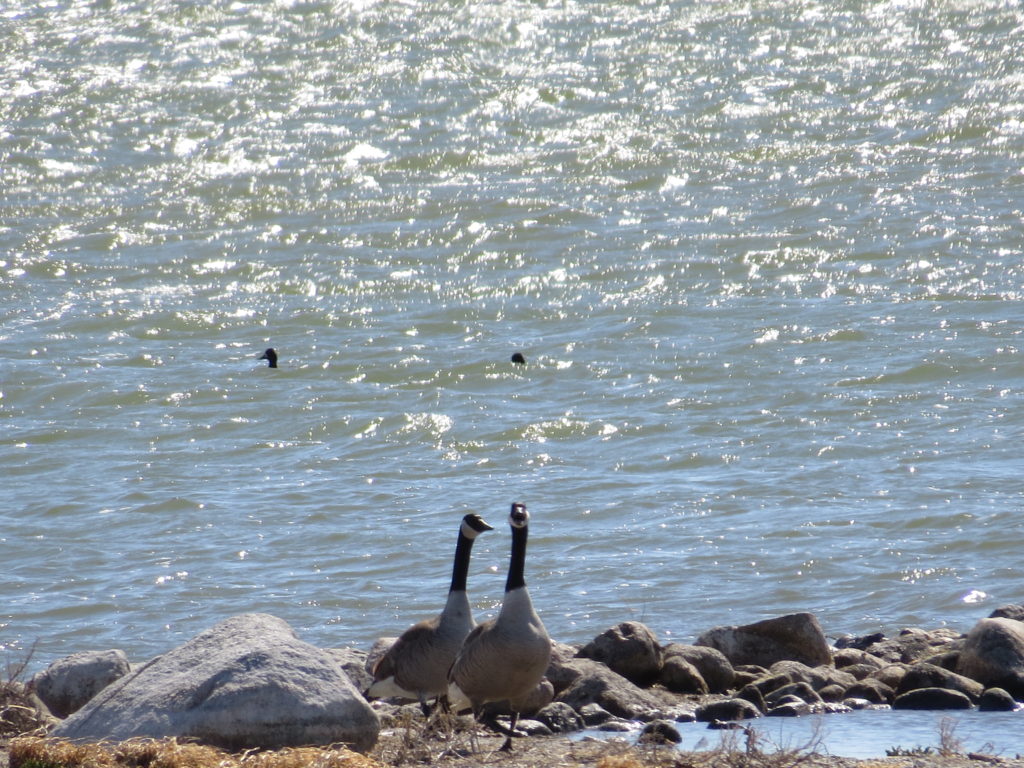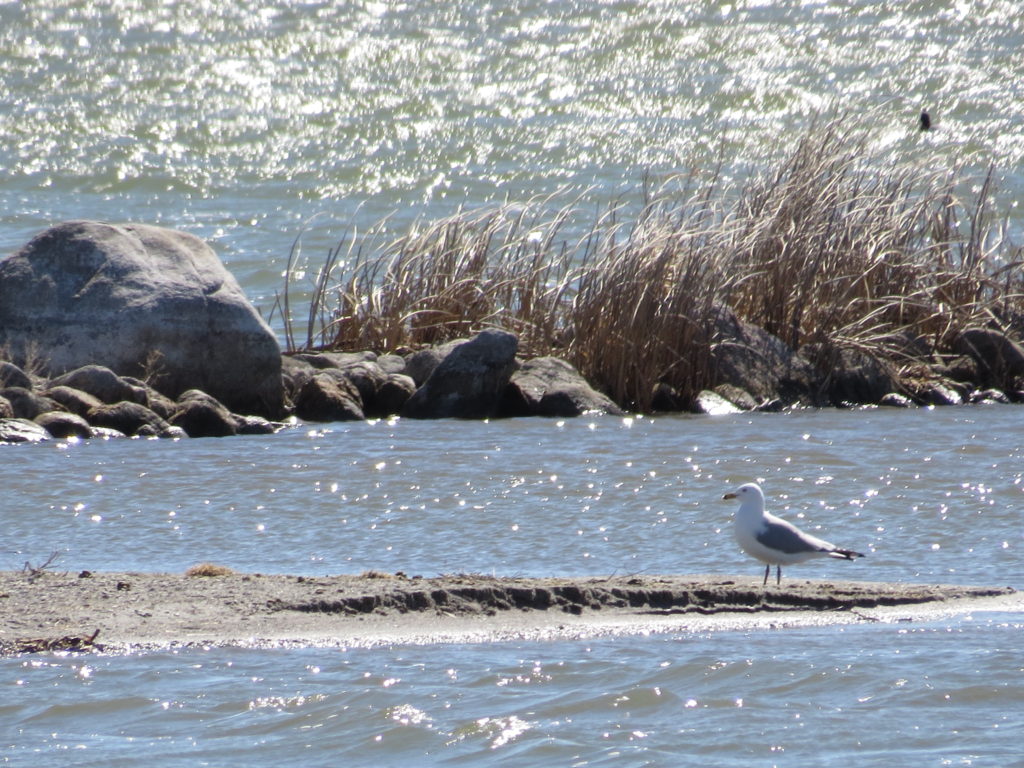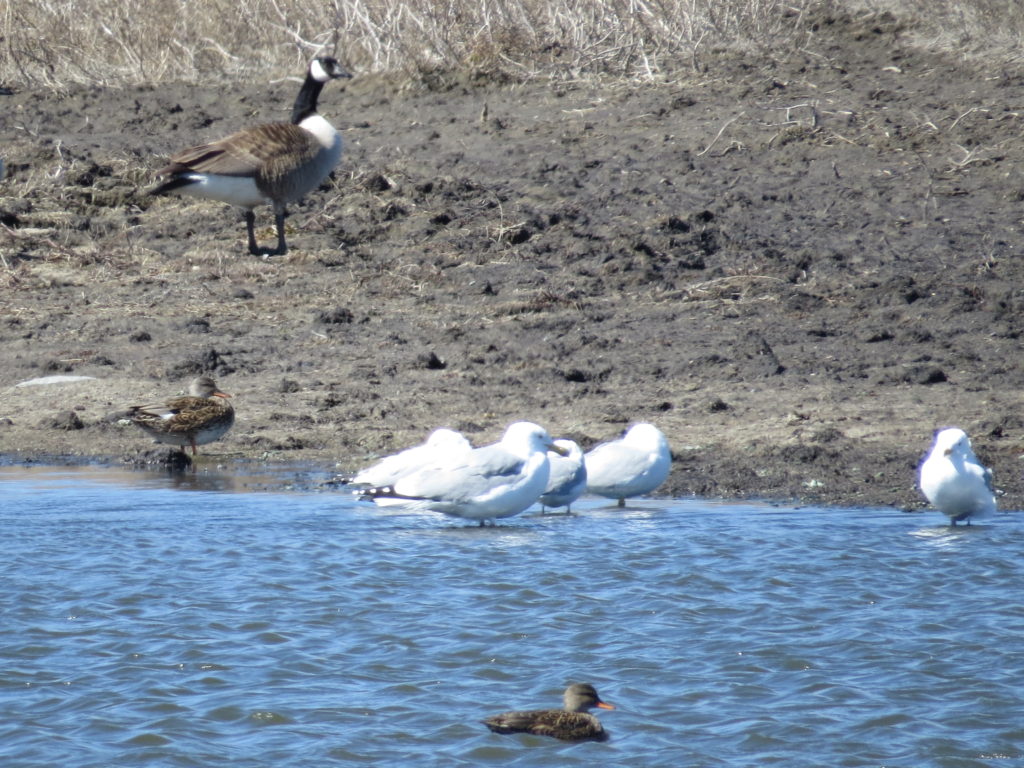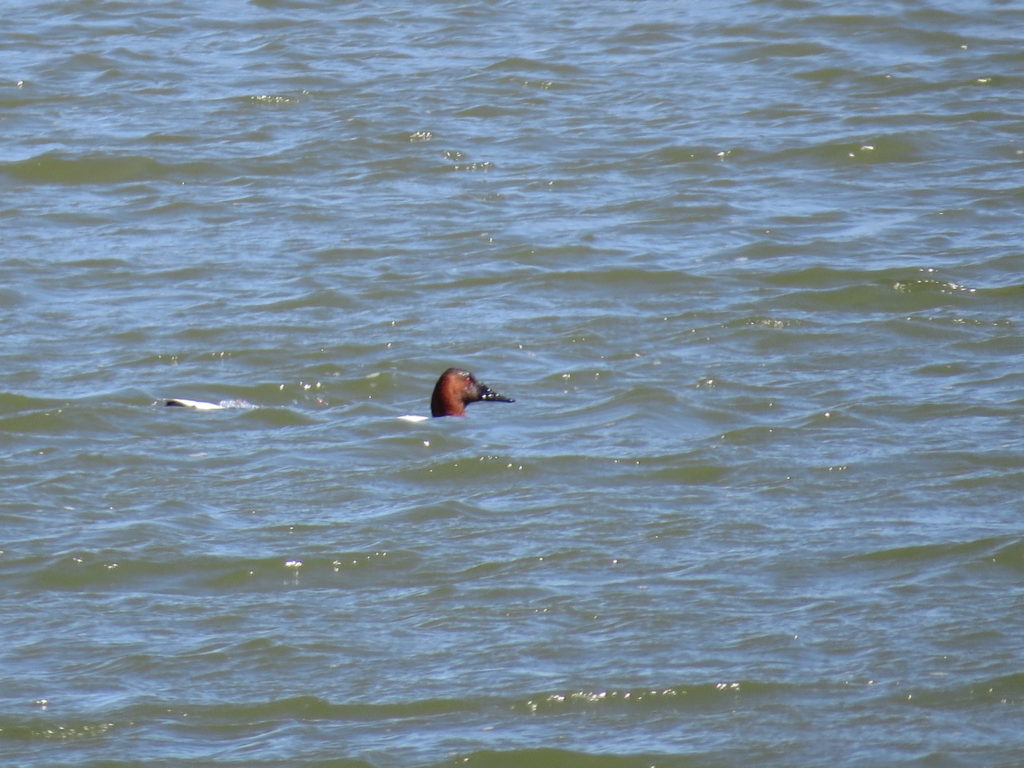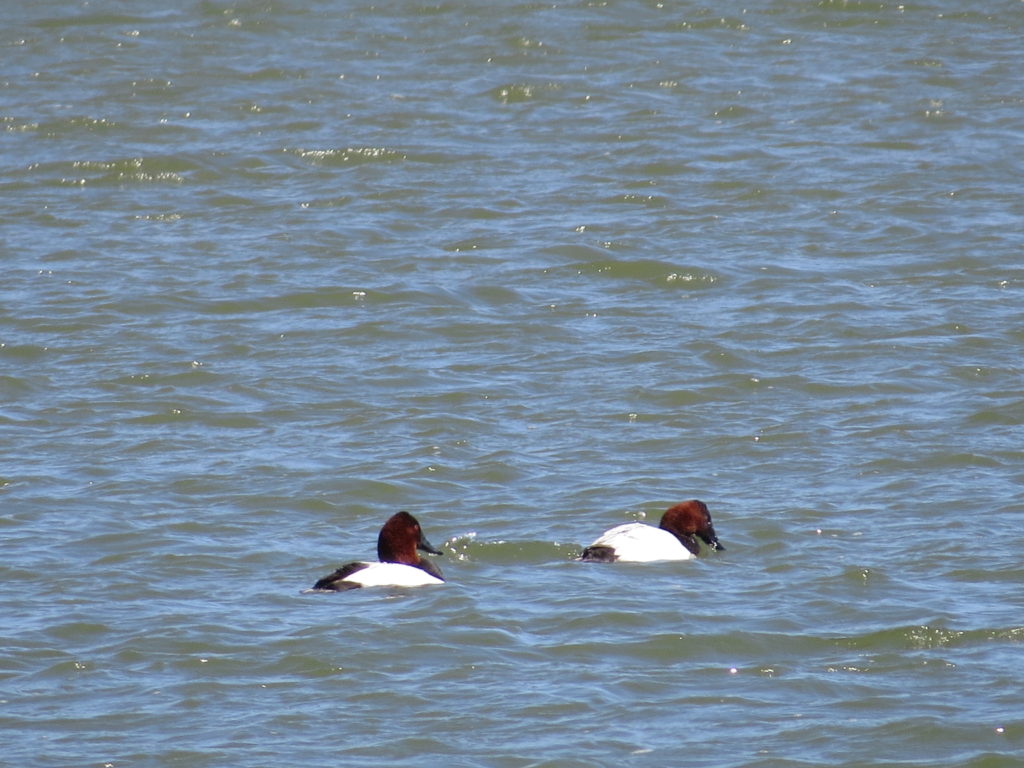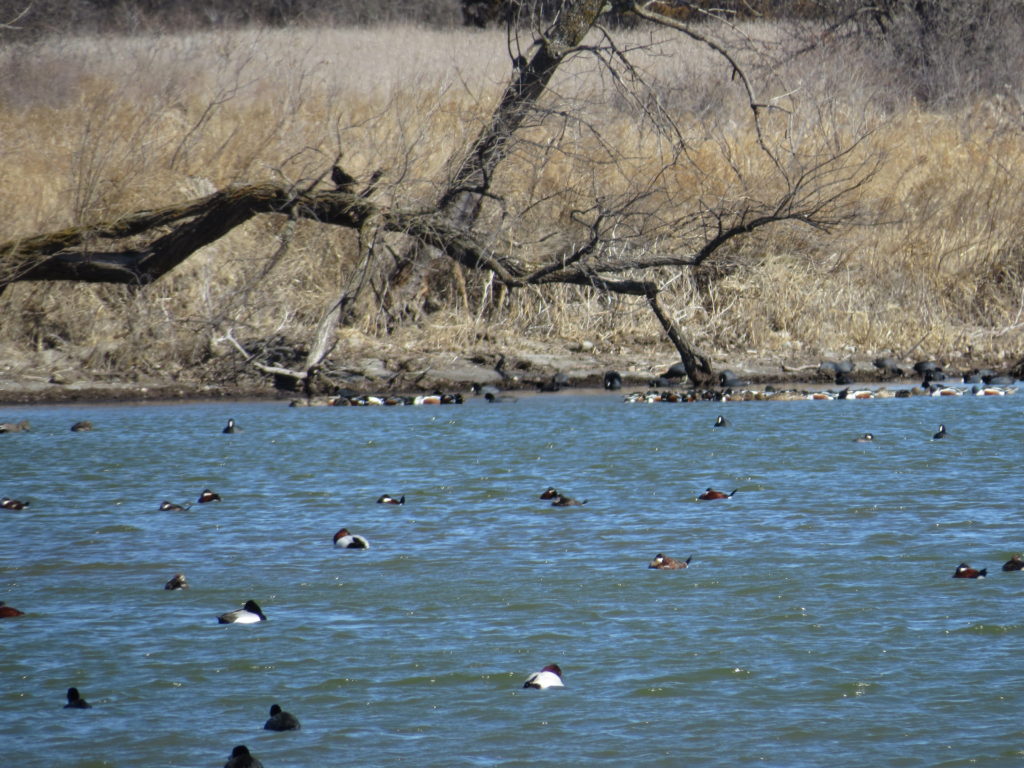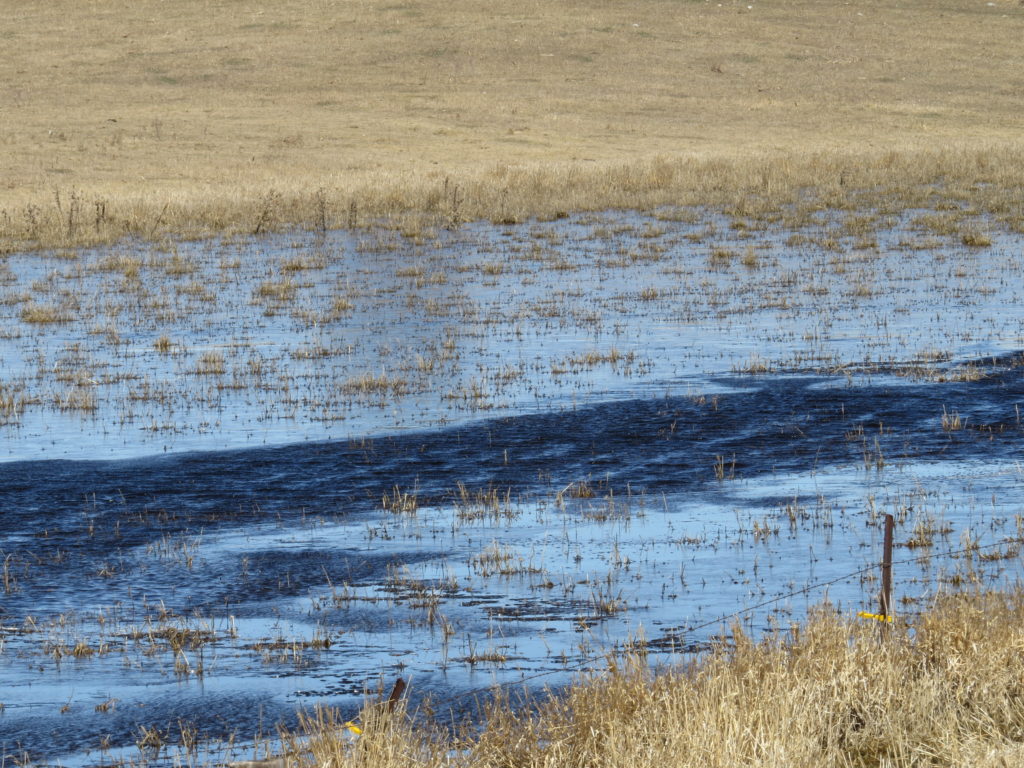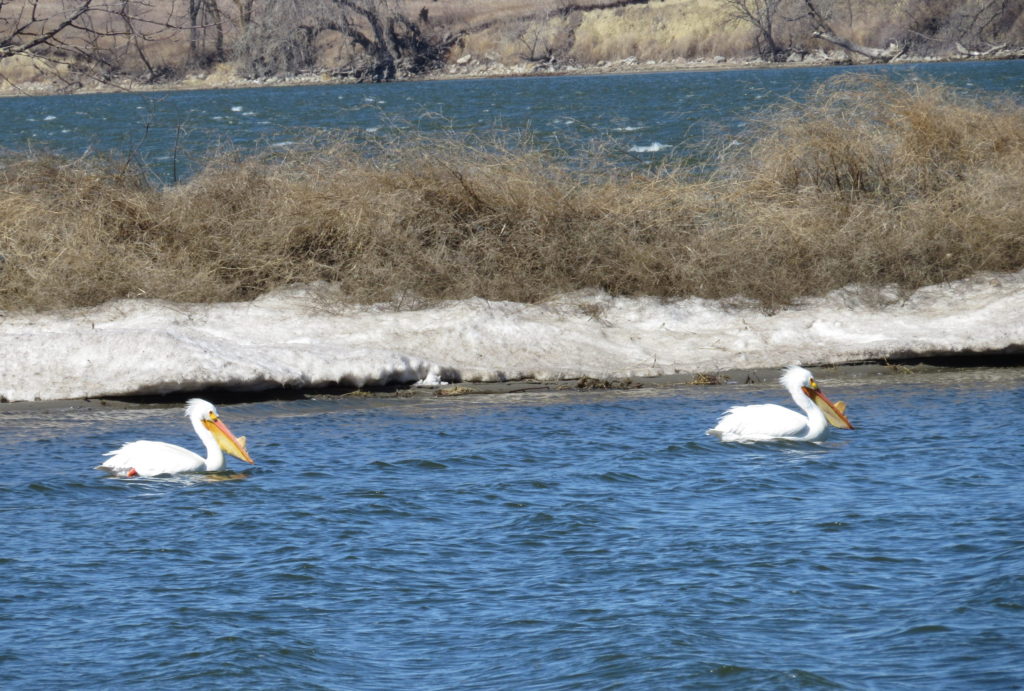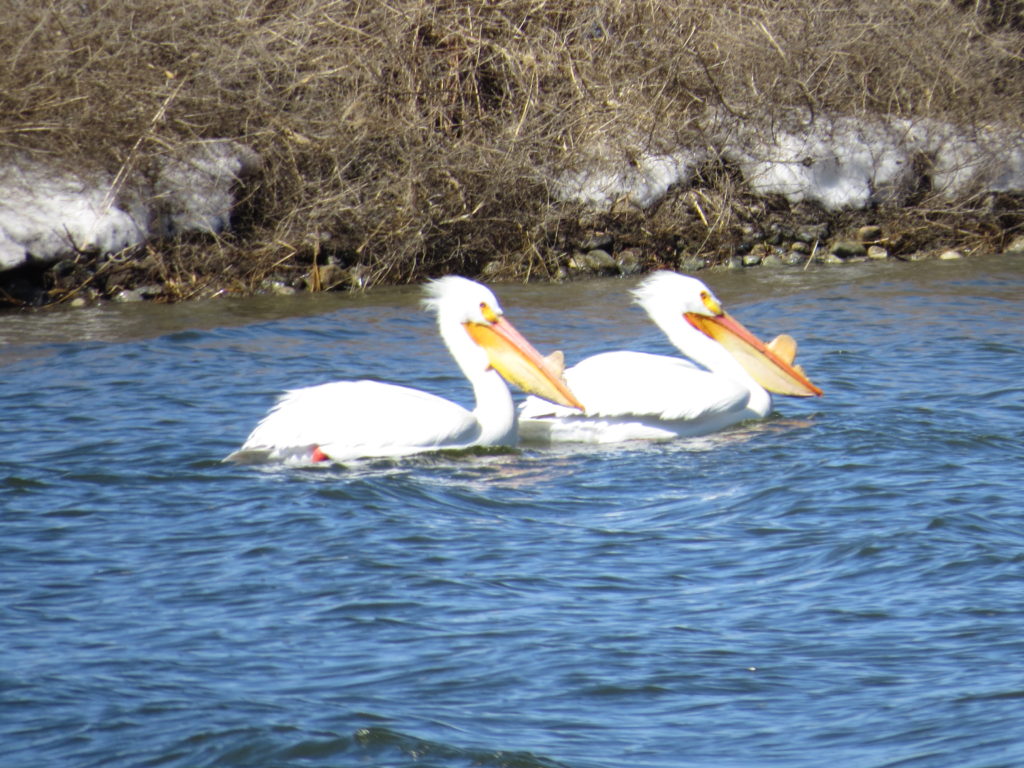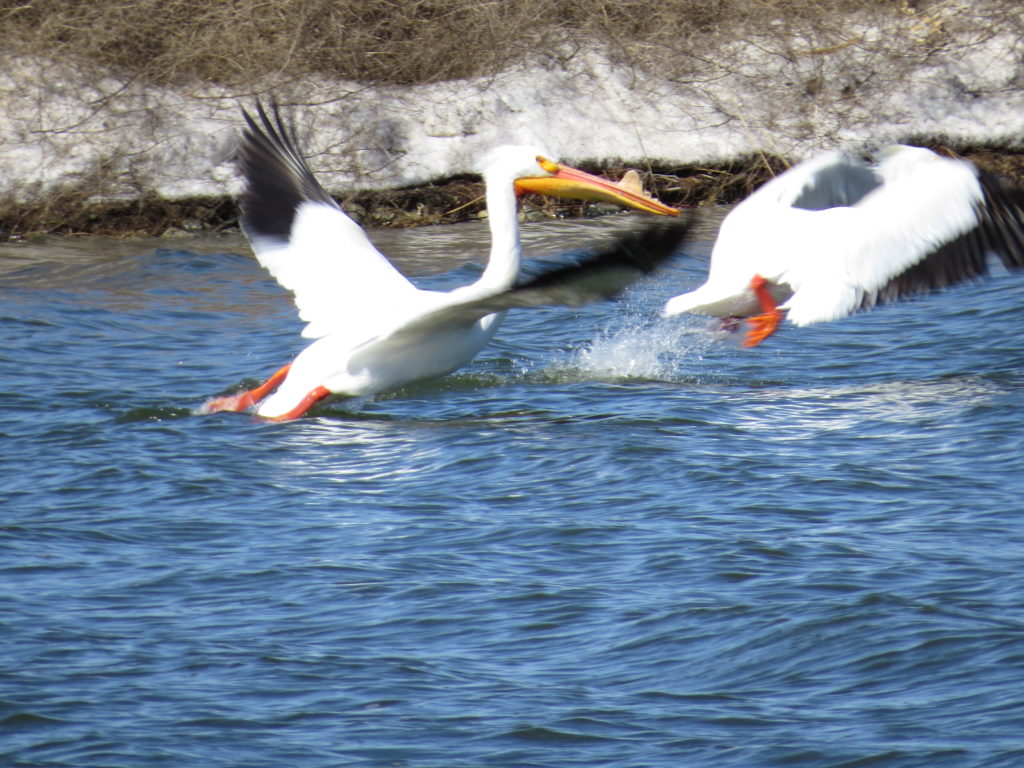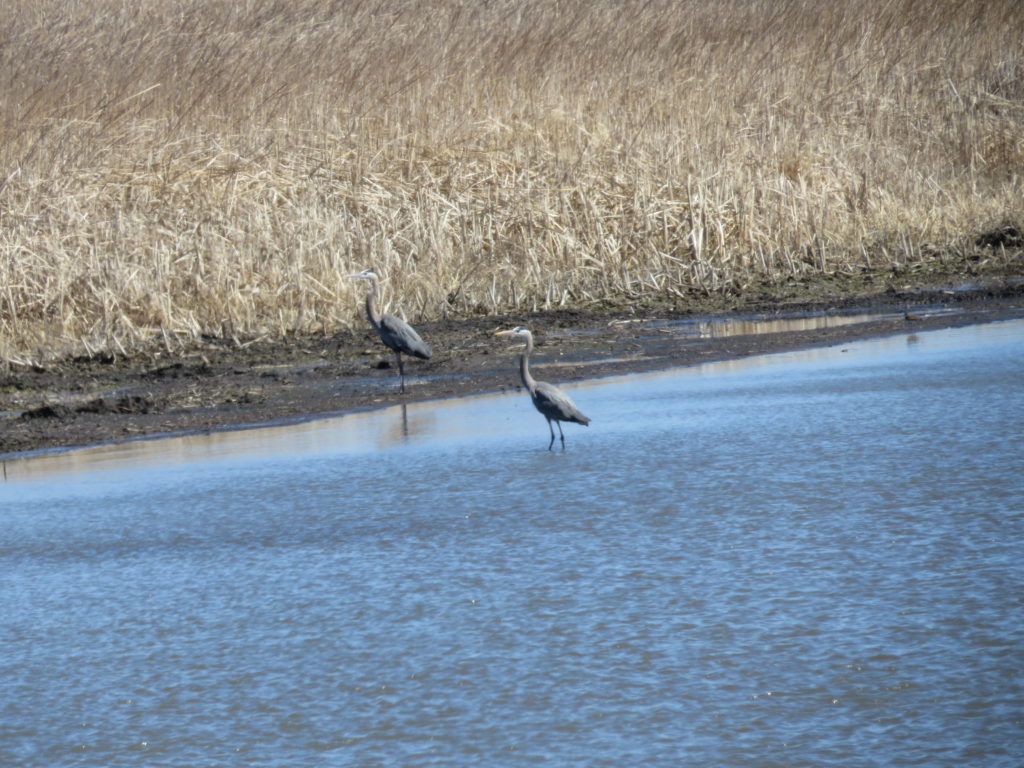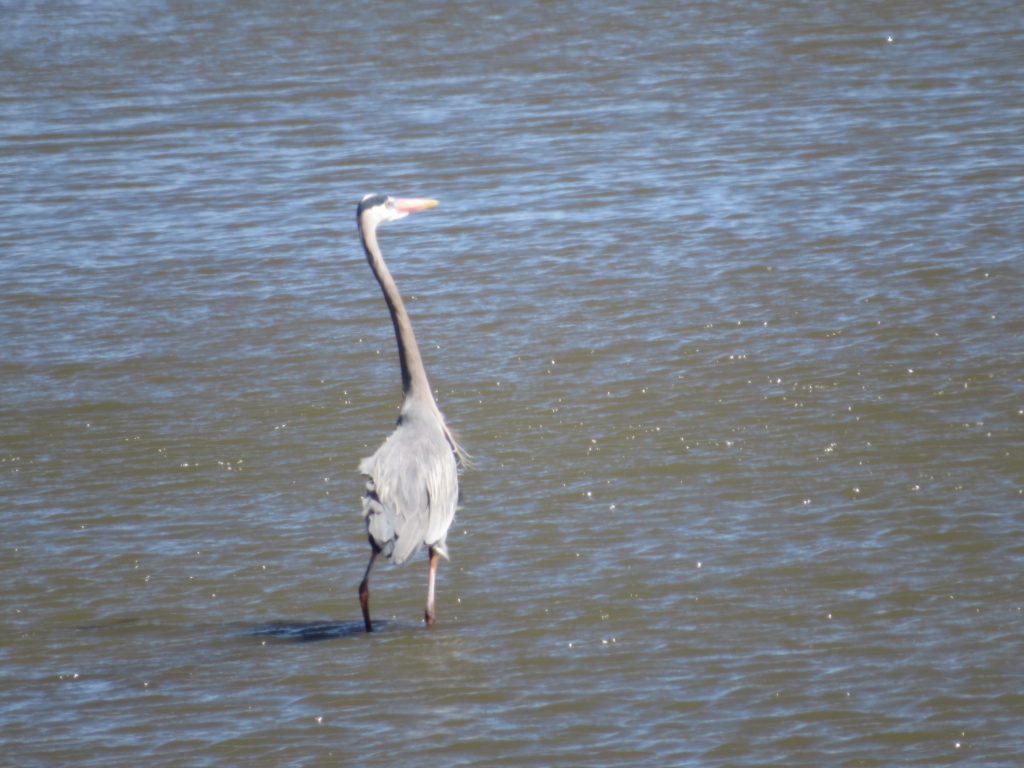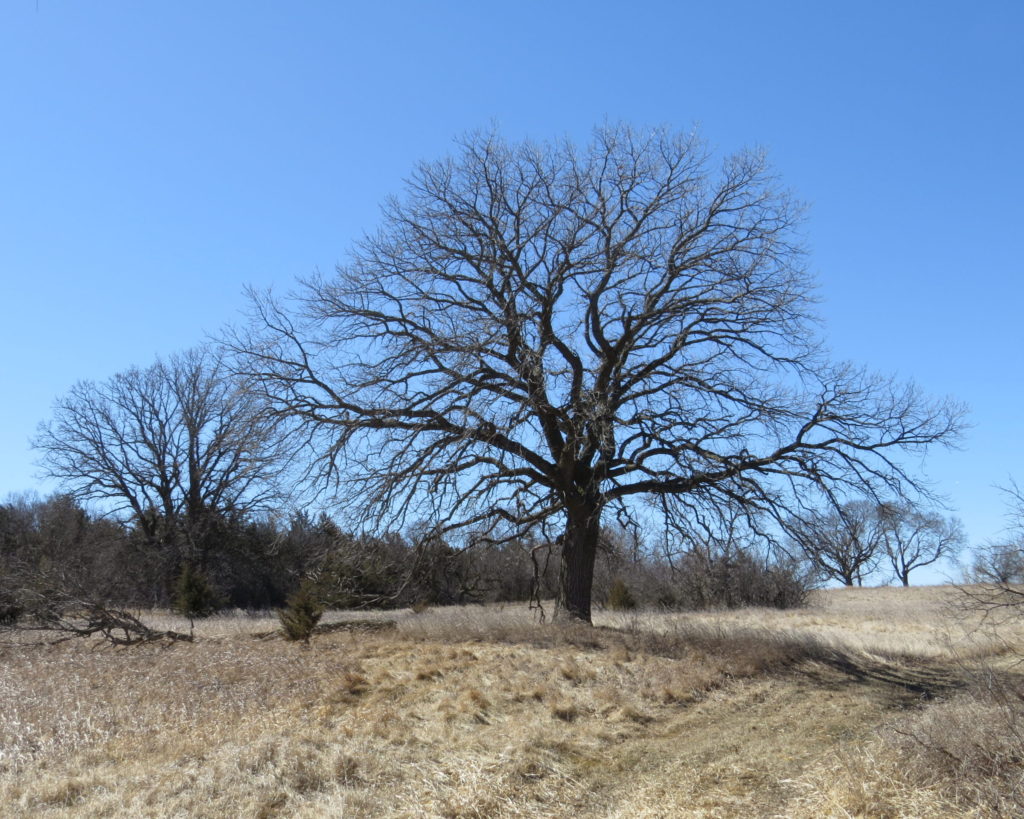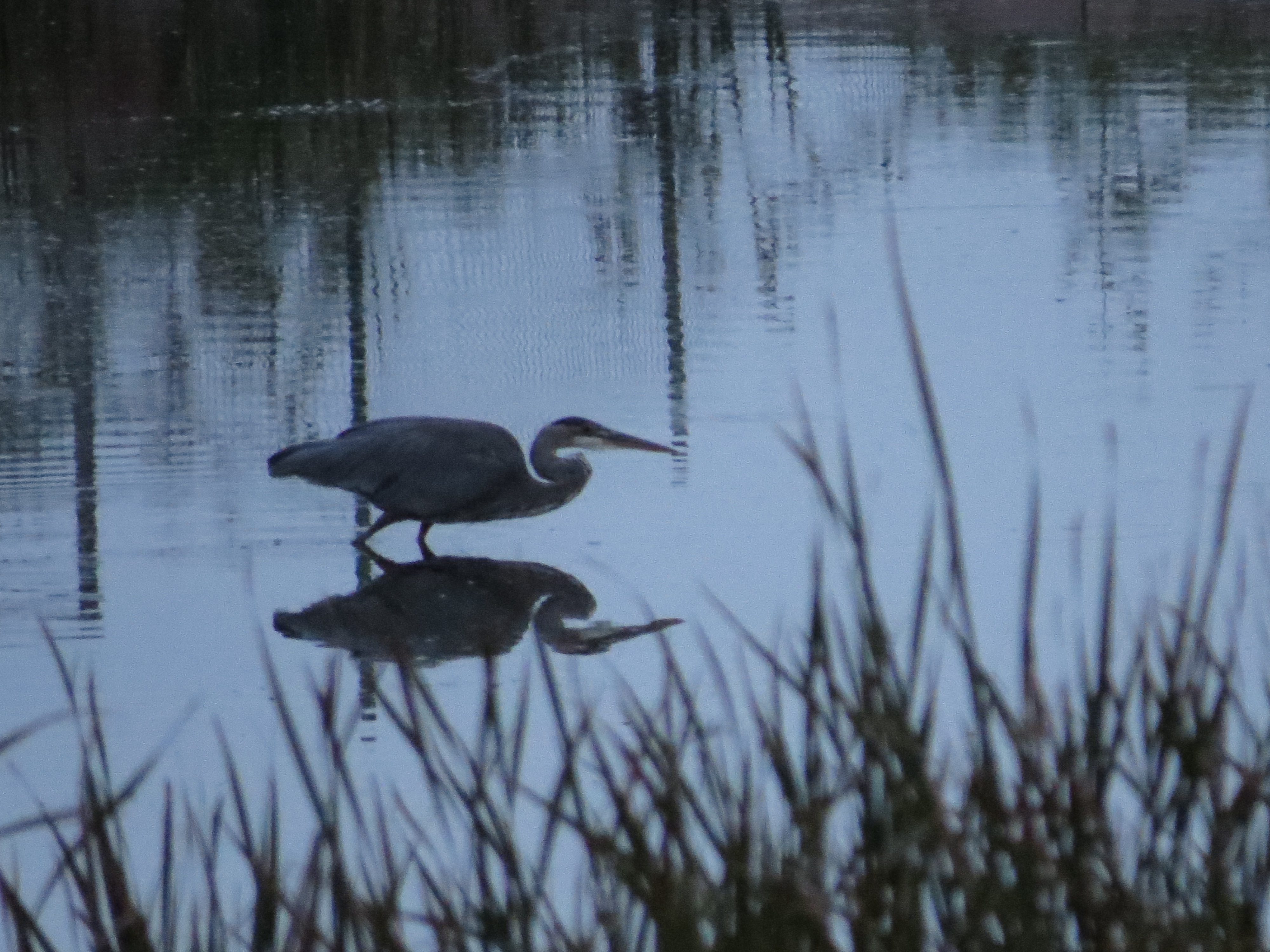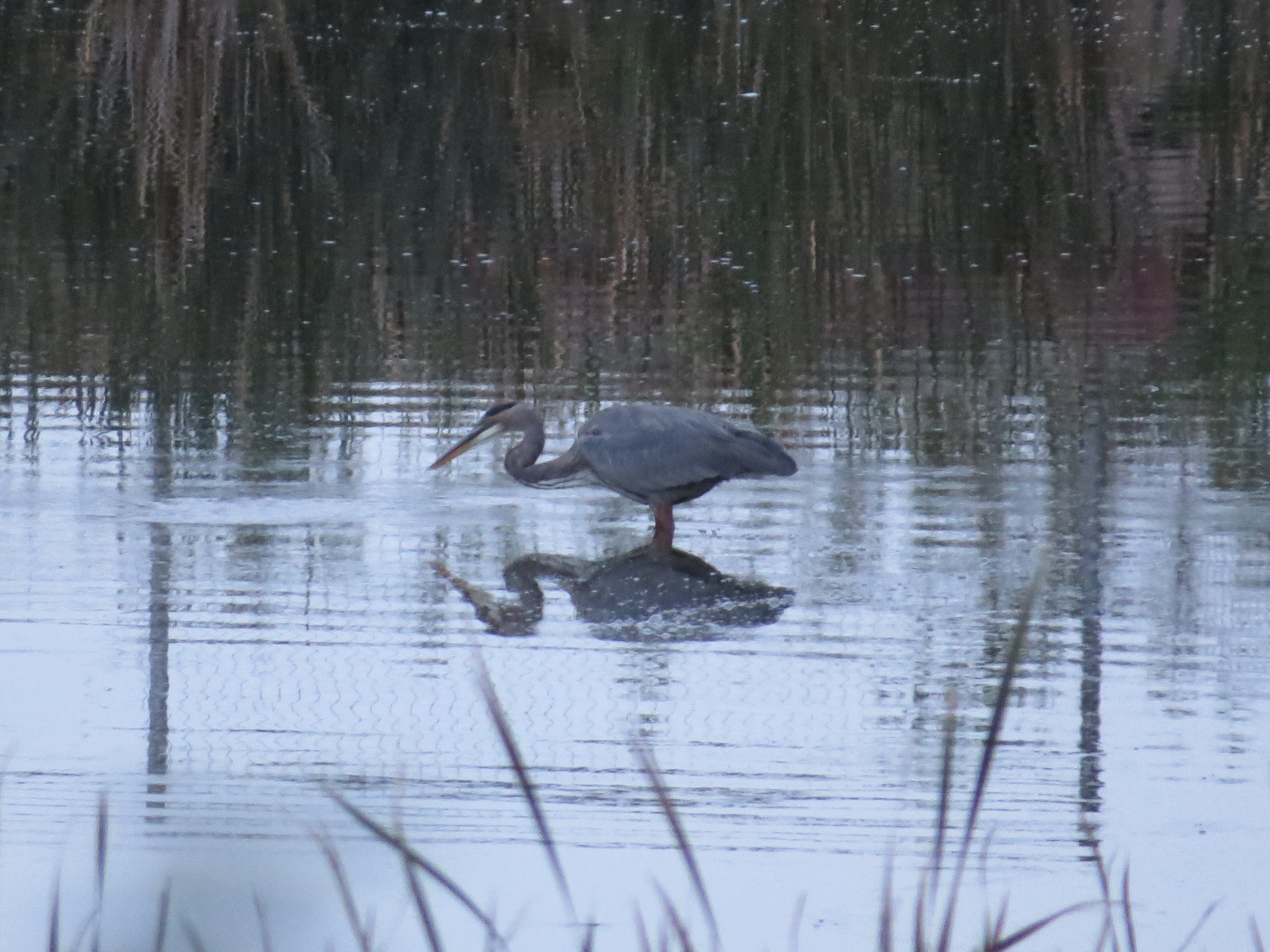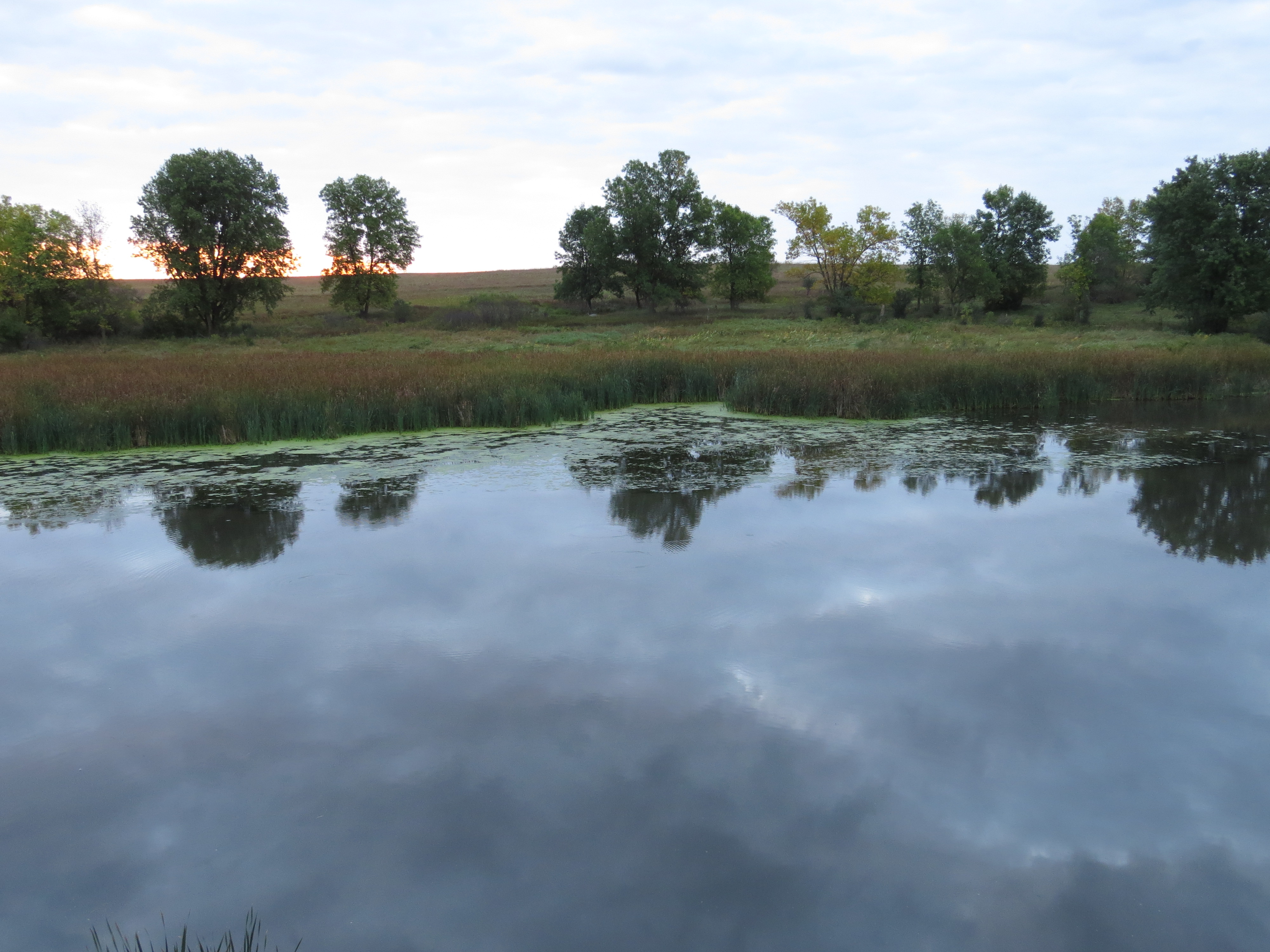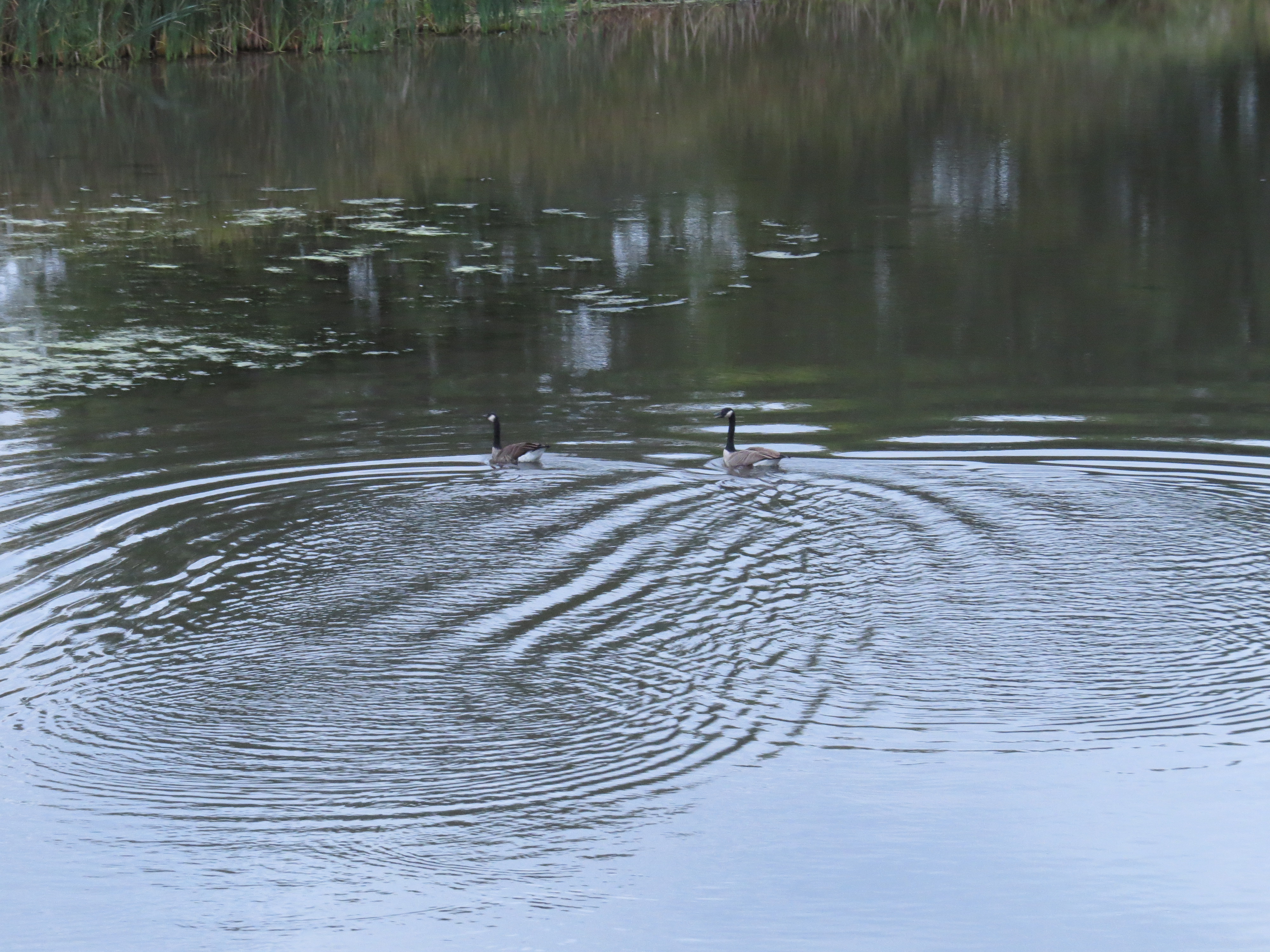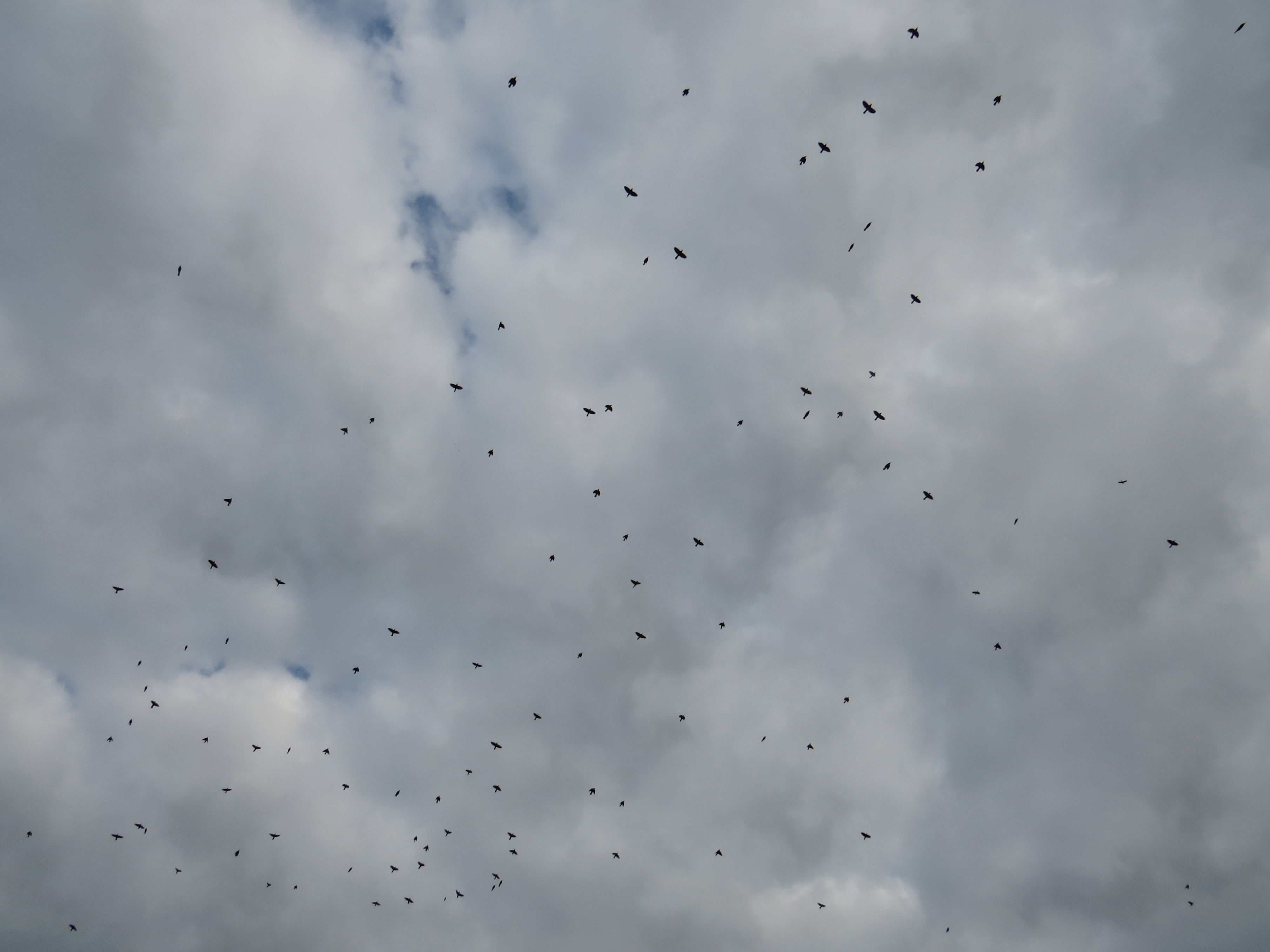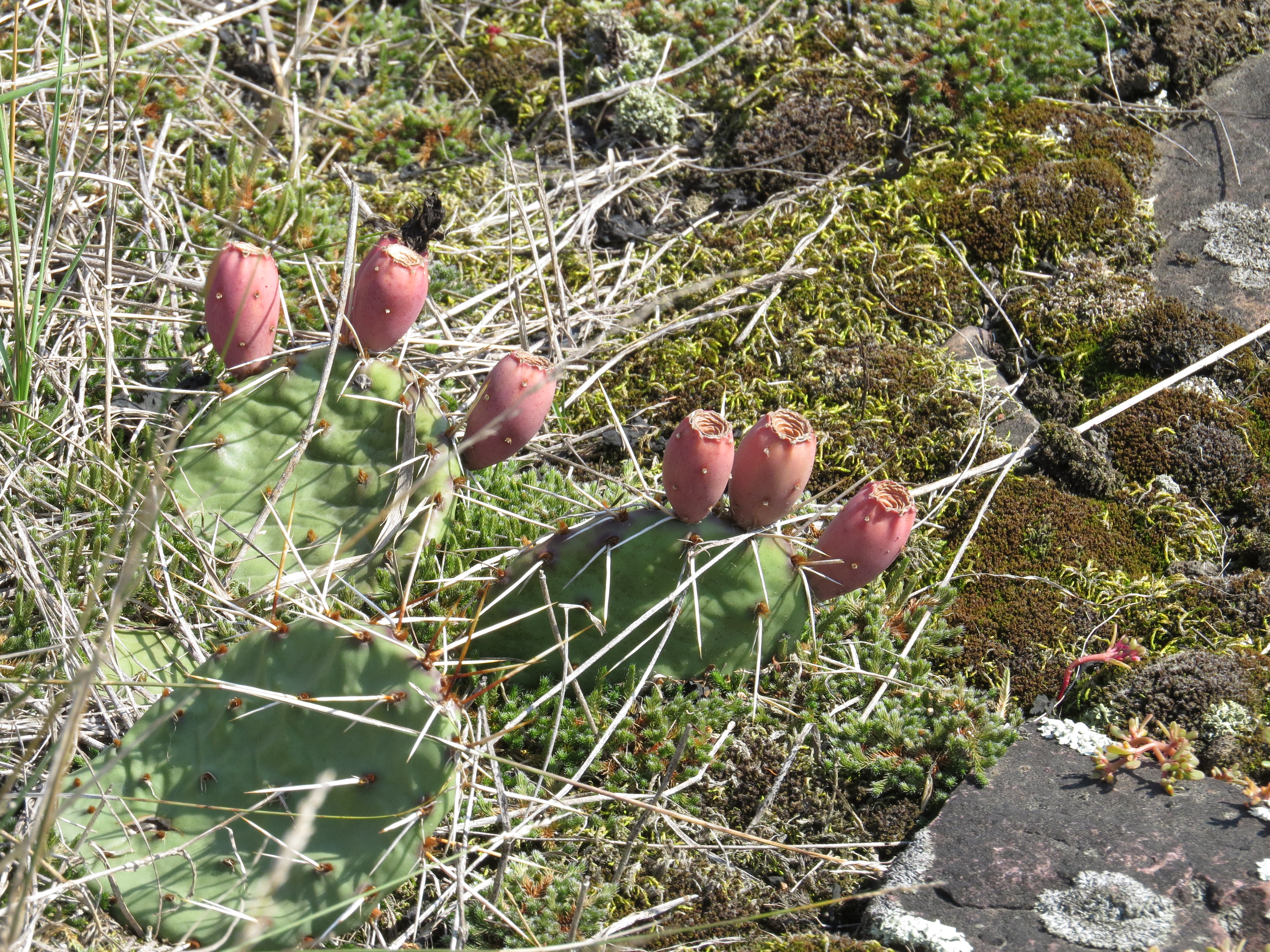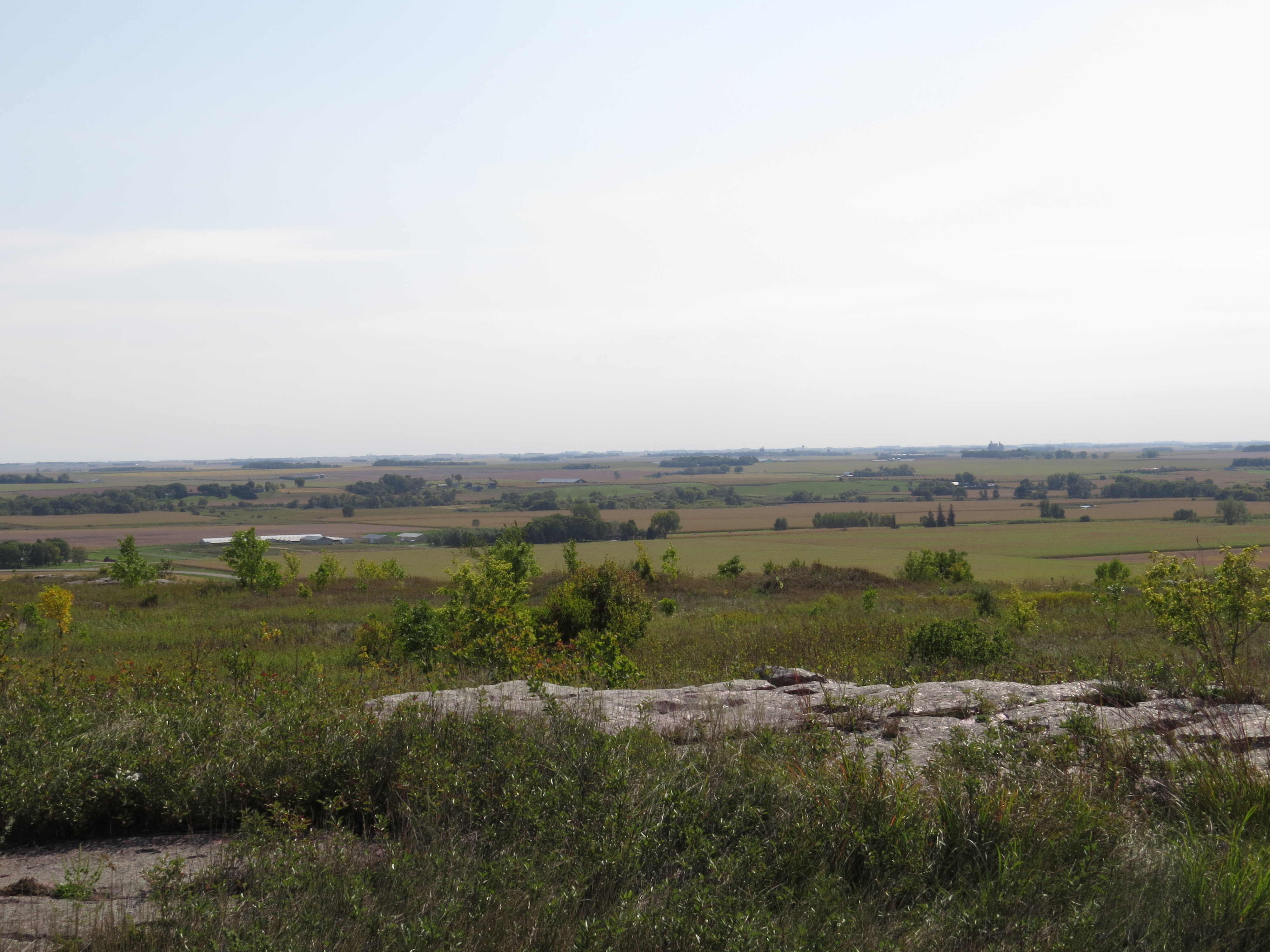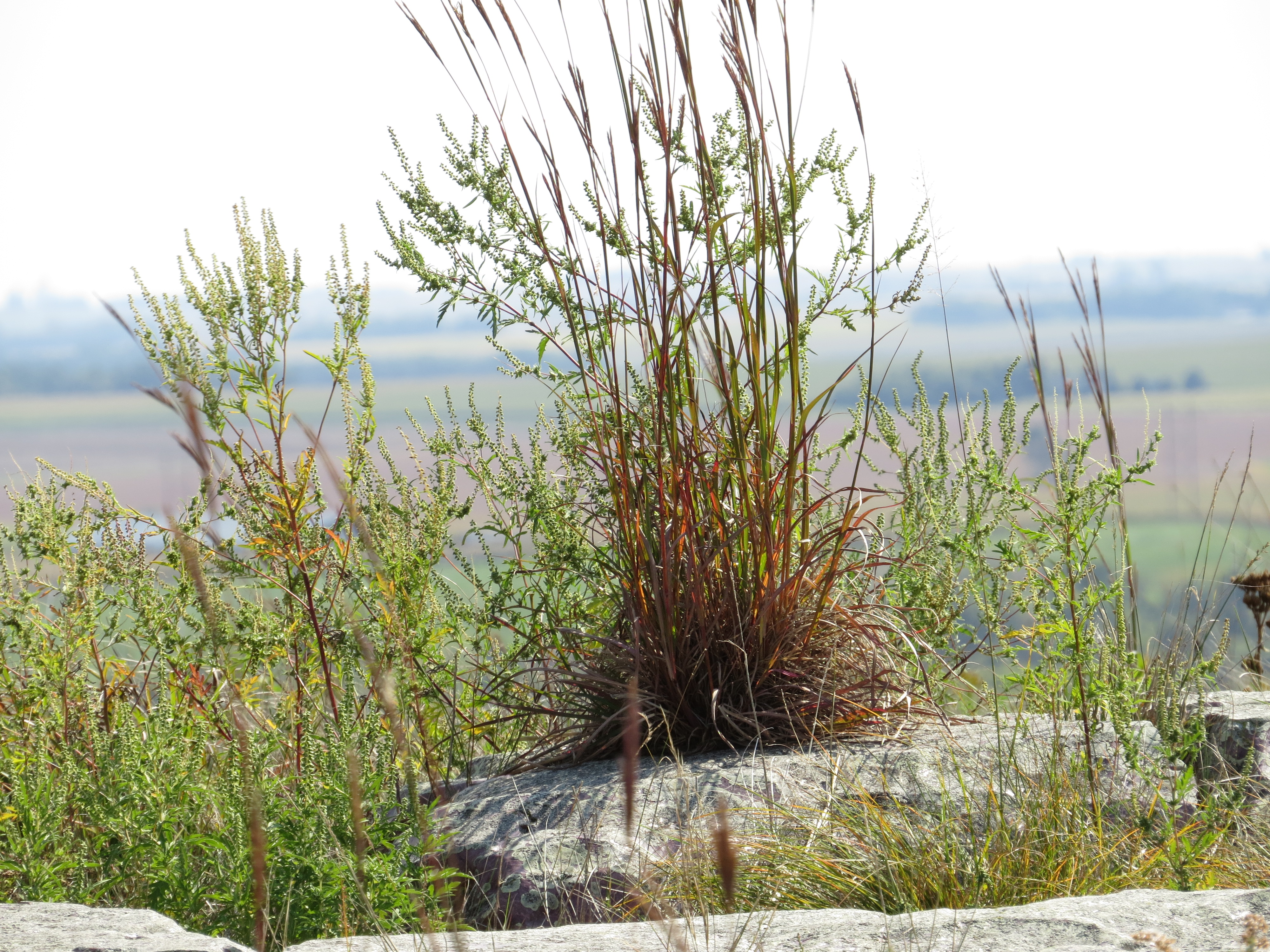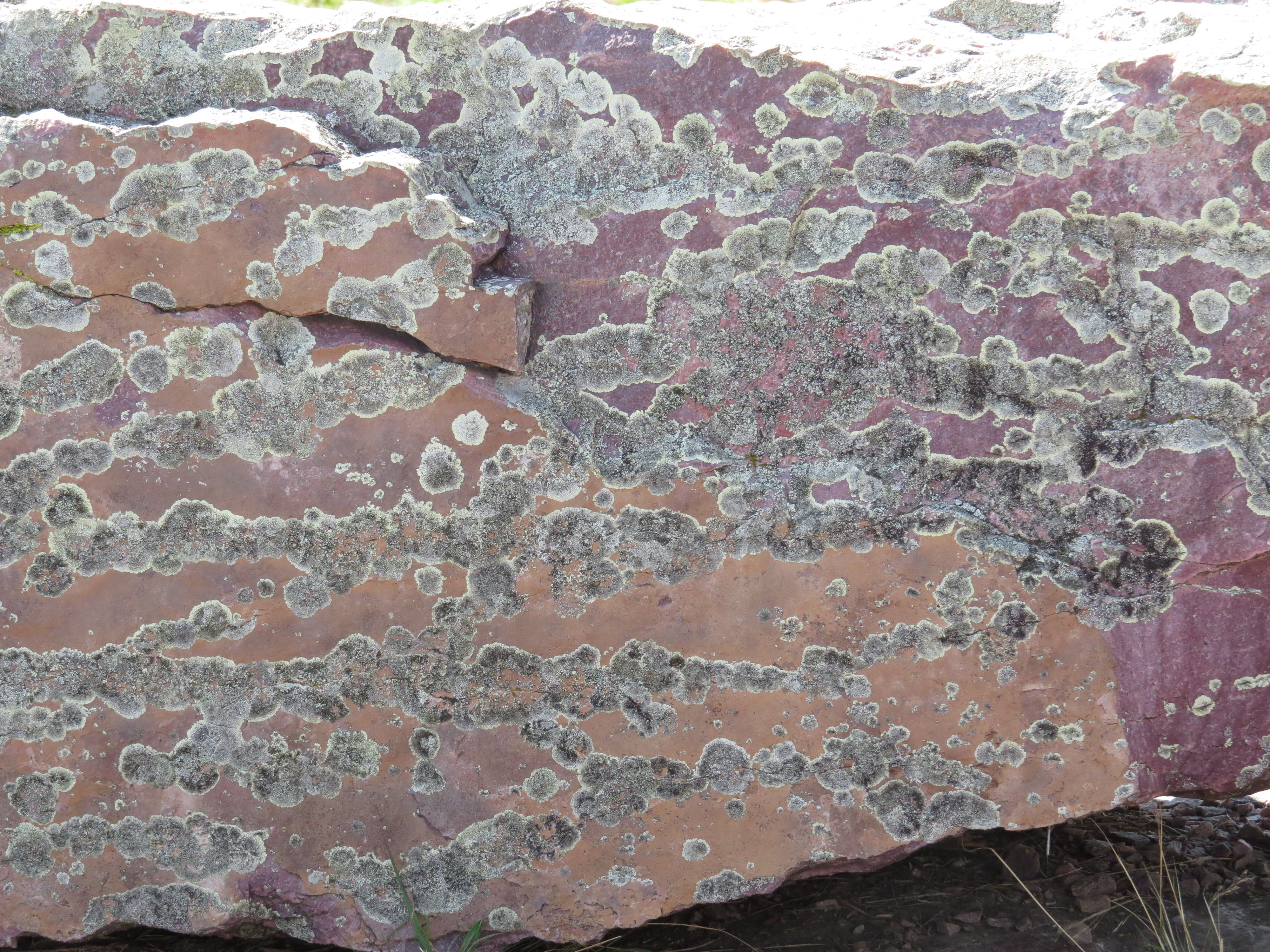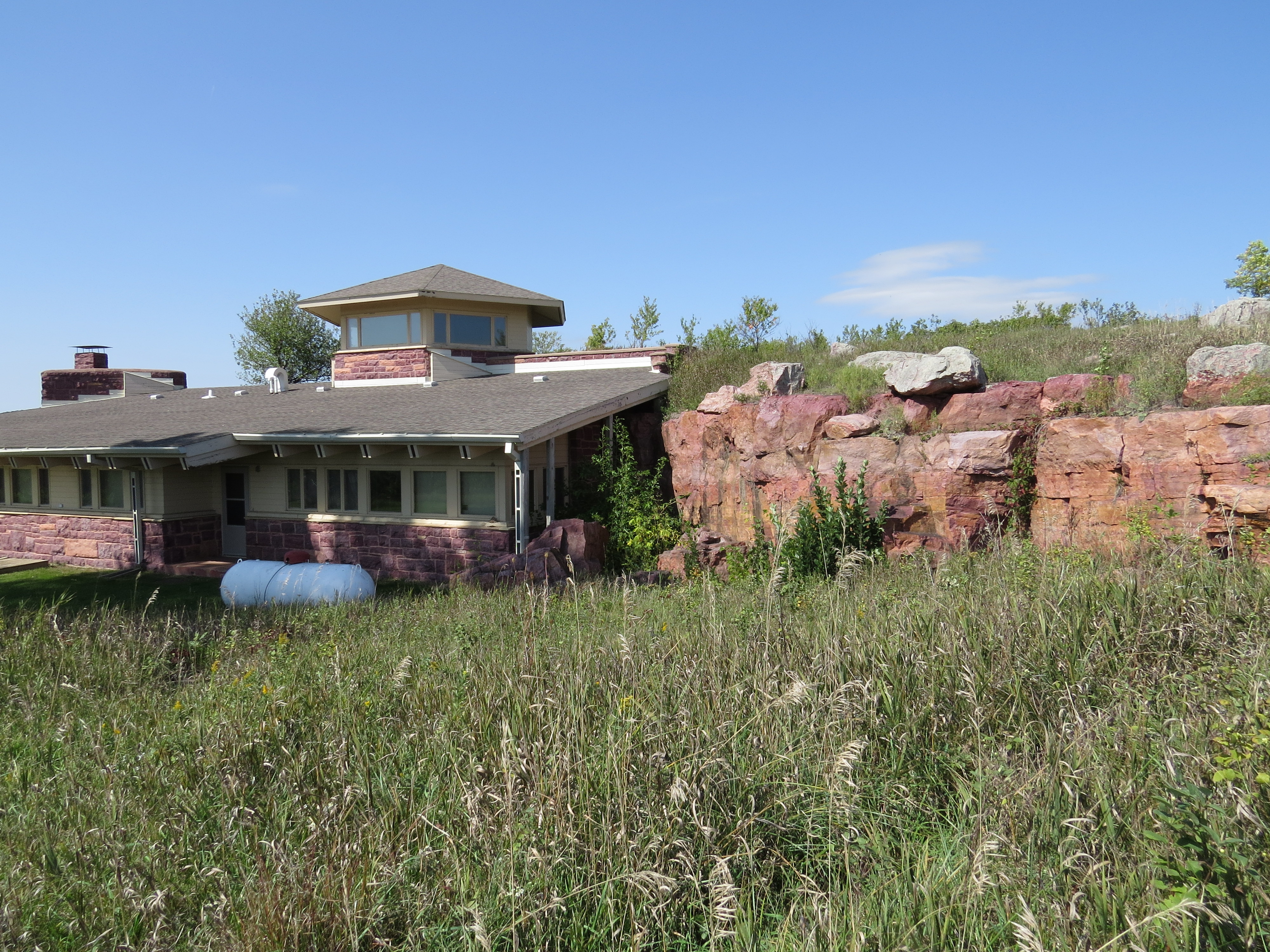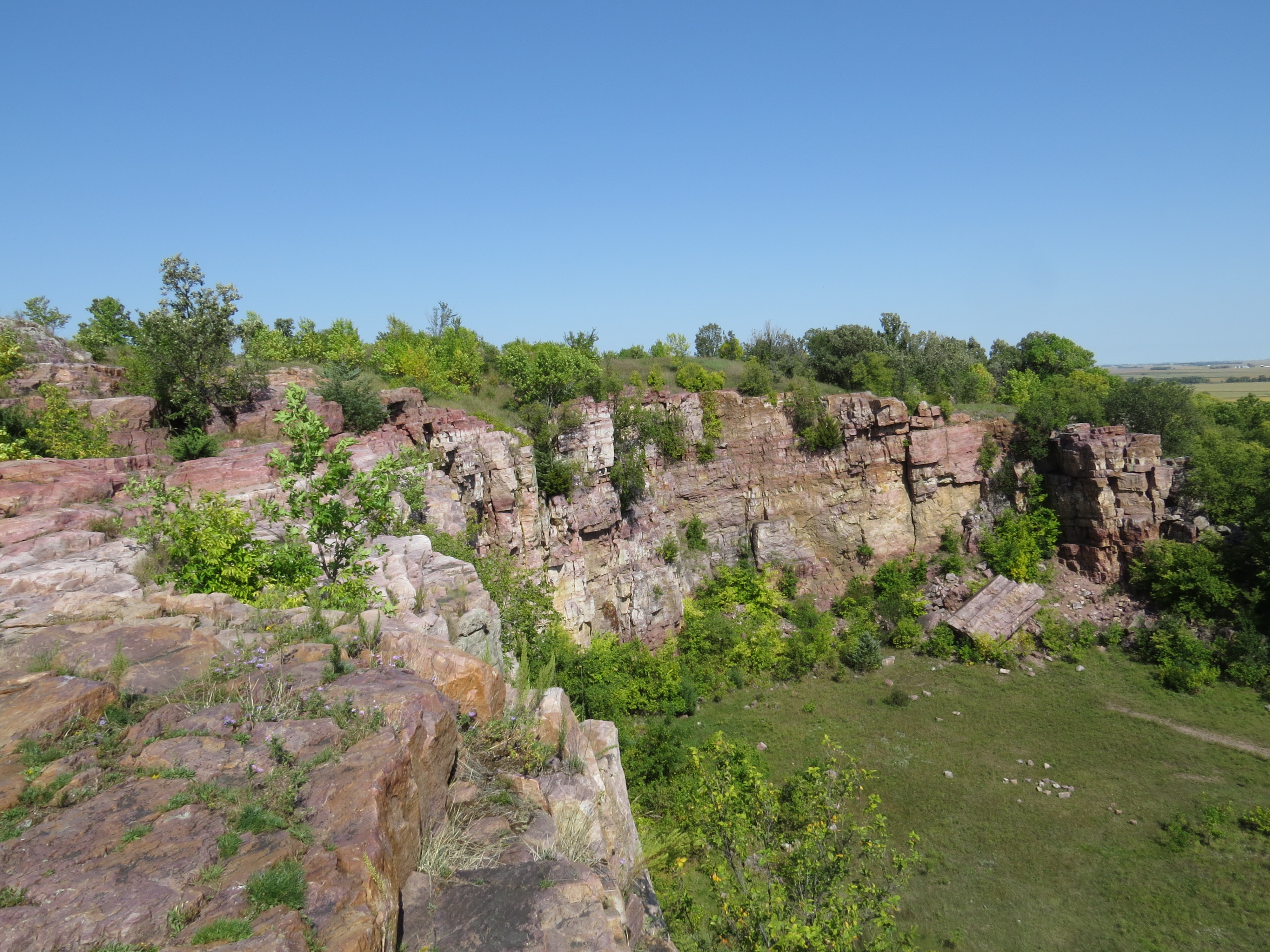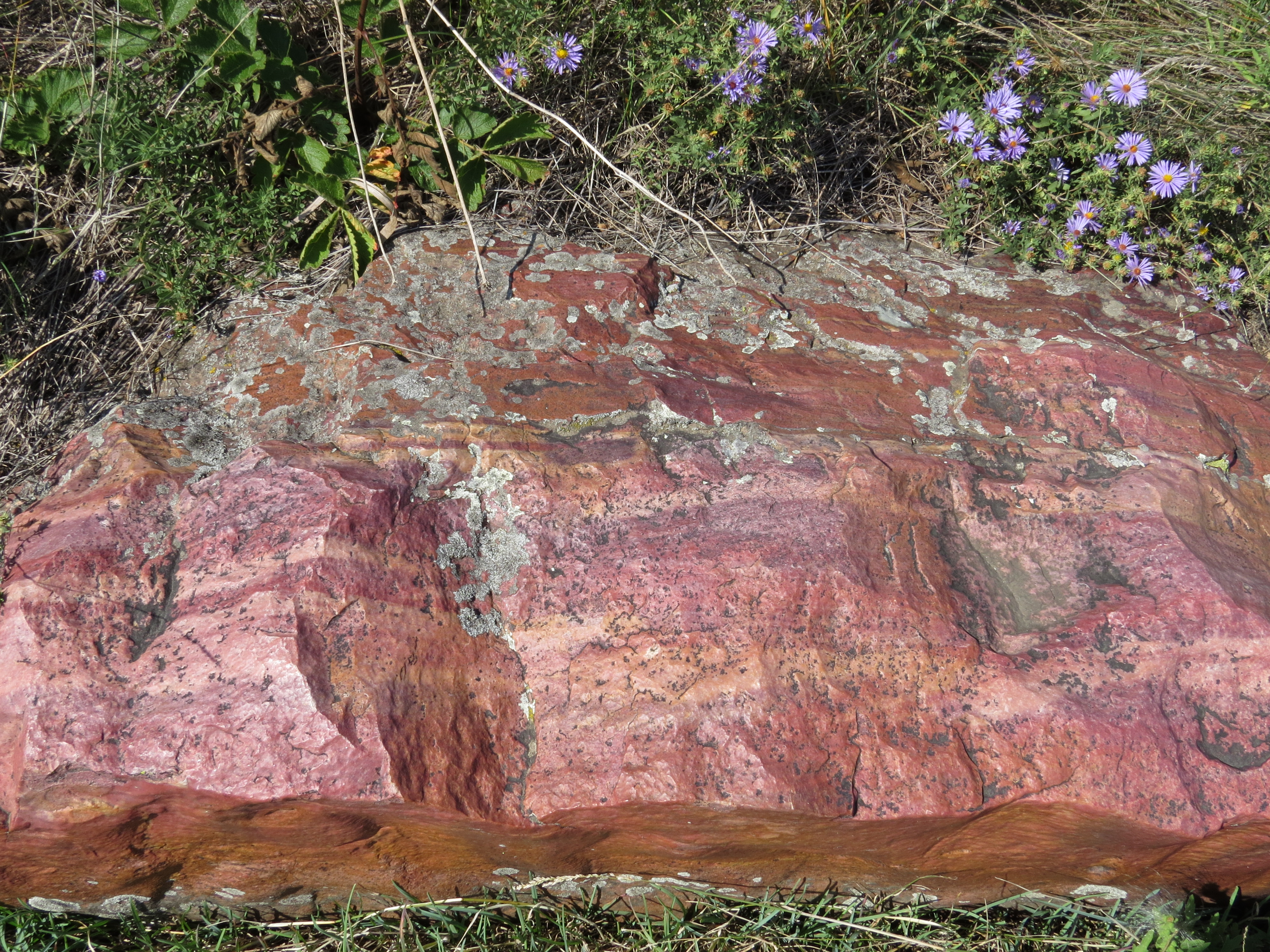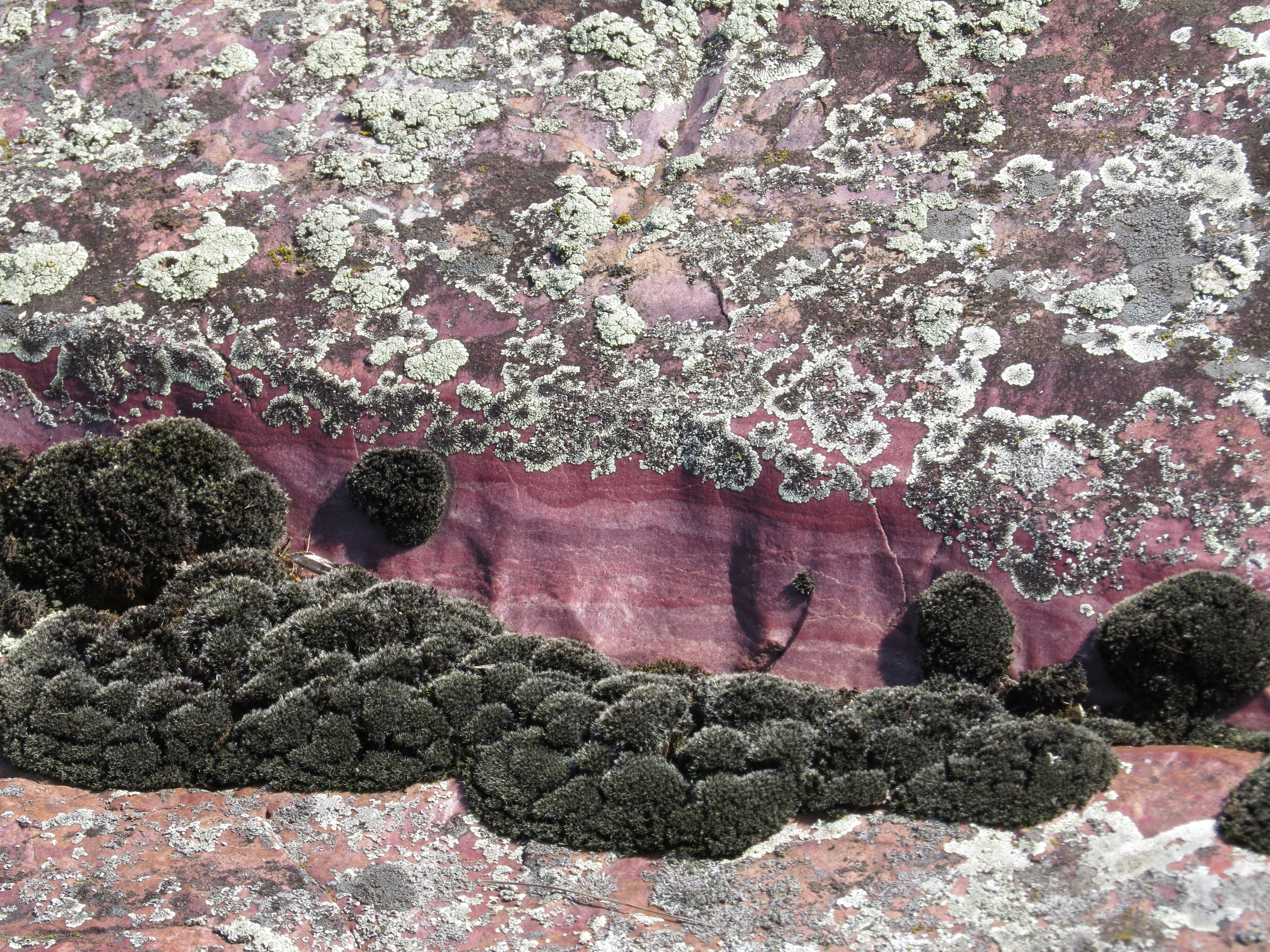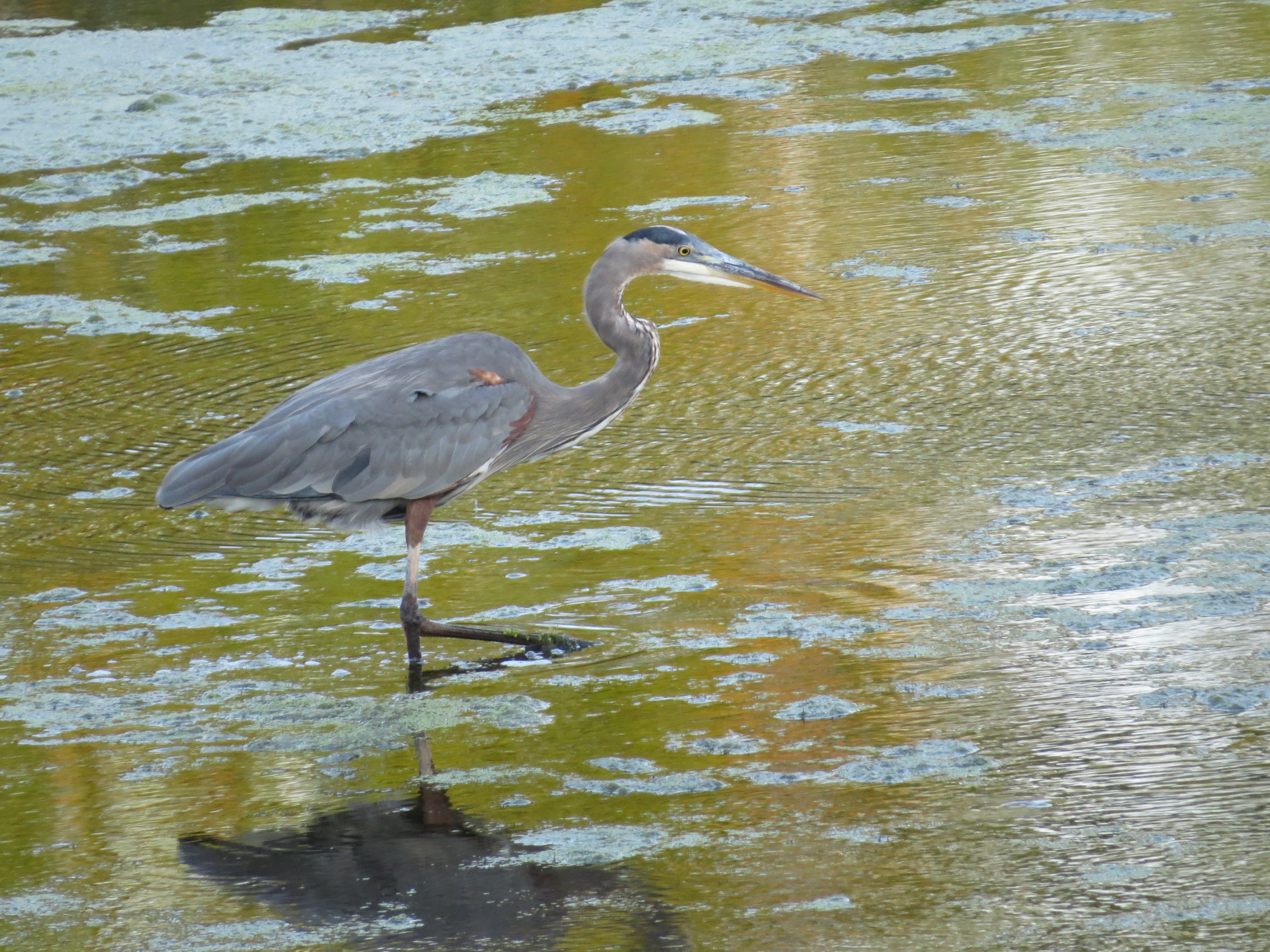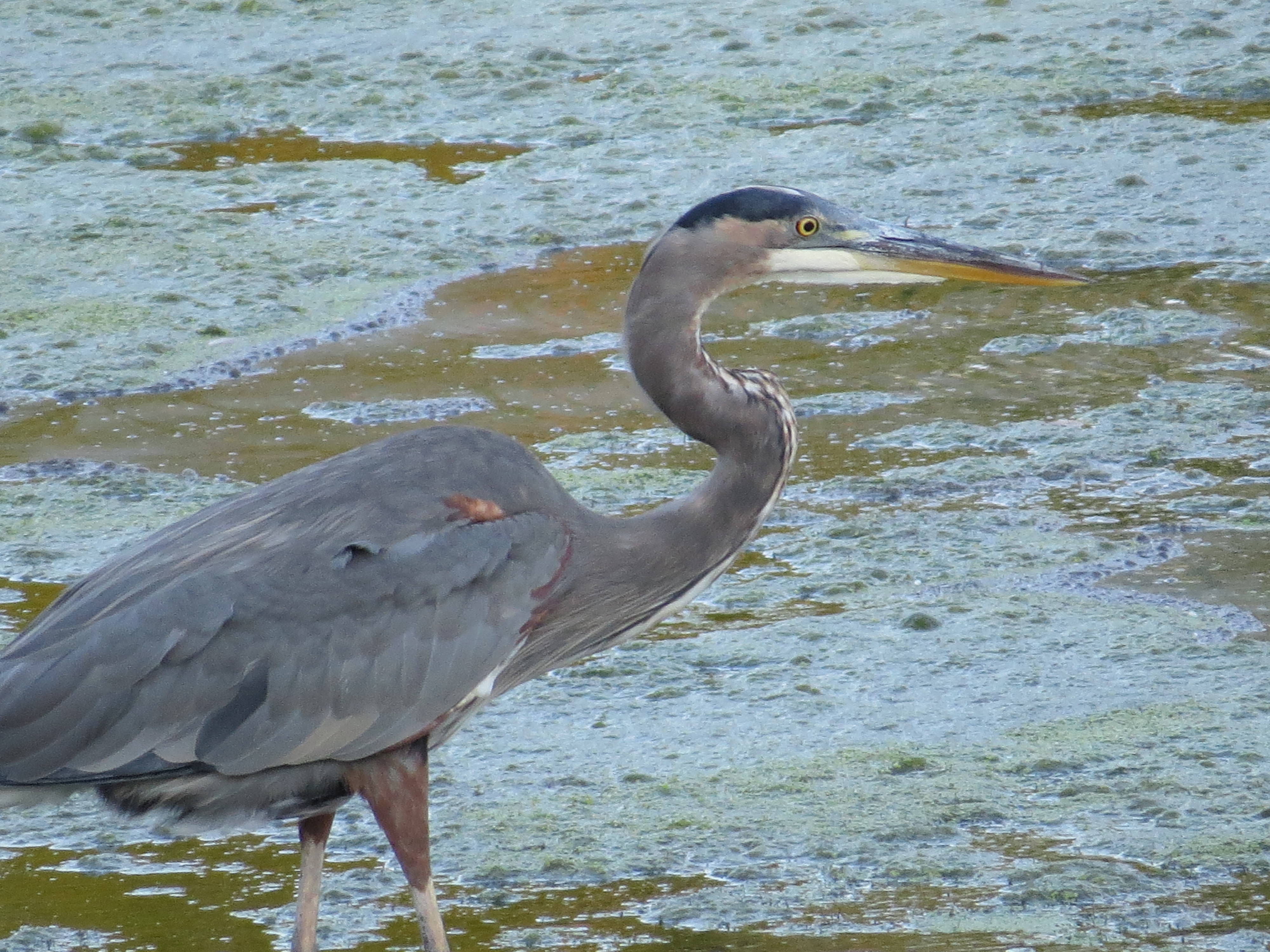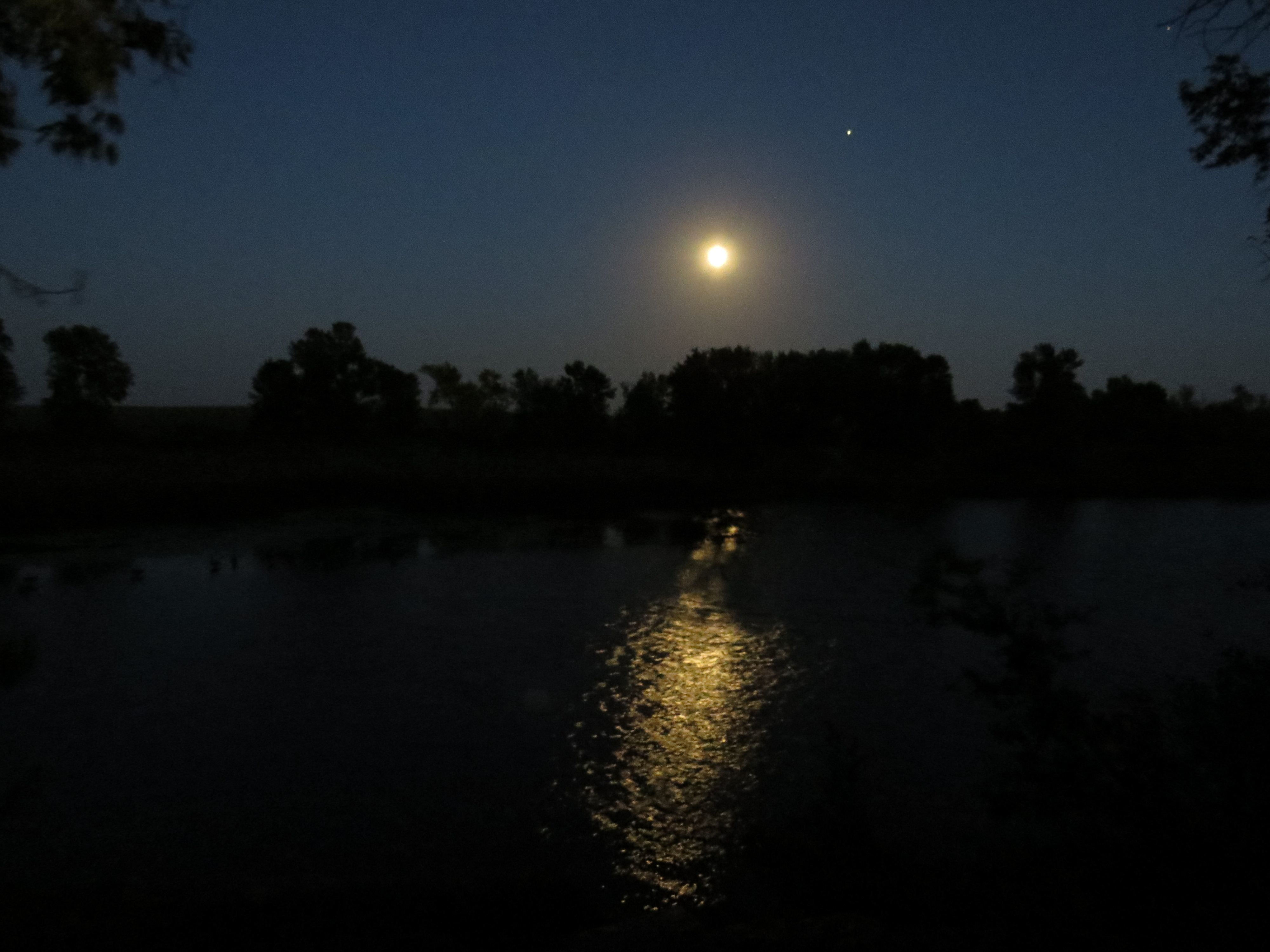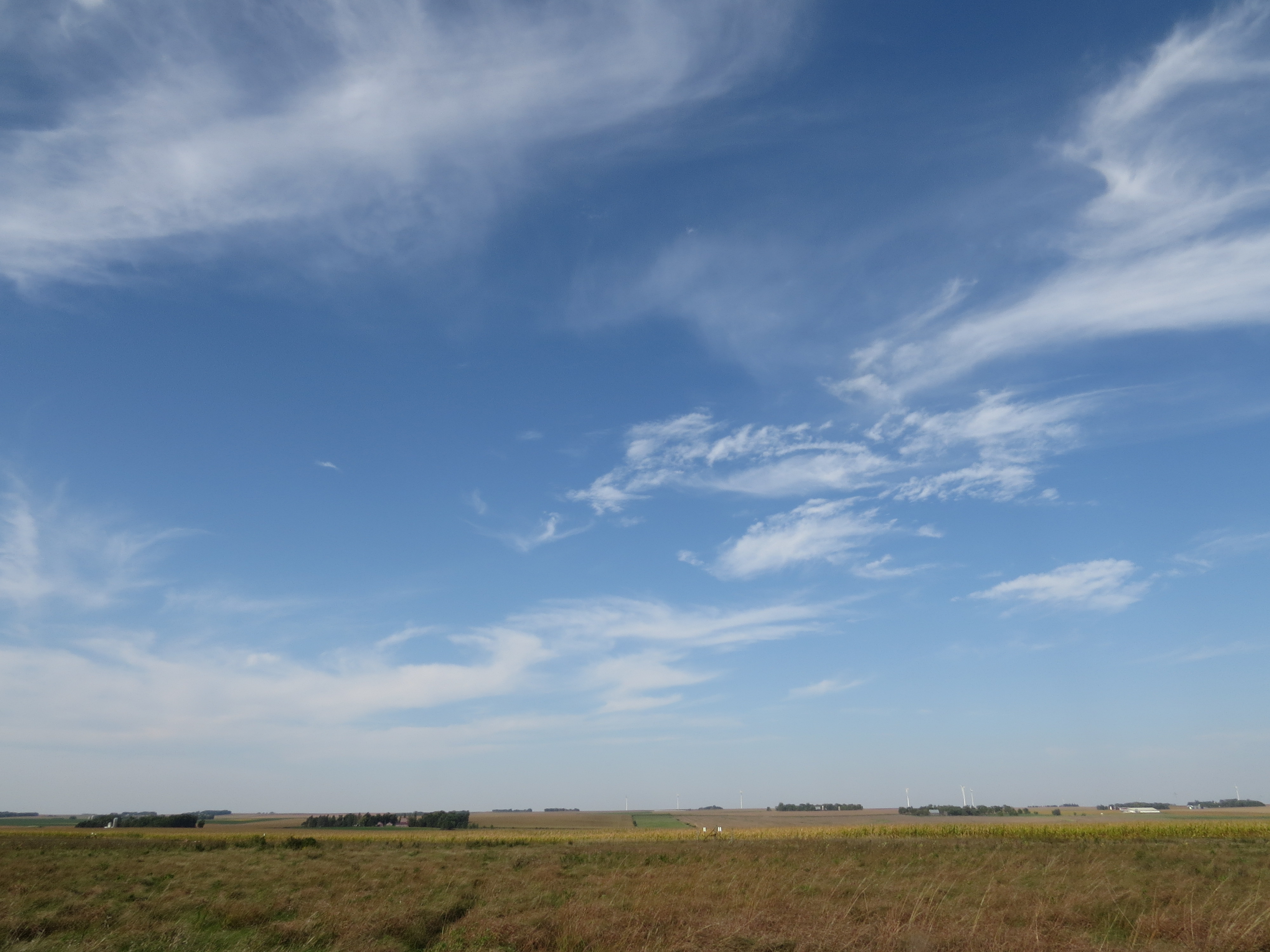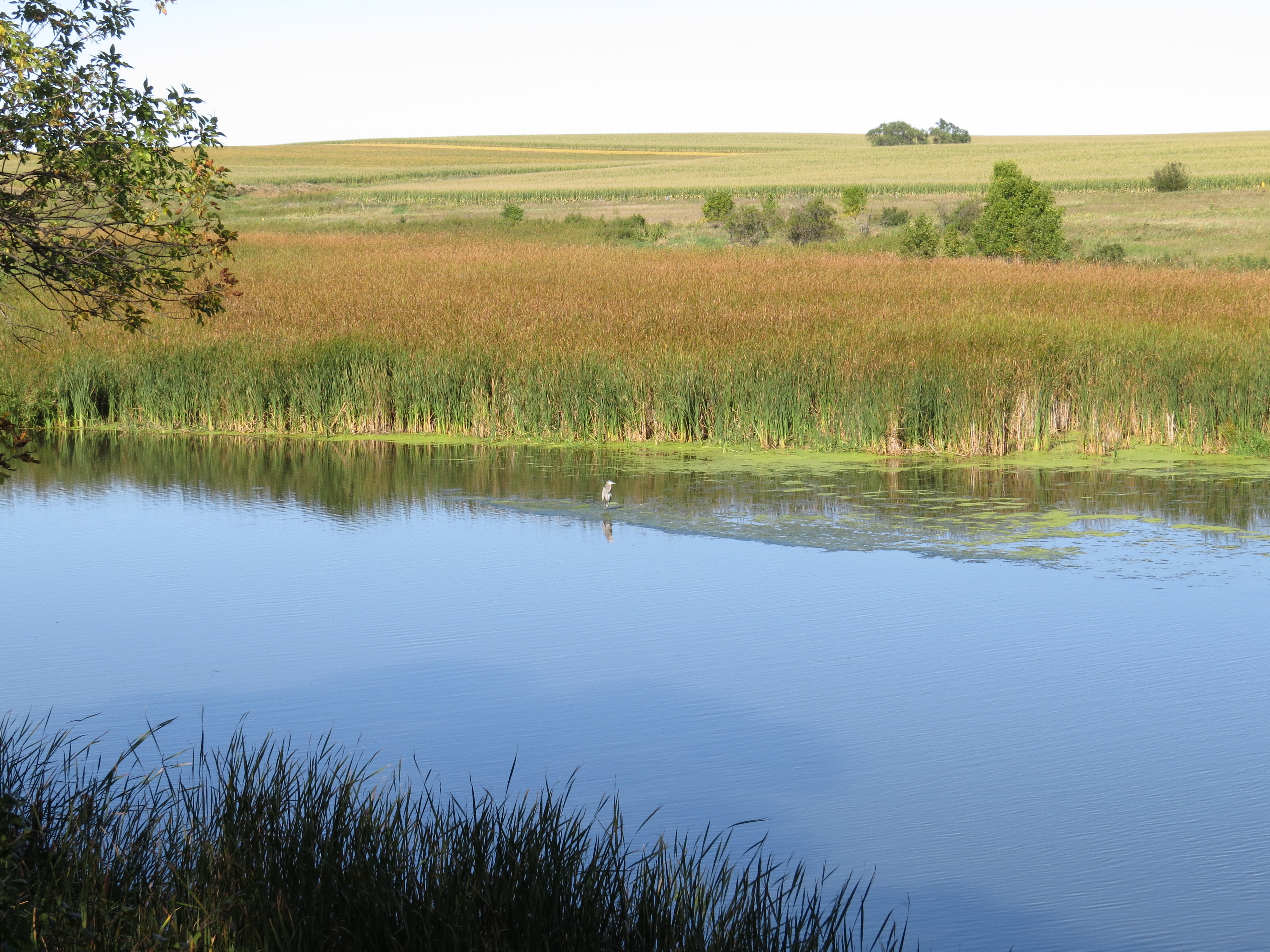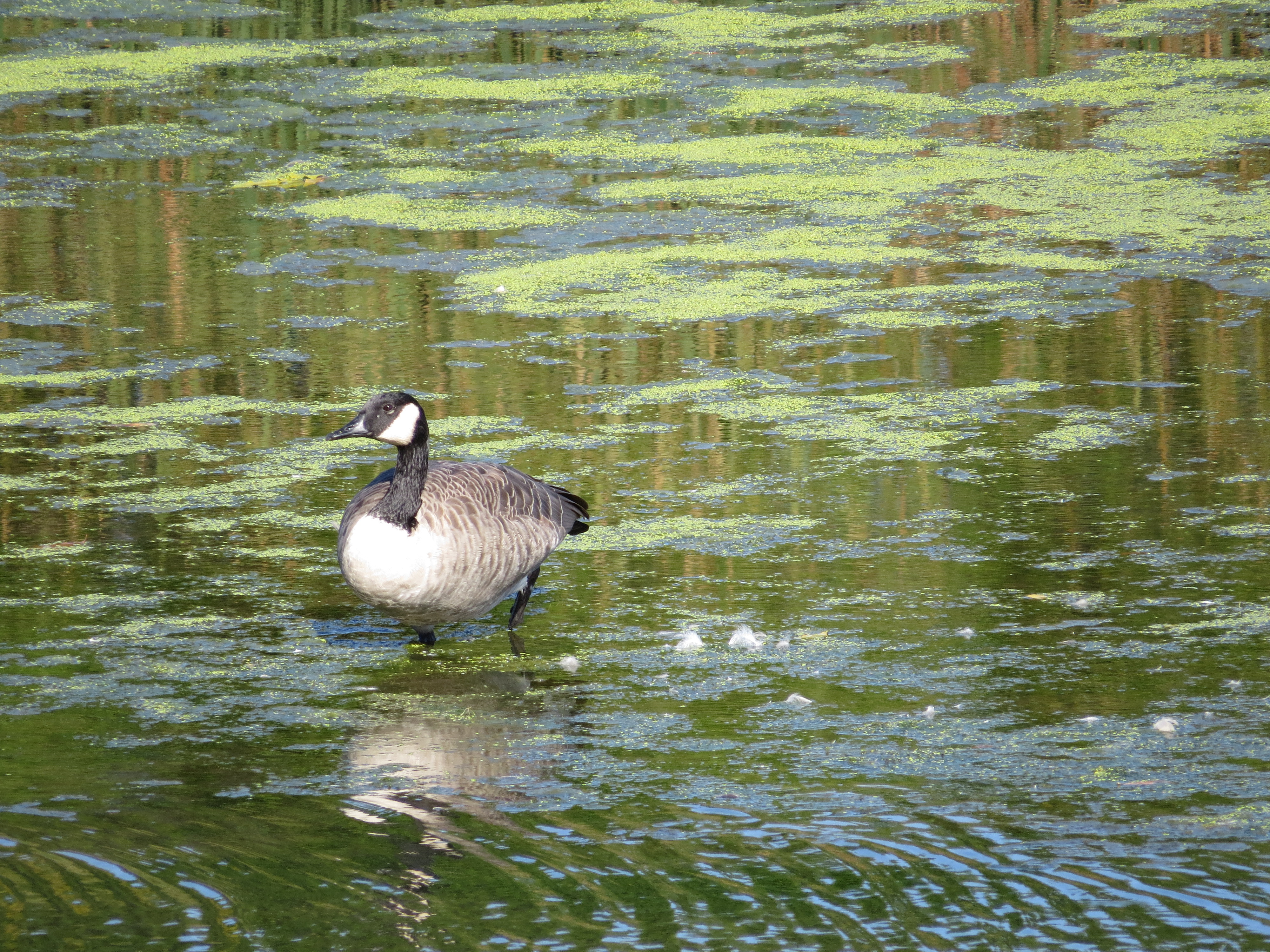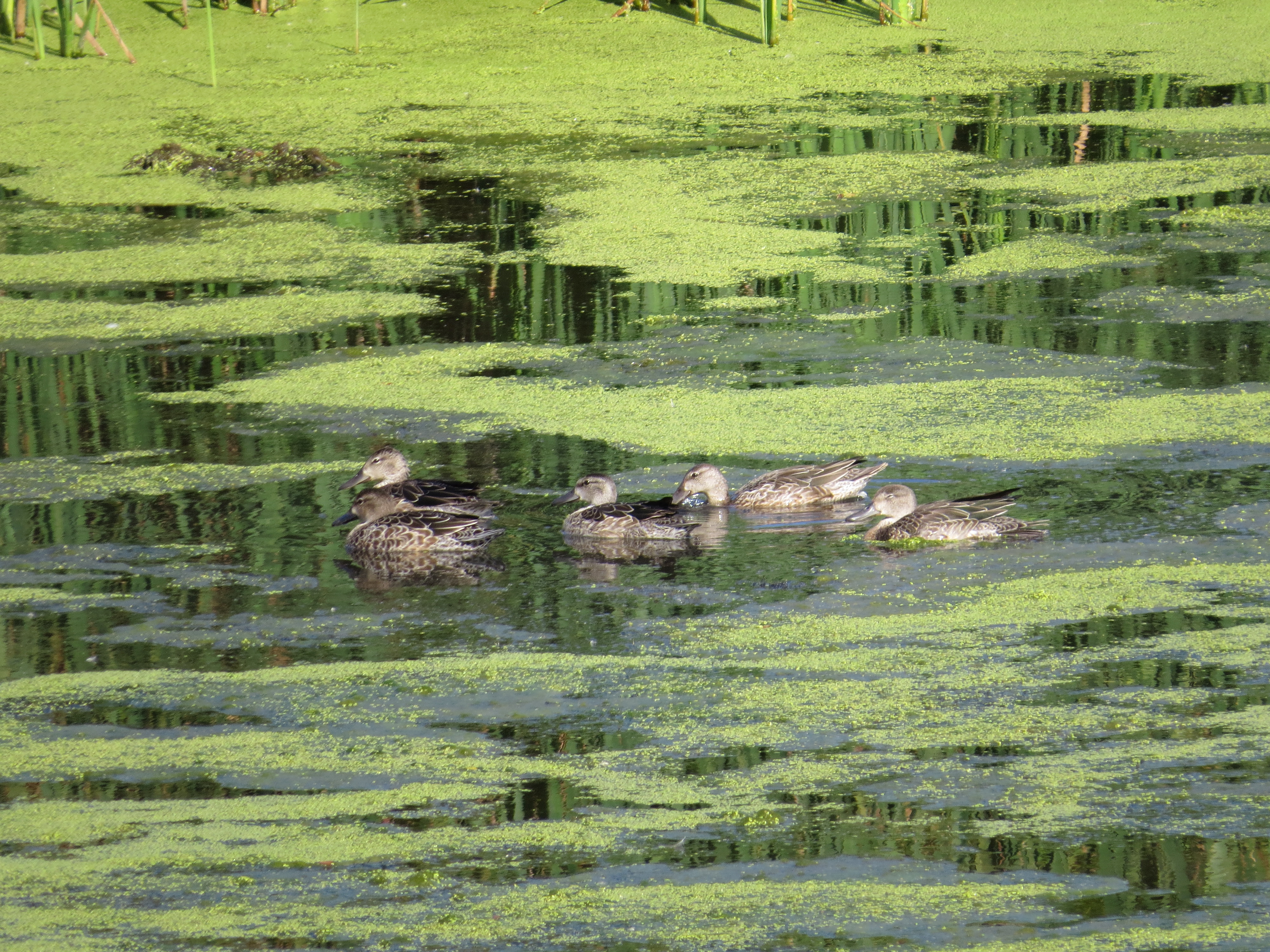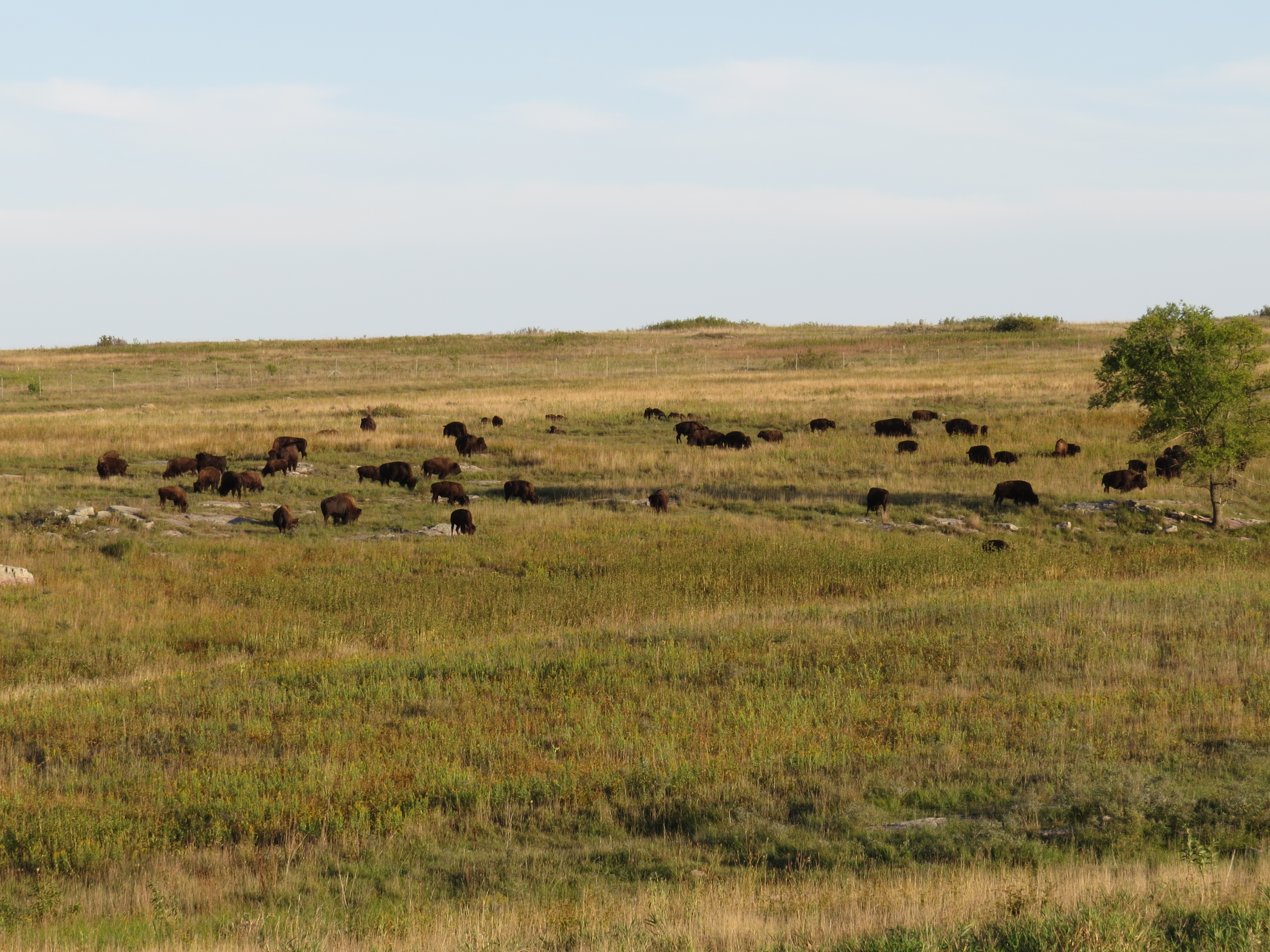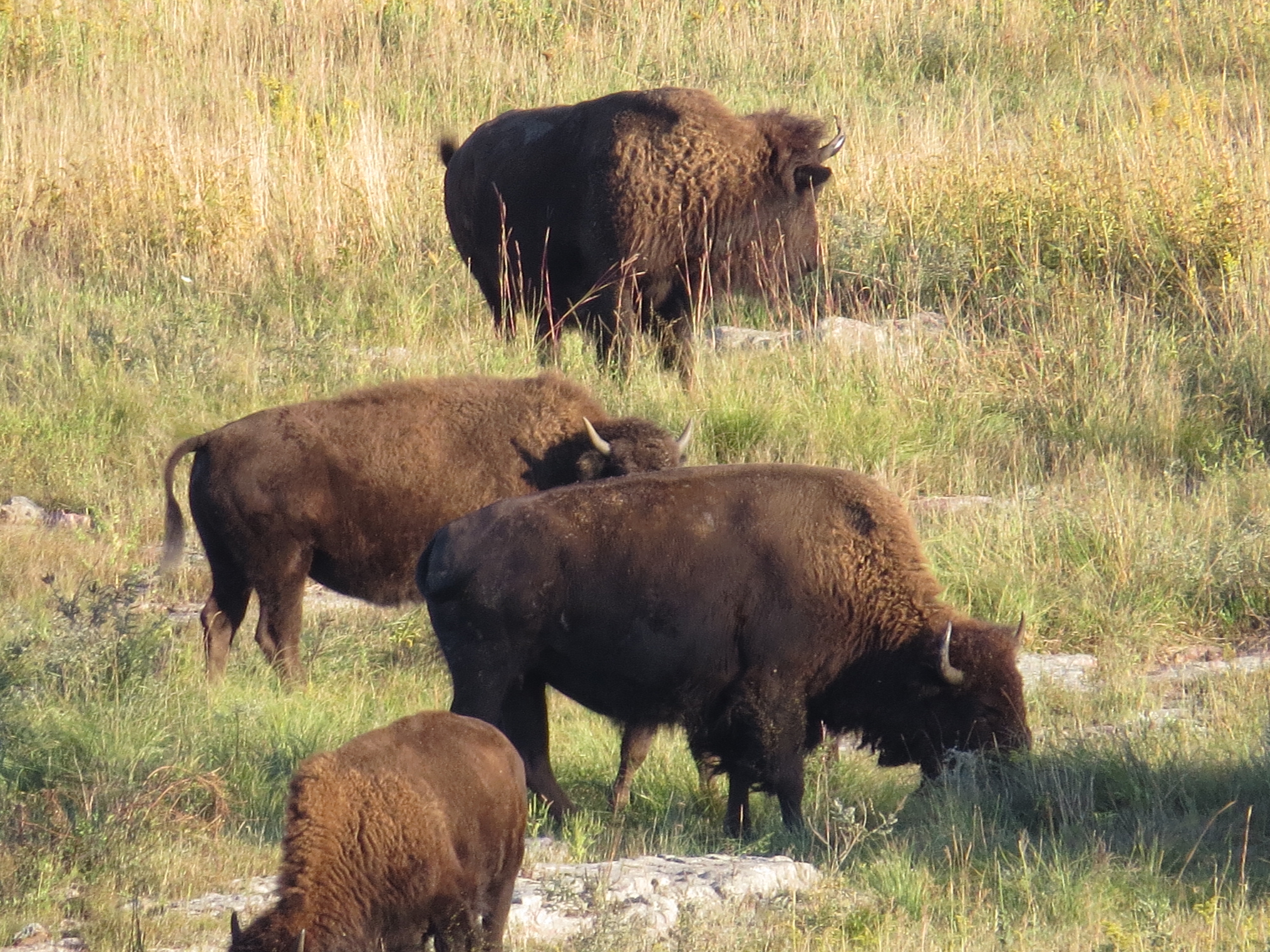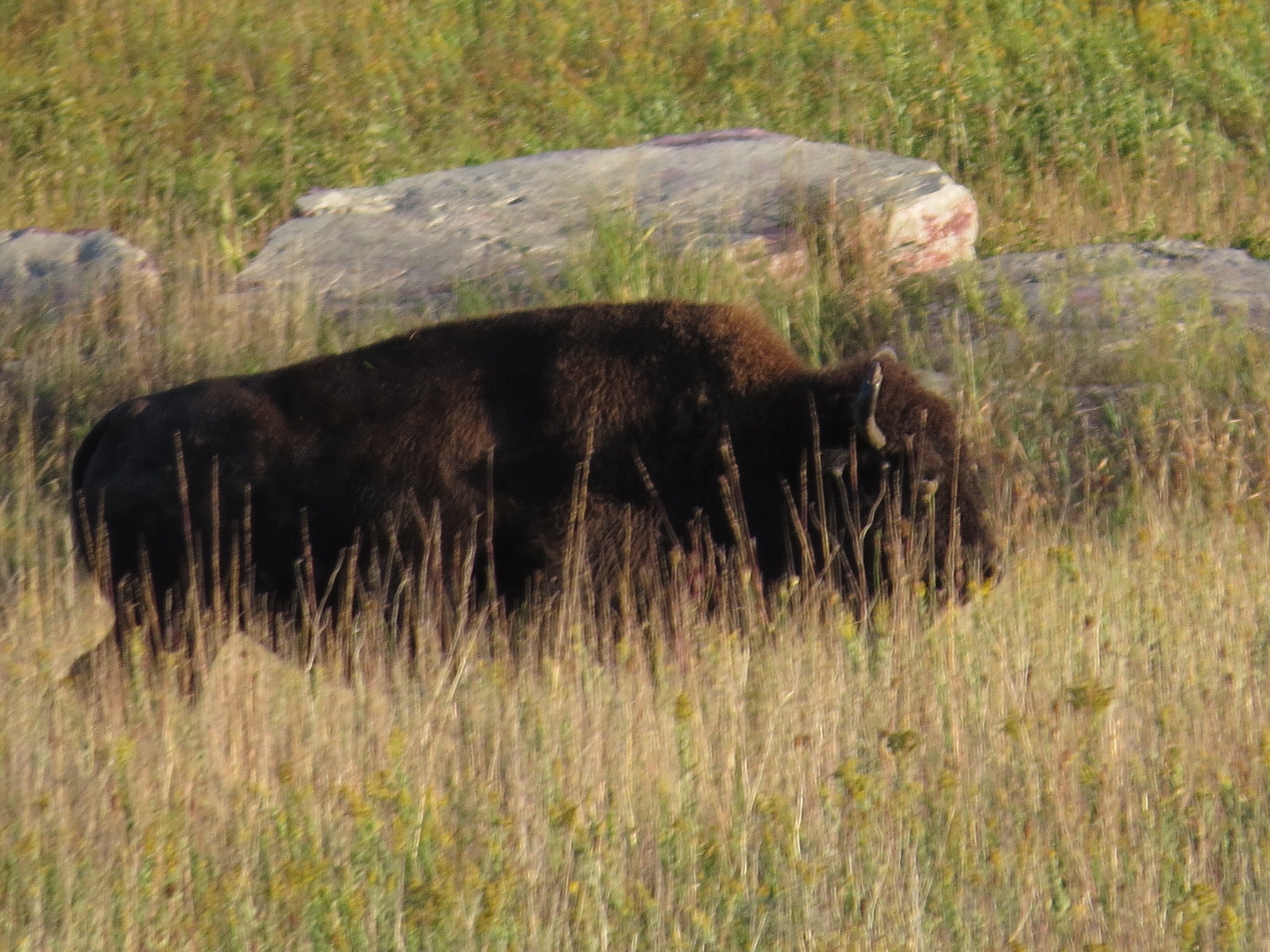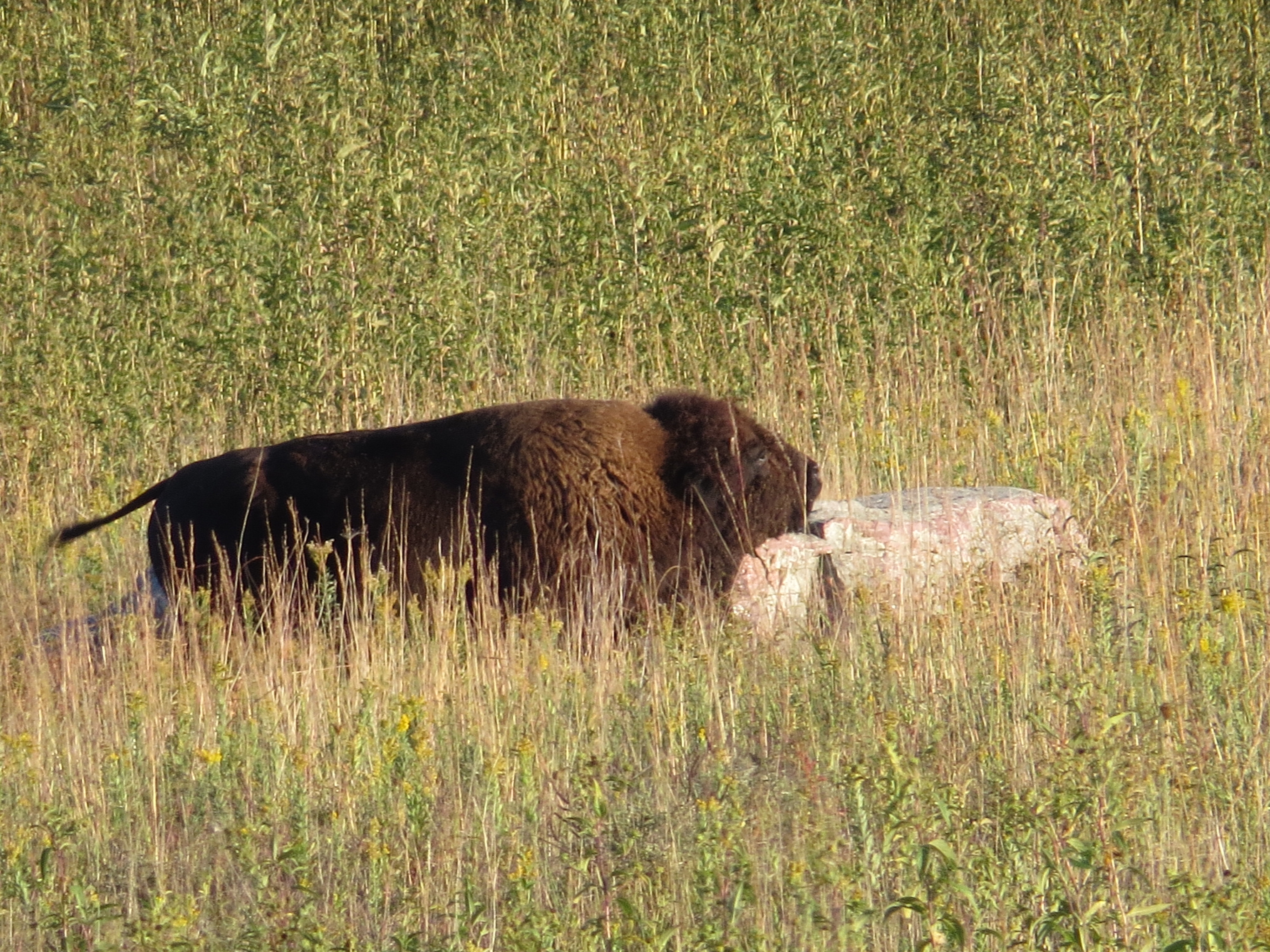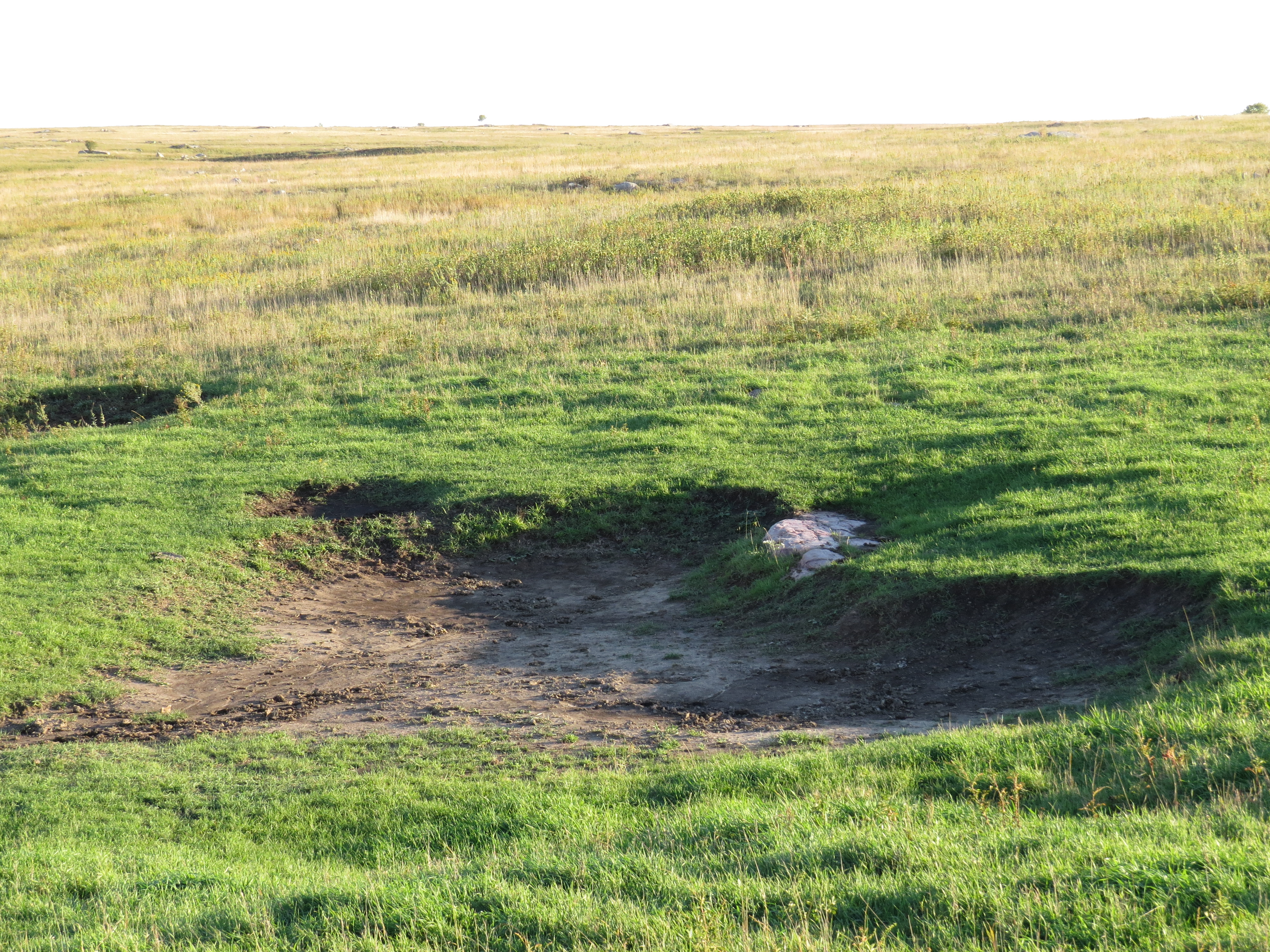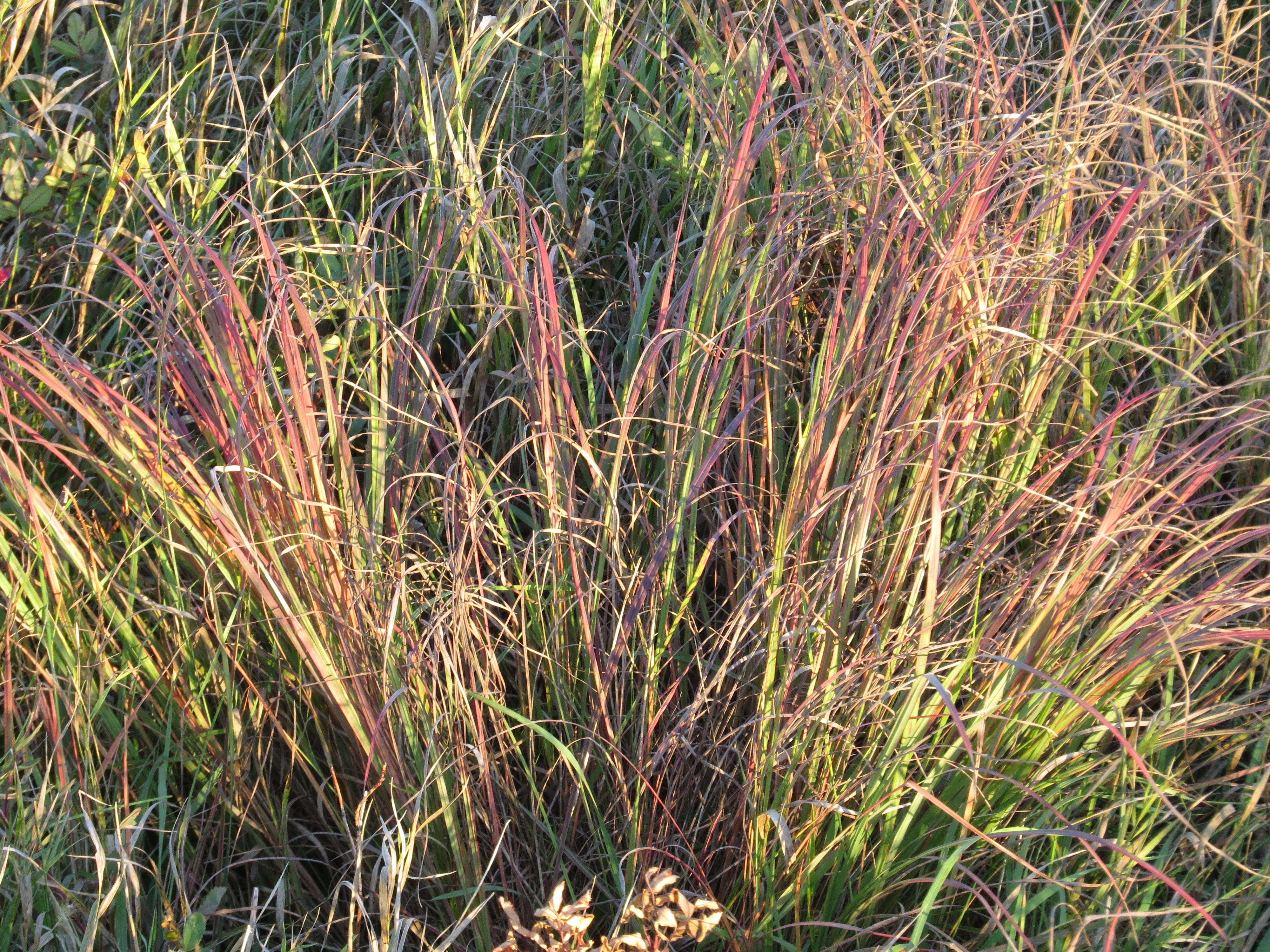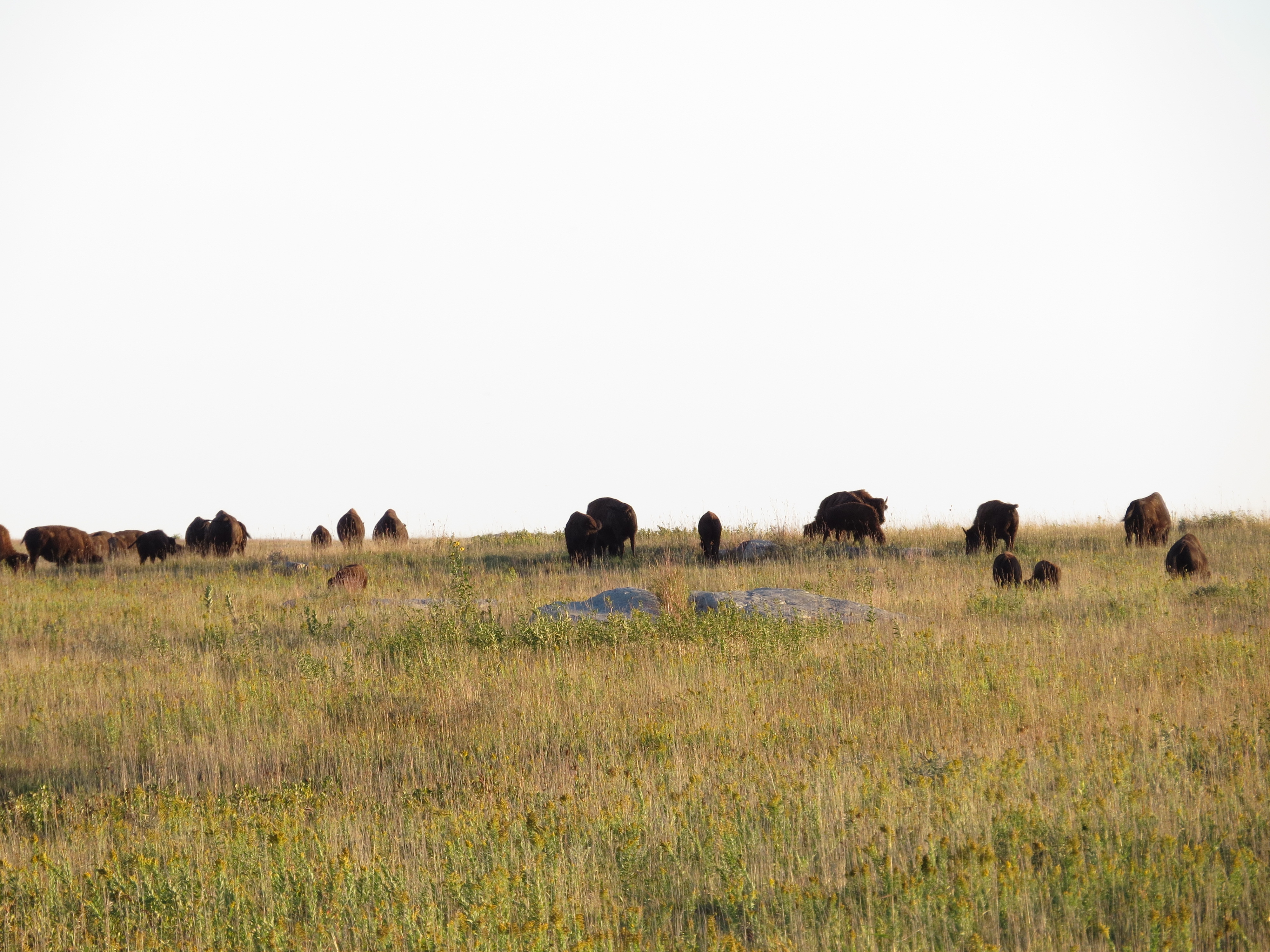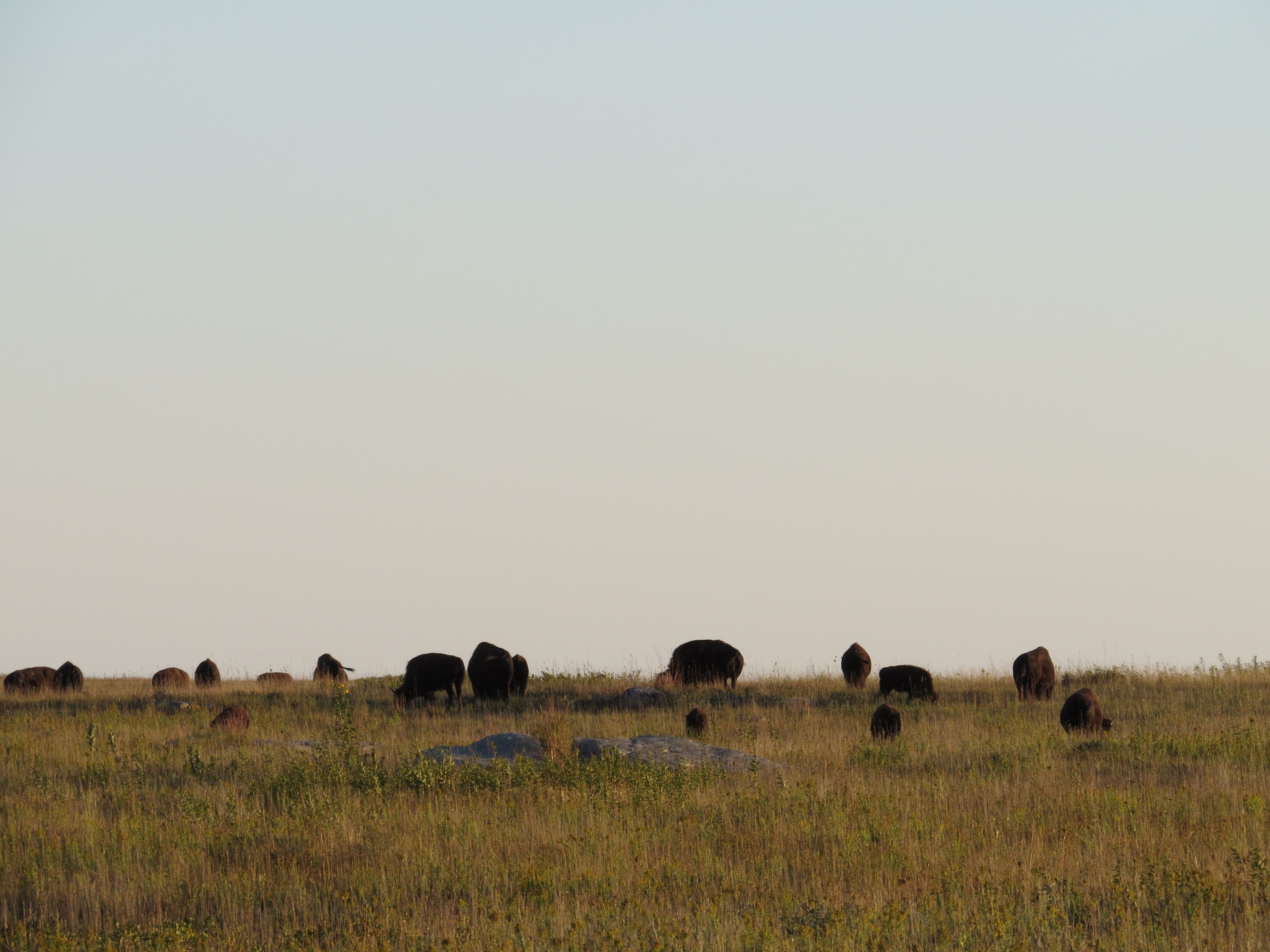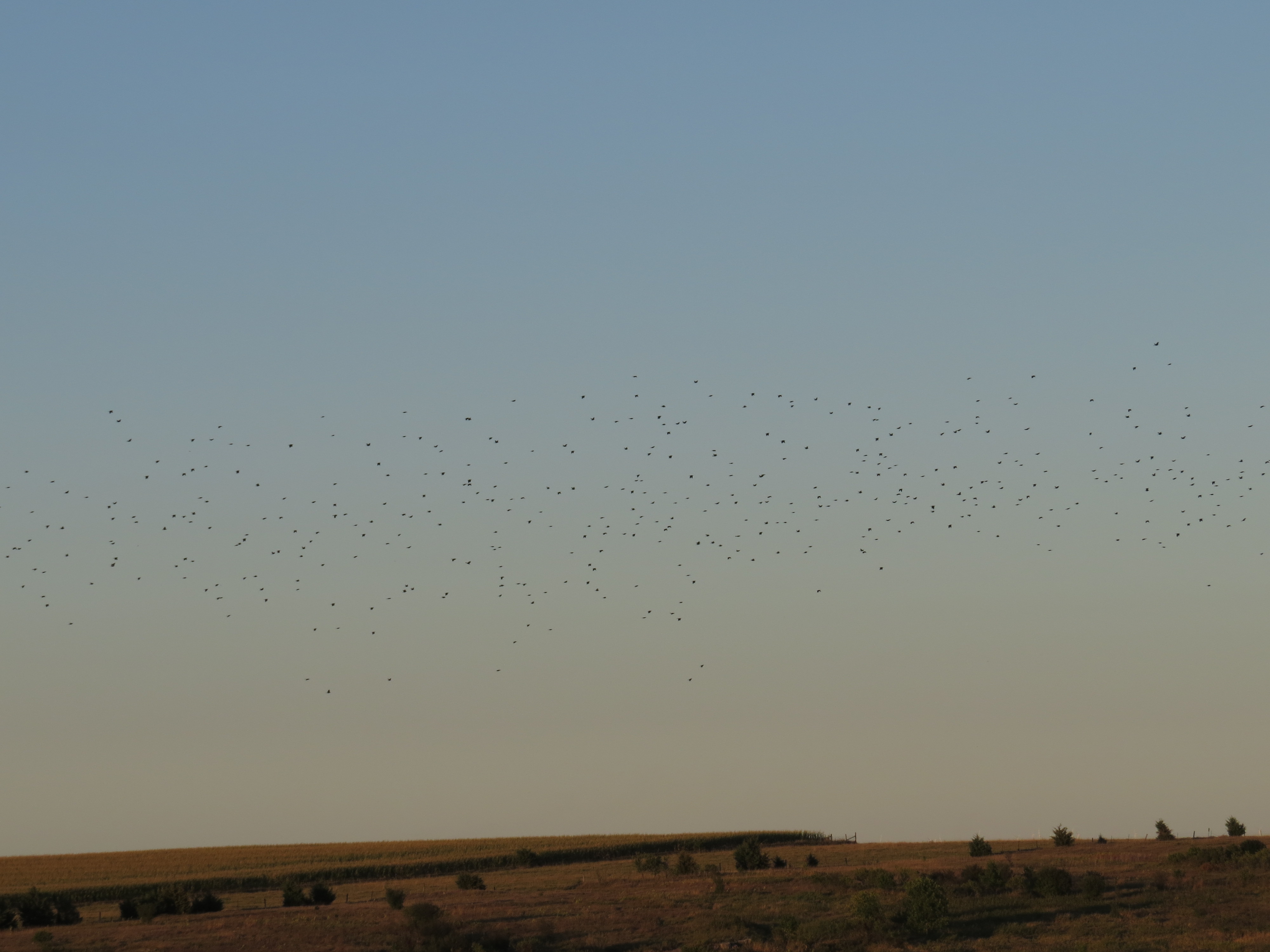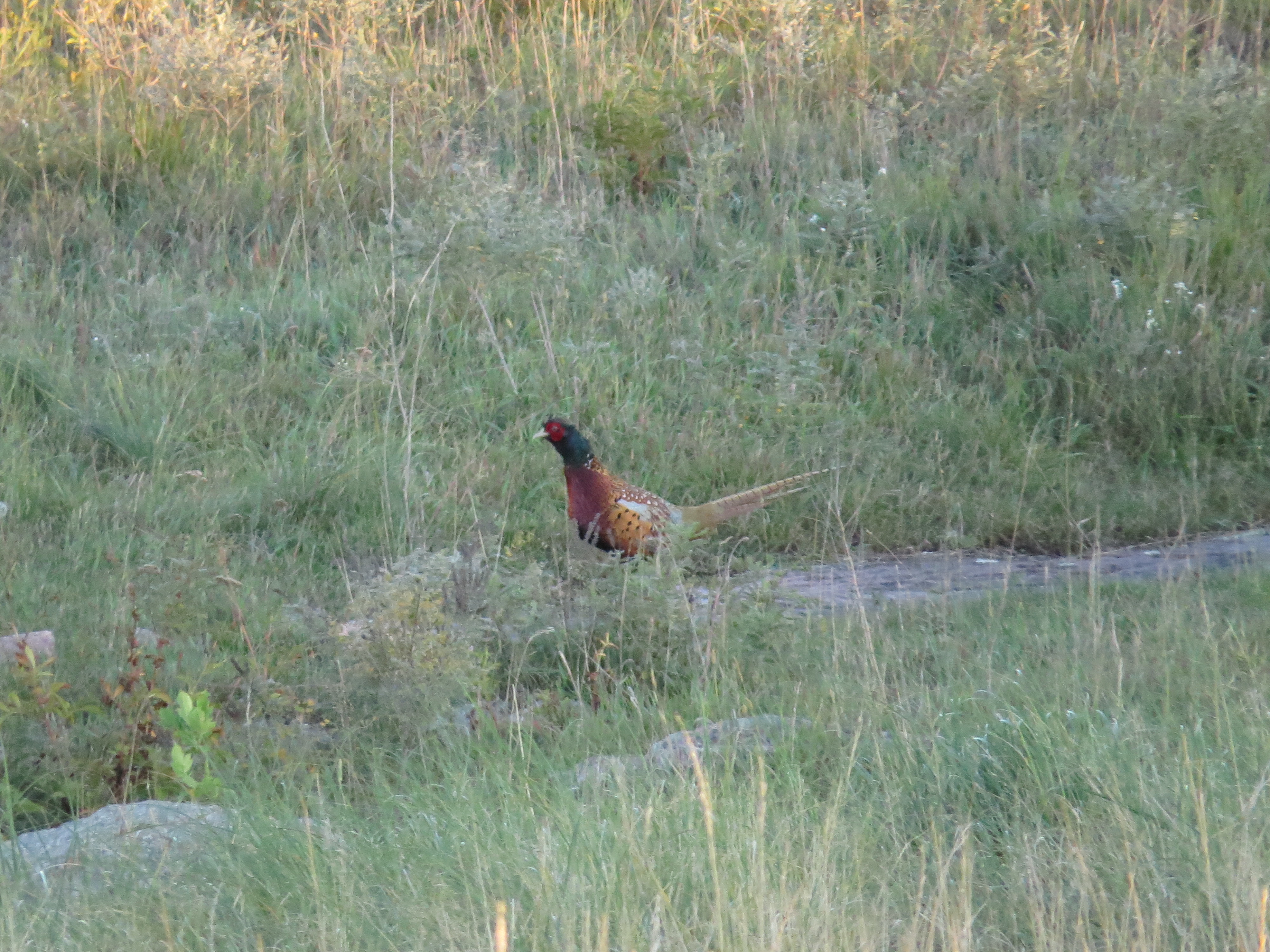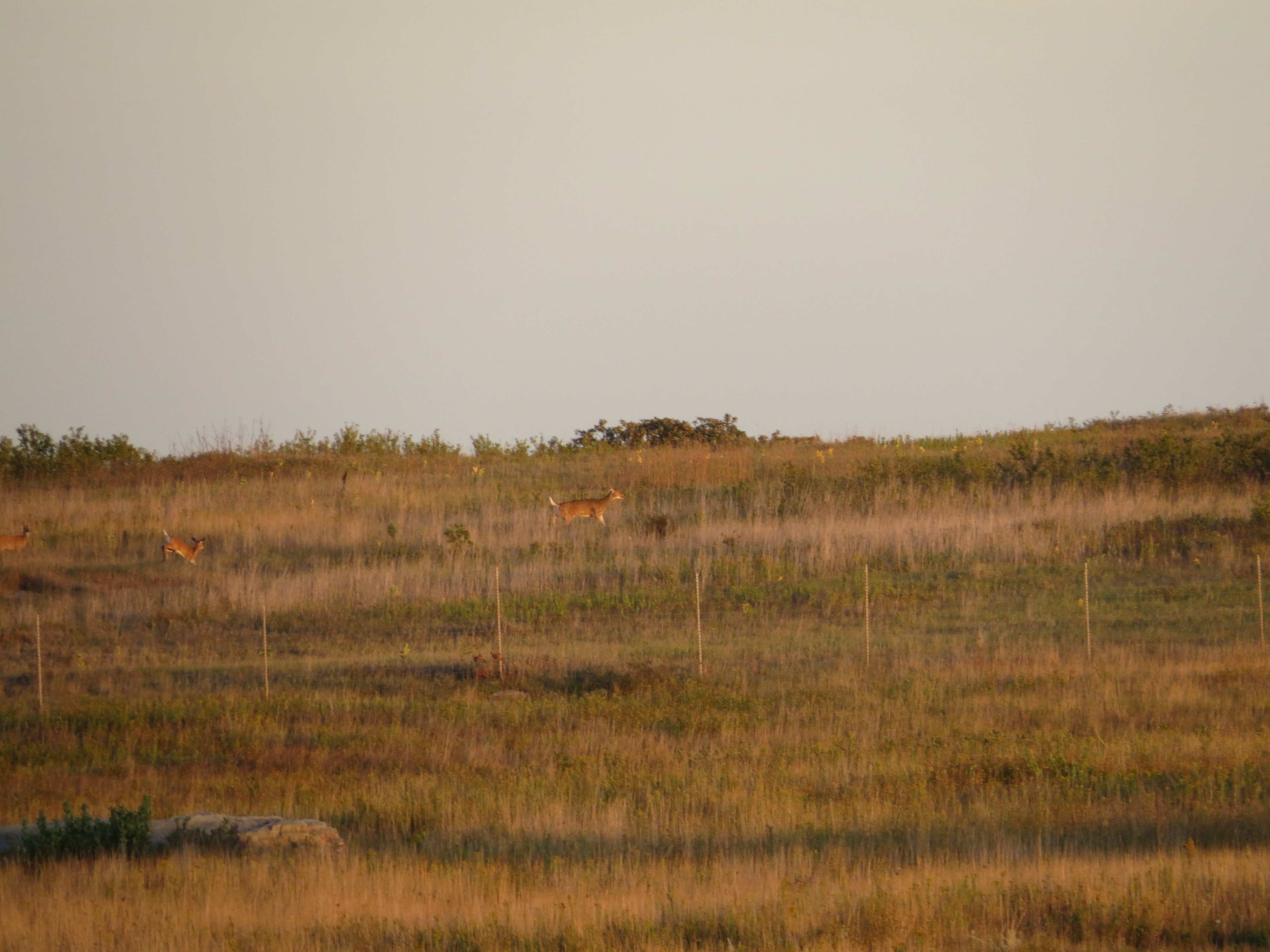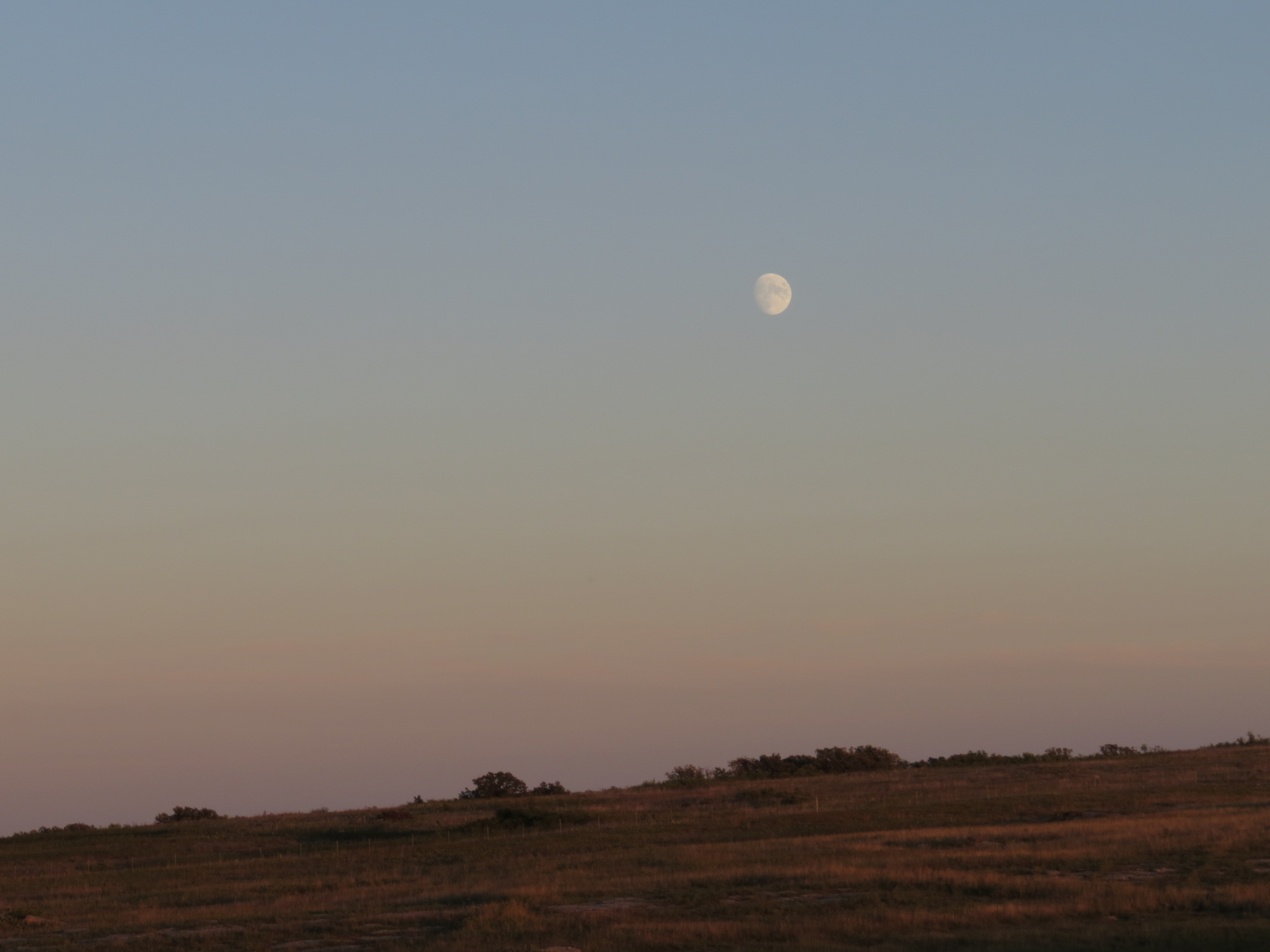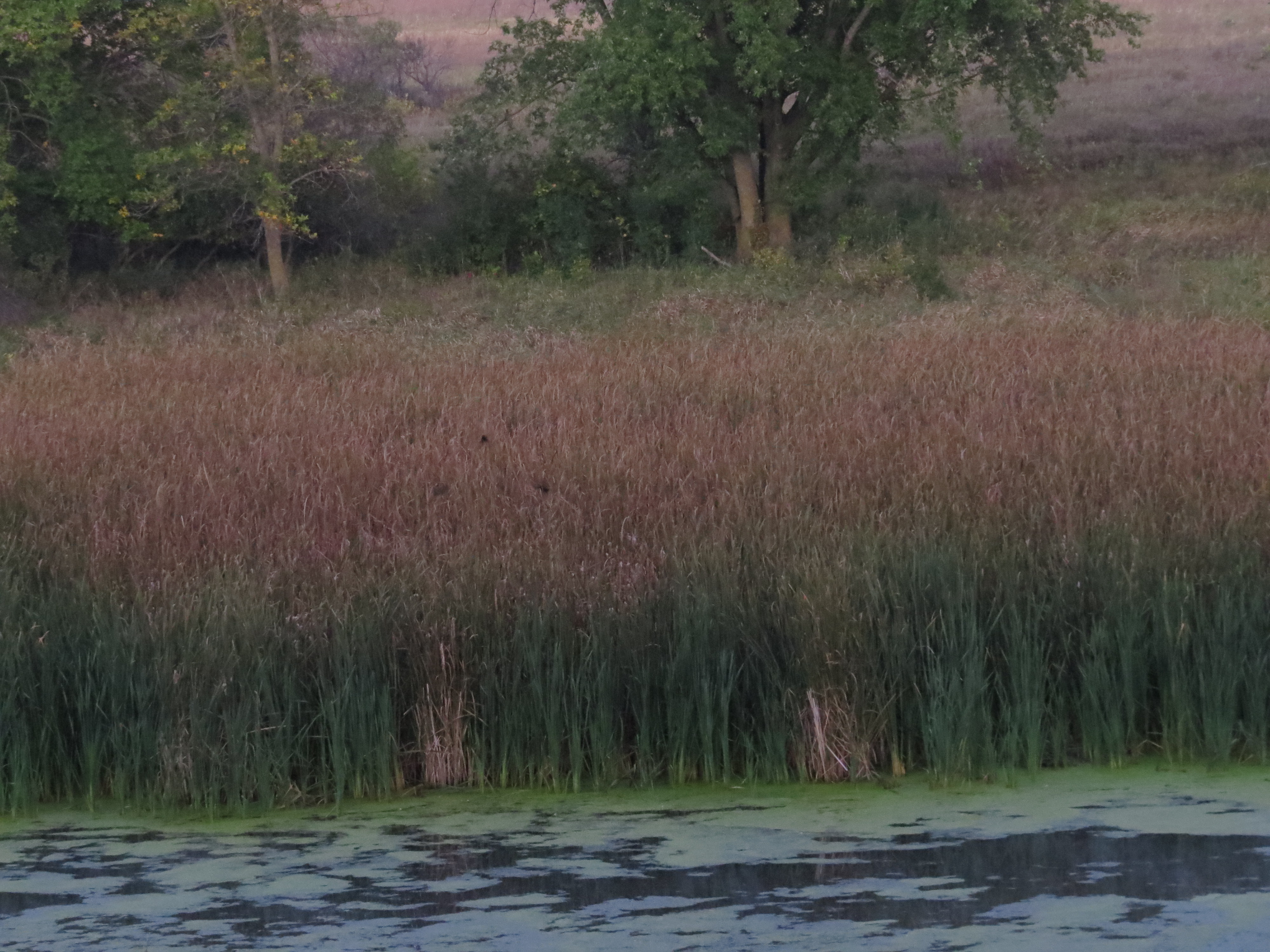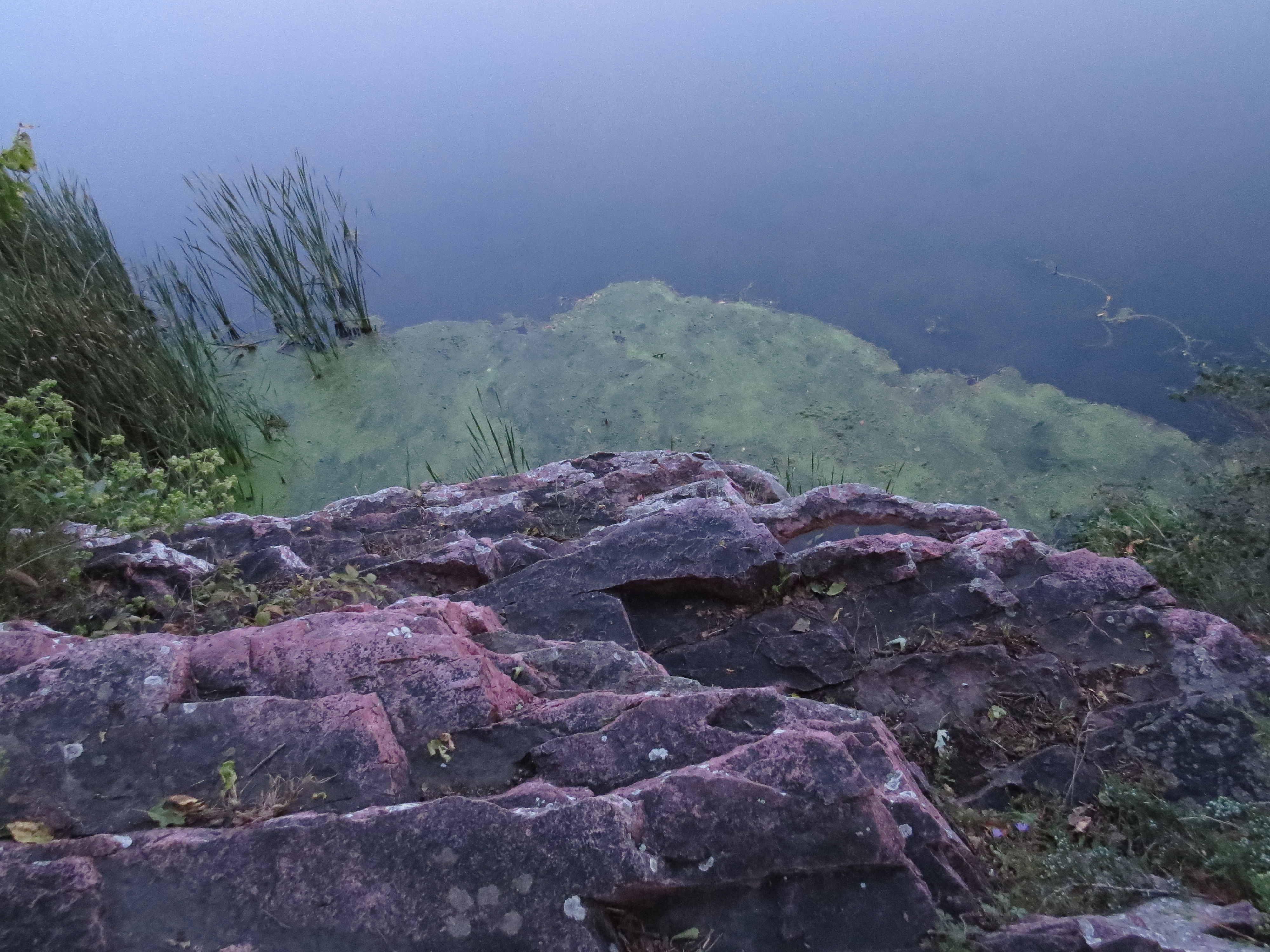Countless times I have walked the riverside trail at Mississippi River County Park. I have seen the River’s bank and the boat launch during the ice and snow of Winter, the overflowing water of Spring, and the drought of Summer. I know where the low spots are that stay muddy and mosquito-laden, where certain flowers grow, and where the deer like to graze. I am also familiar with Bend in the River Park on the other side of the River with its canopy of Oaks on the high bluffs that overlook the Mighty Mississippi. On Saturday of Labor Day weekend, I saw the River from the River’s point of view. Chris, Emily, and I launched our trusty Alumacraft canoe into the softly-rippling water. I was the duffer—not the desirable position, especially for my sixty year old joints, but a needed one when canoeing as a trio. I sat on a floatation cushion in the middle, on the bottom of the canoe, while the more experienced paddlers took their seats.
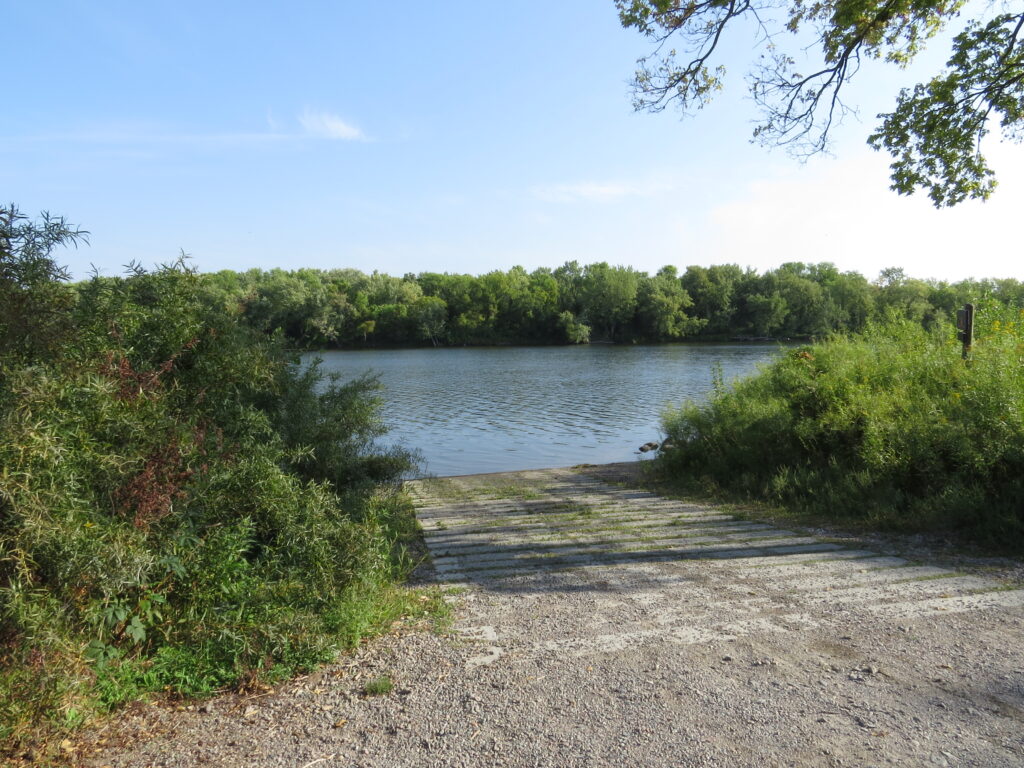
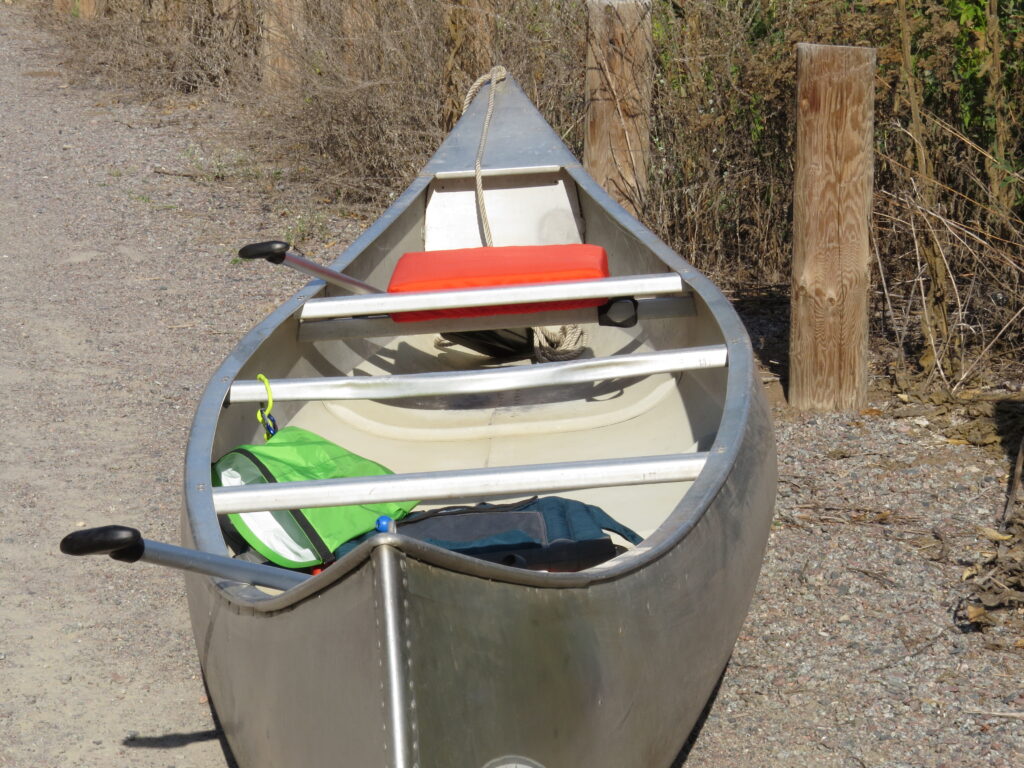
The water was low from our ongoing drought. Little beaches of sand appeared in places, many unseen from the land above them. While logs that have fallen into or floated down the River could be seen from the park trail, from the River’s view, they became an integral part of the boundary between water and land—they were much more noticeable, more usable, and more artistic.
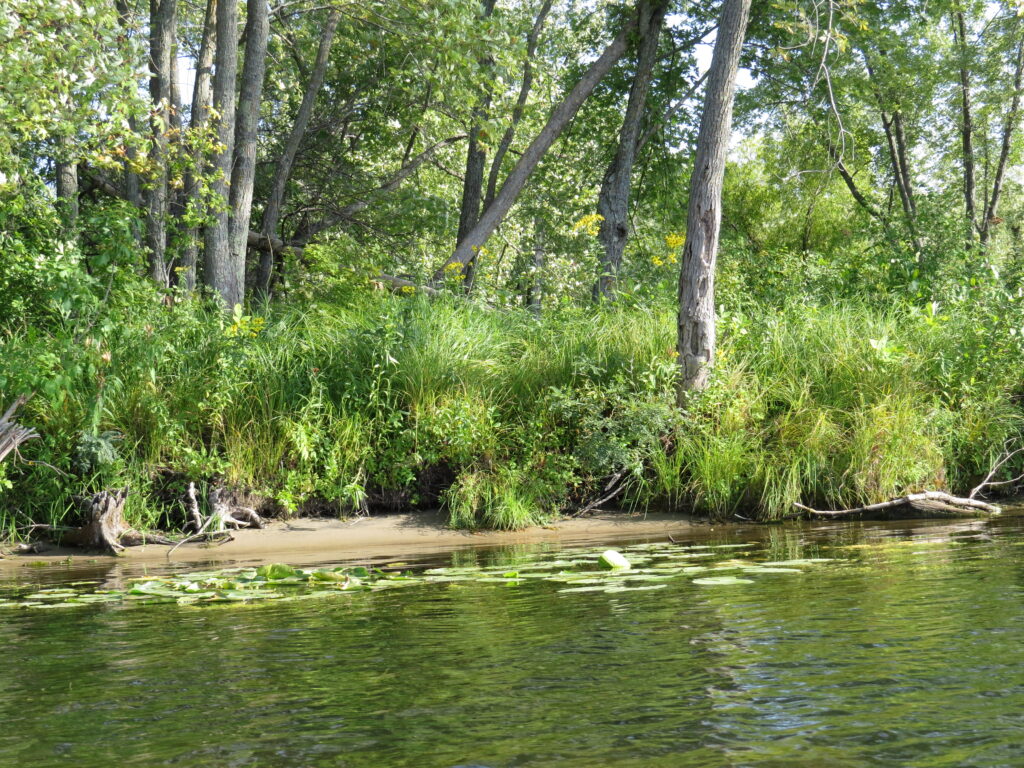
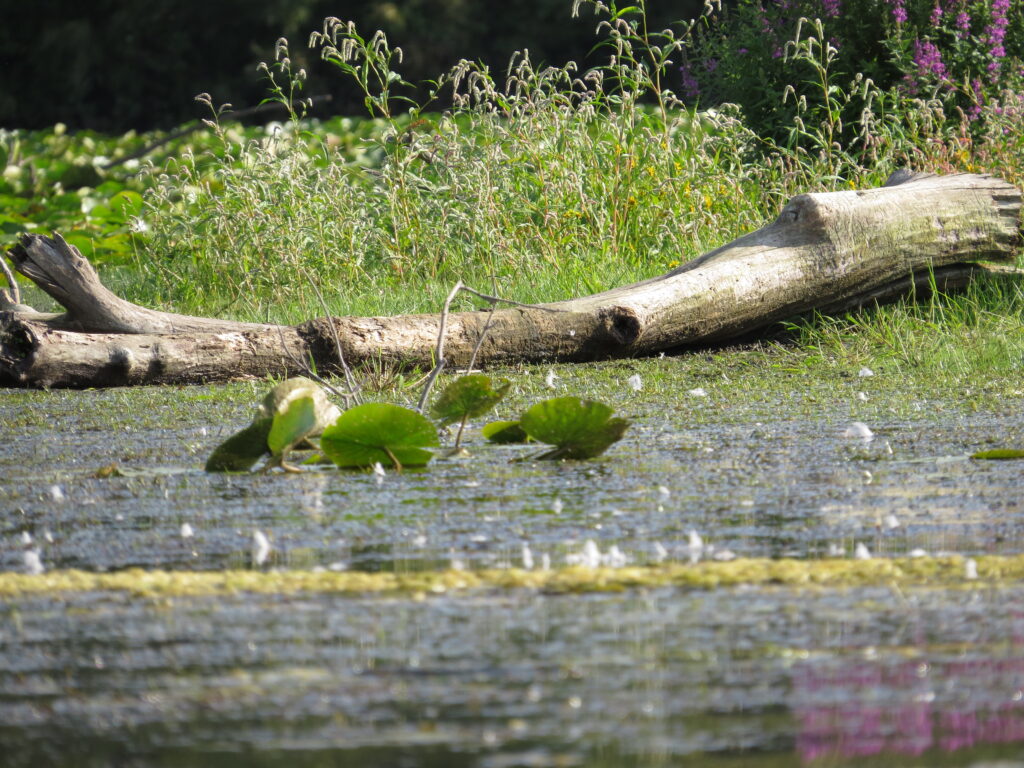
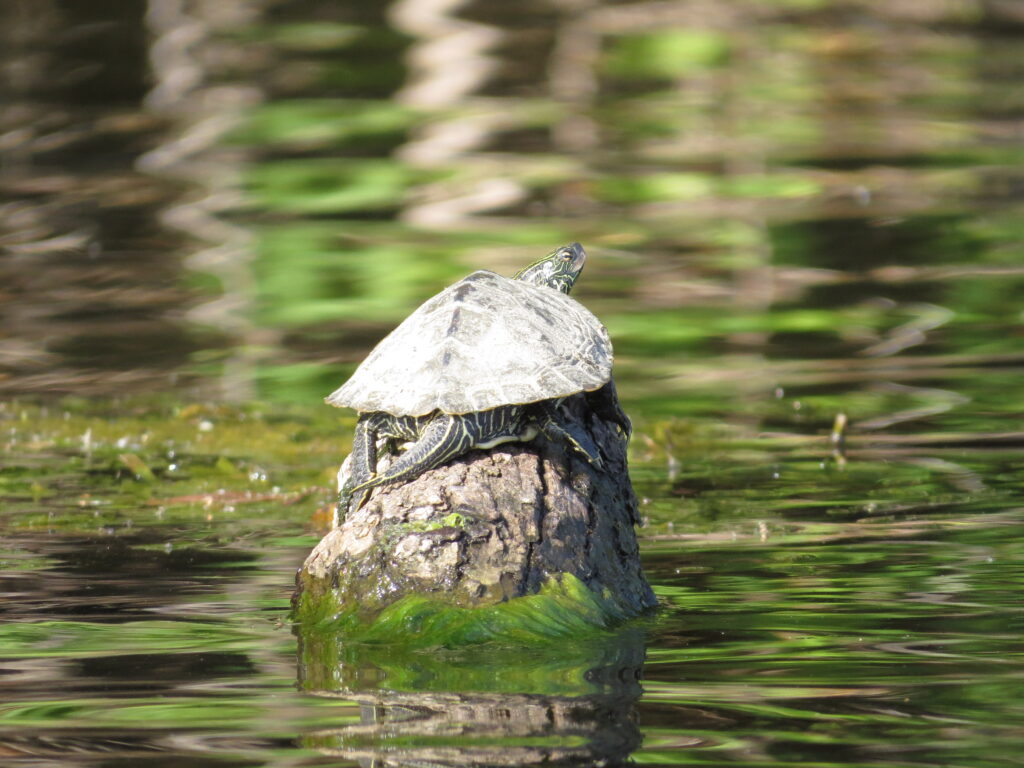
Some of the shallow parts of the River were a horizontal painting of aquatic plants and algaes that dragged the bottom of the canoe and slowed the competent paddling of Emily and Chris.
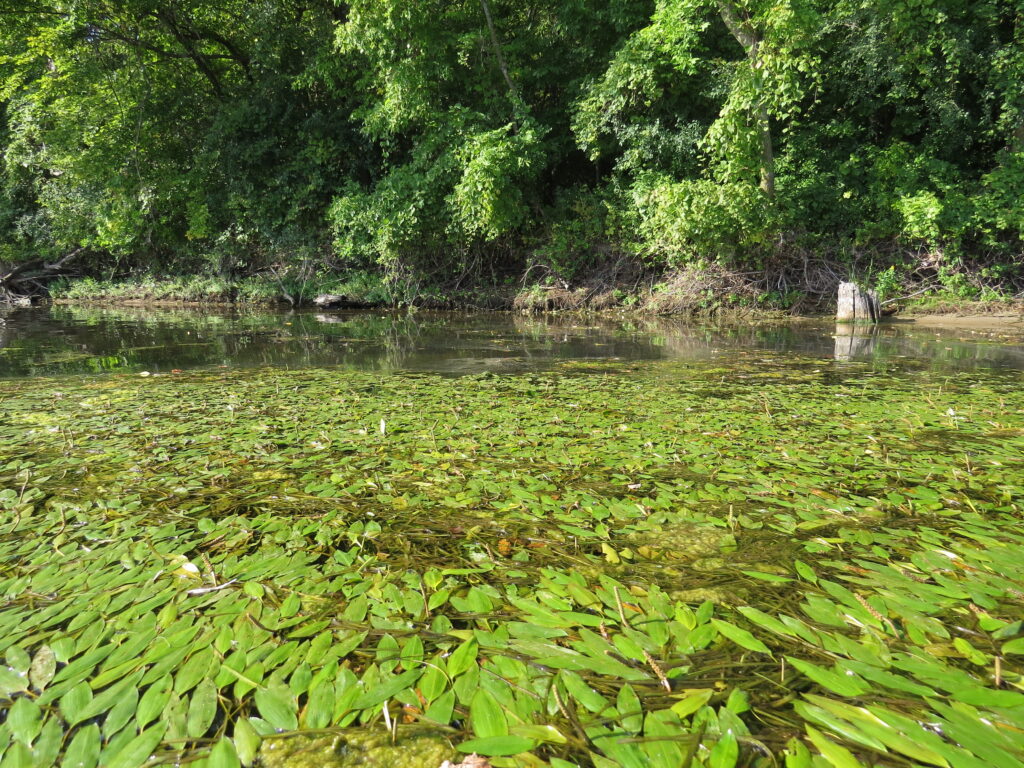
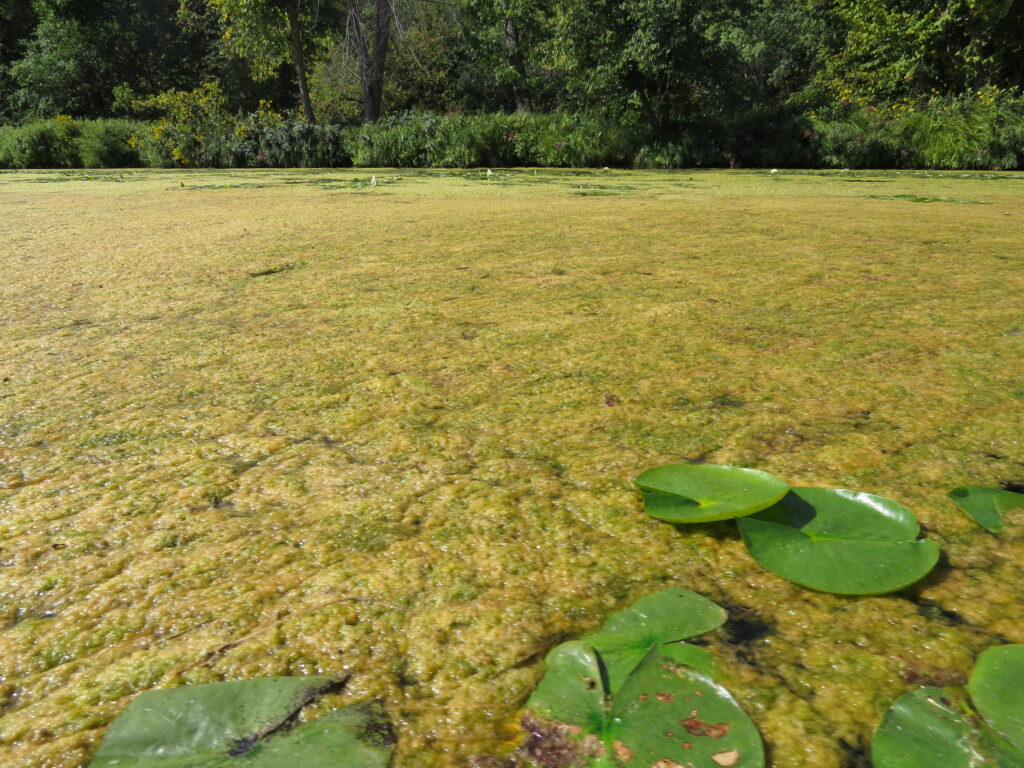
Other shallow parts were clear and glowing with golden sunlight that revealed millions of fragments of mollusk shells and often a complete bivalve pearlized shell. A whole new world of underwater life not seen from the land-side.

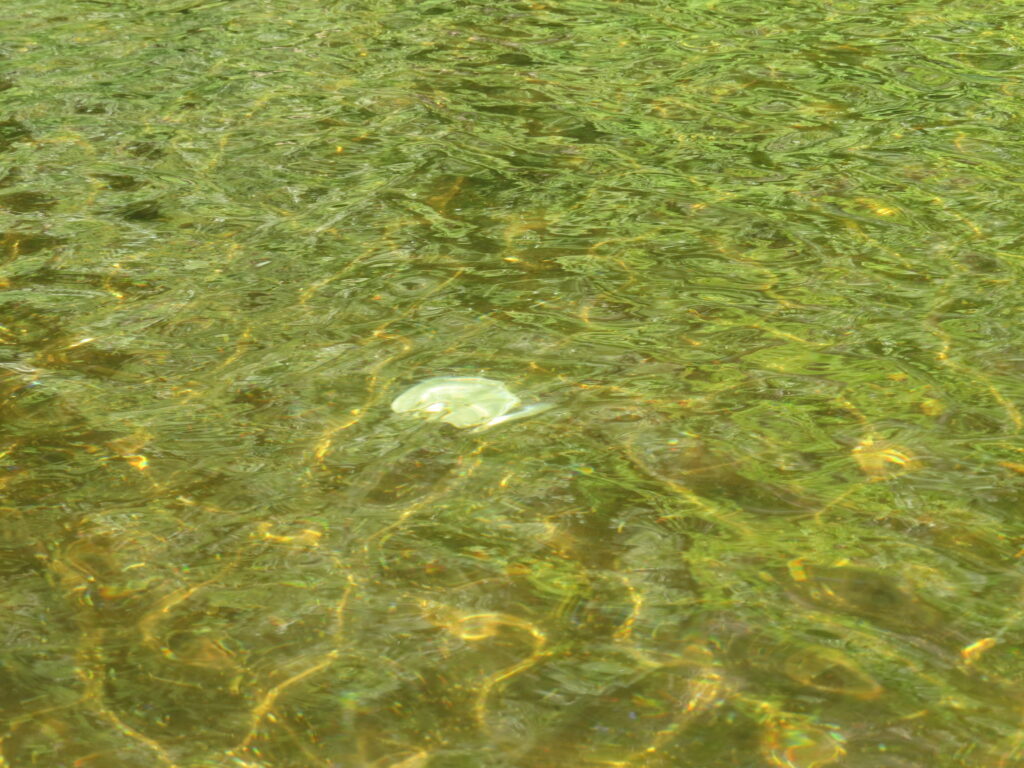
Beautiful blossoms of Purple Loosestrife populated the islands. It is not a desirable plant for wetlands, lakes, and rivers and is categorized as invasive and noxious. They have thick, woody roots that form a dense web that can block natural drainage areas and outcompete native plants.
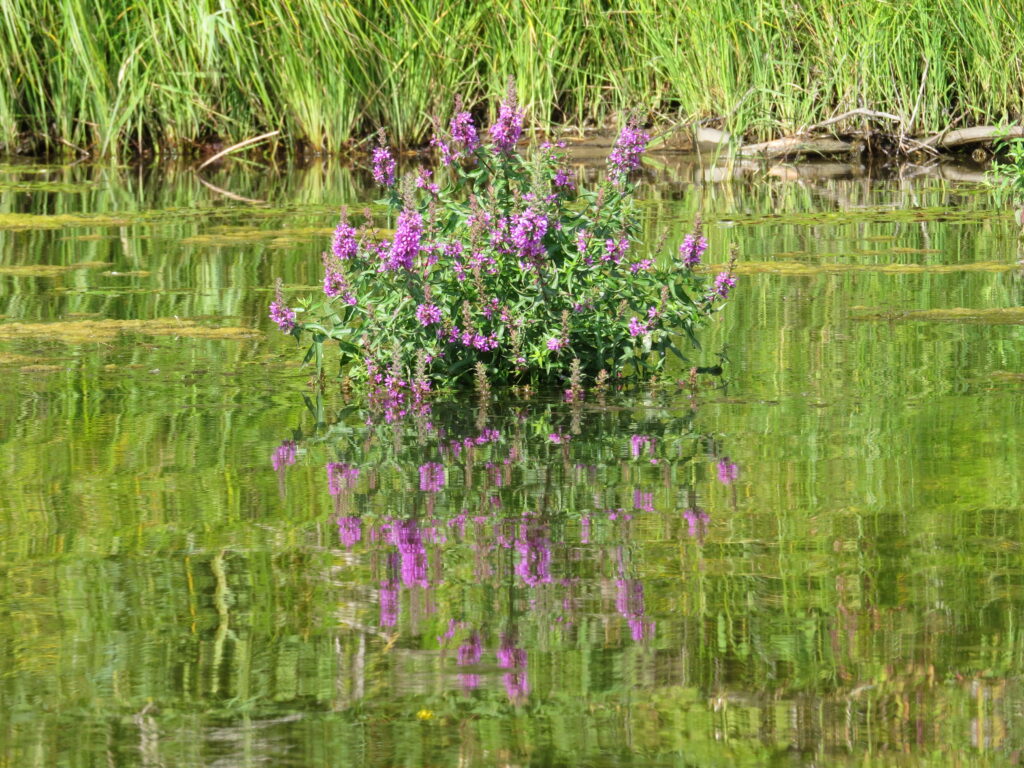
Native Willows thrive with their feet in the water and provide shelter for many of the inhabitants that live along the River.
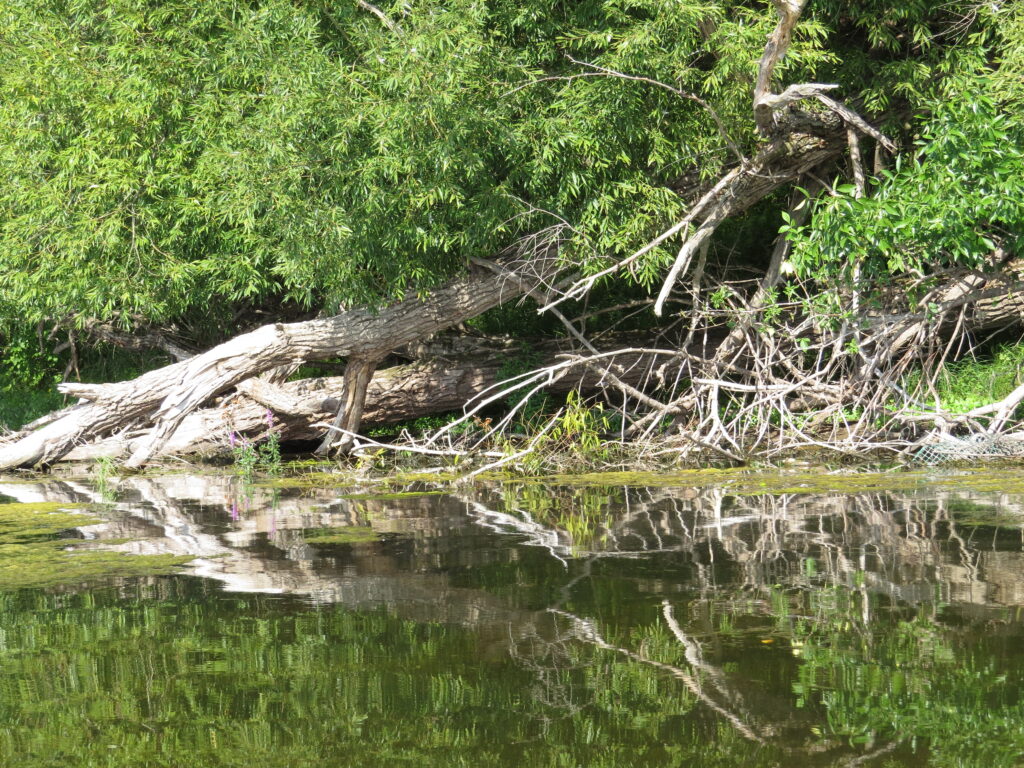
A young Belted Kingfisher flew among the branches along the bank. Her crested head and distinct breast feathers identified the small fish-eater.
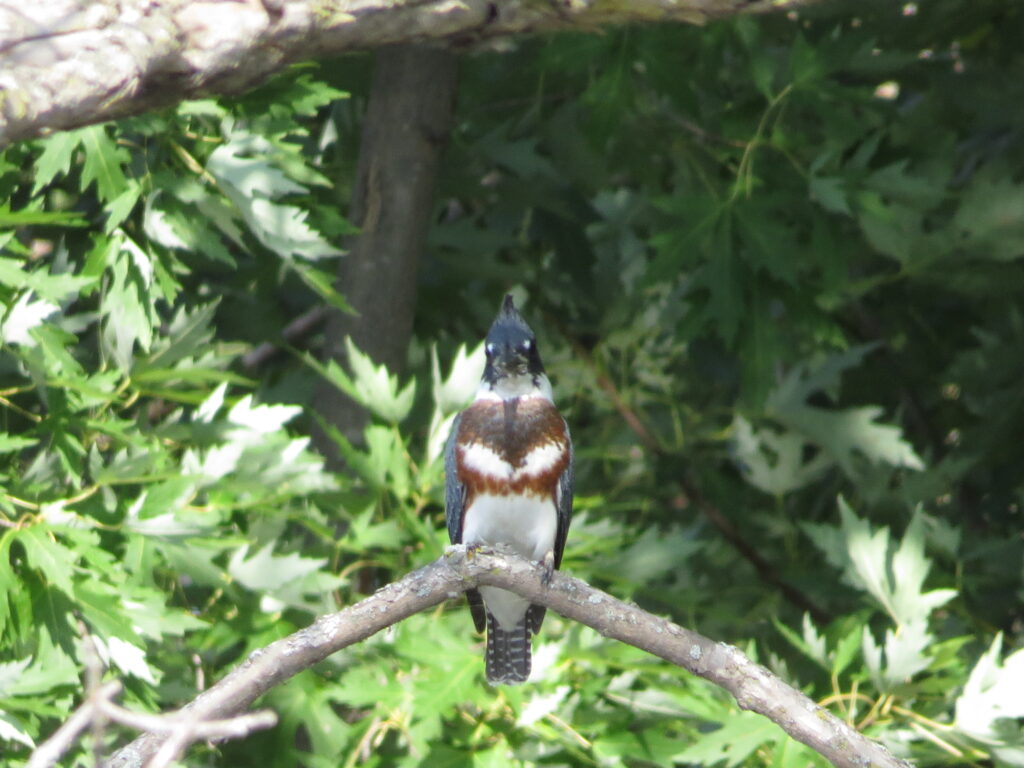
Another well-camouflaged water bird, a Green Heron, posed on a fallen log like a museum display. No movement, anonymity, and hopes of not being detected—all natural behaviors to enhance their food-finding fishing.
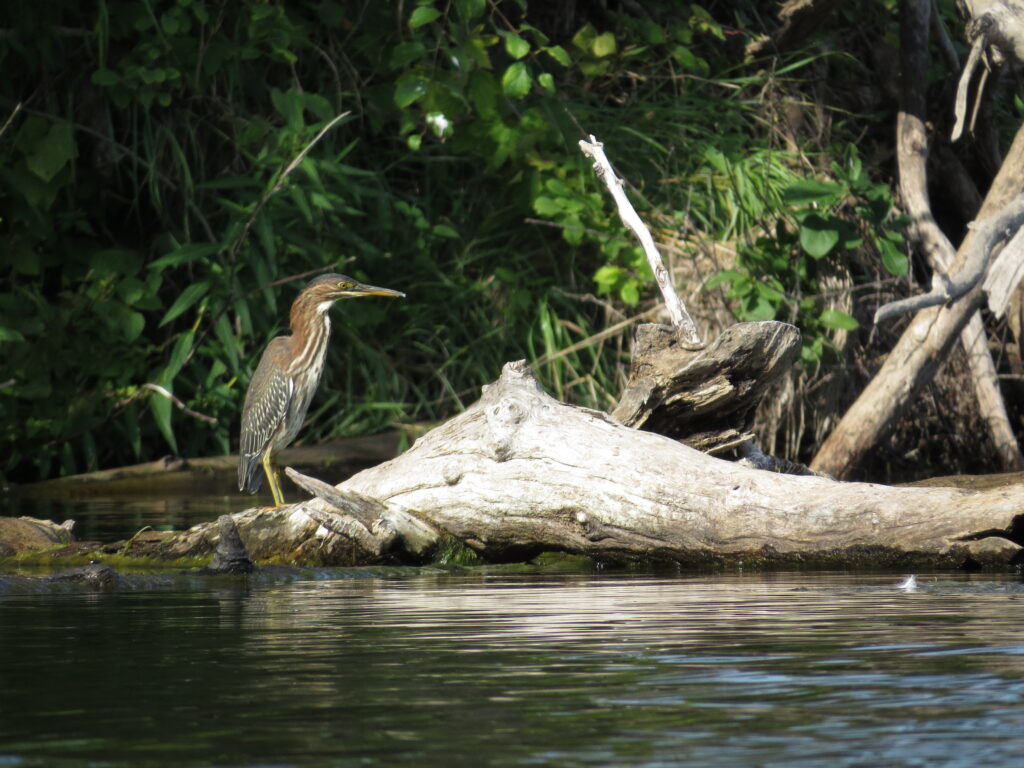
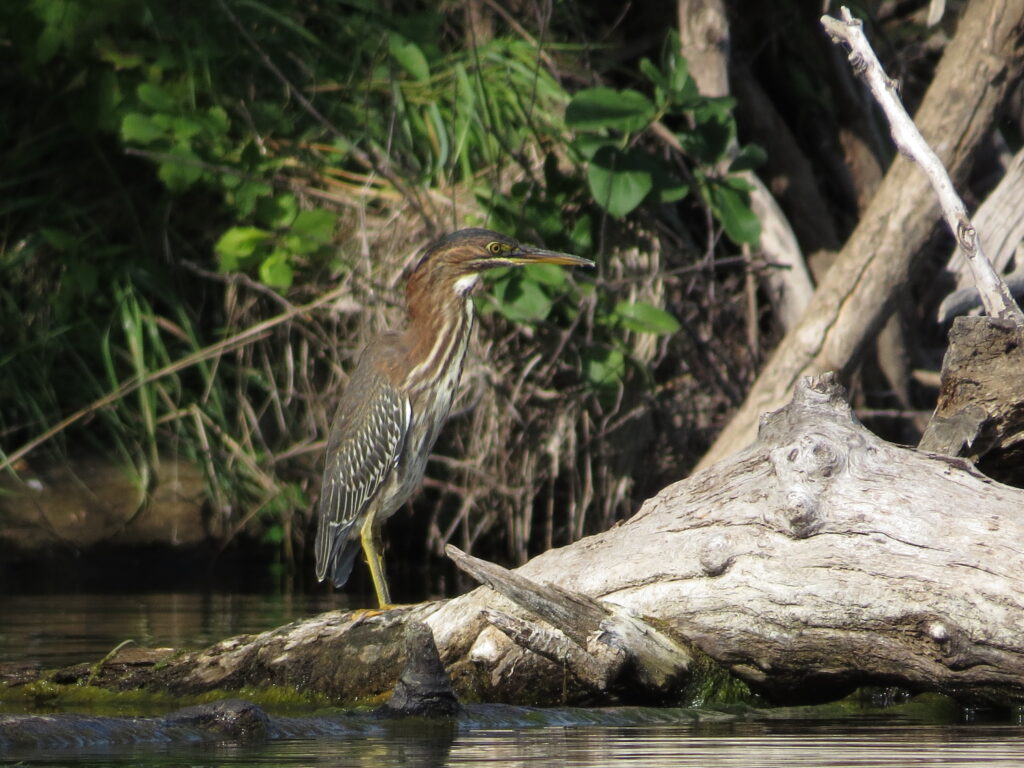
Joe-Pye Weed grew along the banks, their rosy clusters of flowers an important source of nectar for butterflies and bees at this time of year.
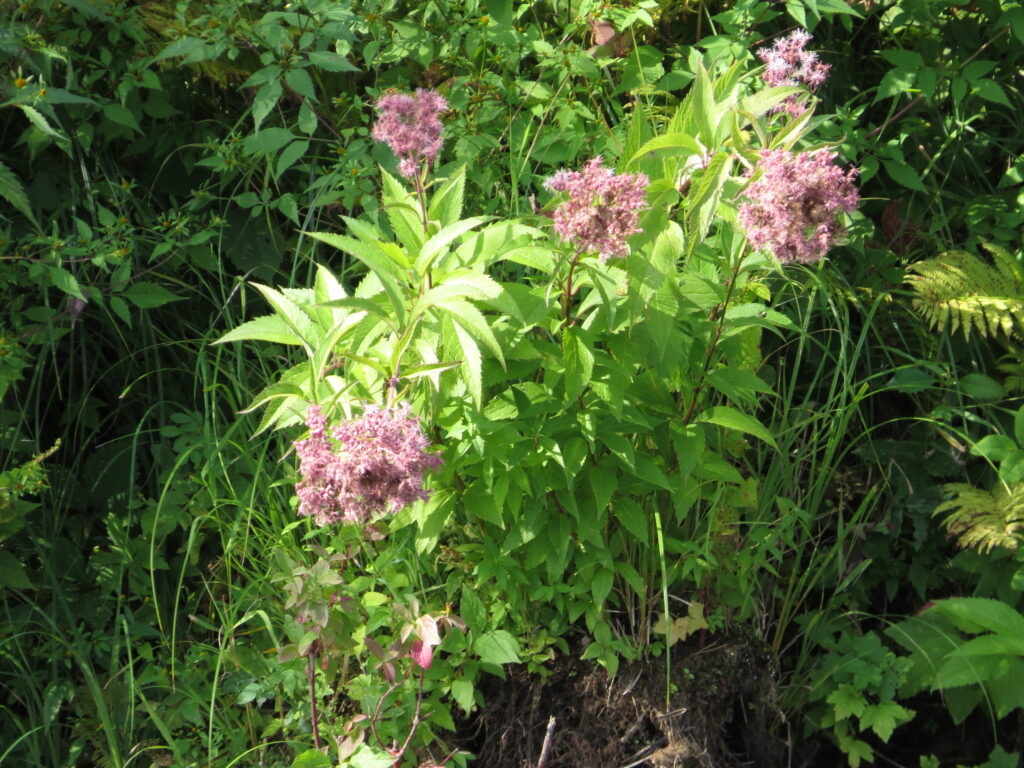
Another late summer flower to adorn the banks is Sneezeweed, a member of the Aster family. Its bright yellow petals and yellow-green ball-like centers make a cheery sight along with sunflowers in the green expanse of riverbank.
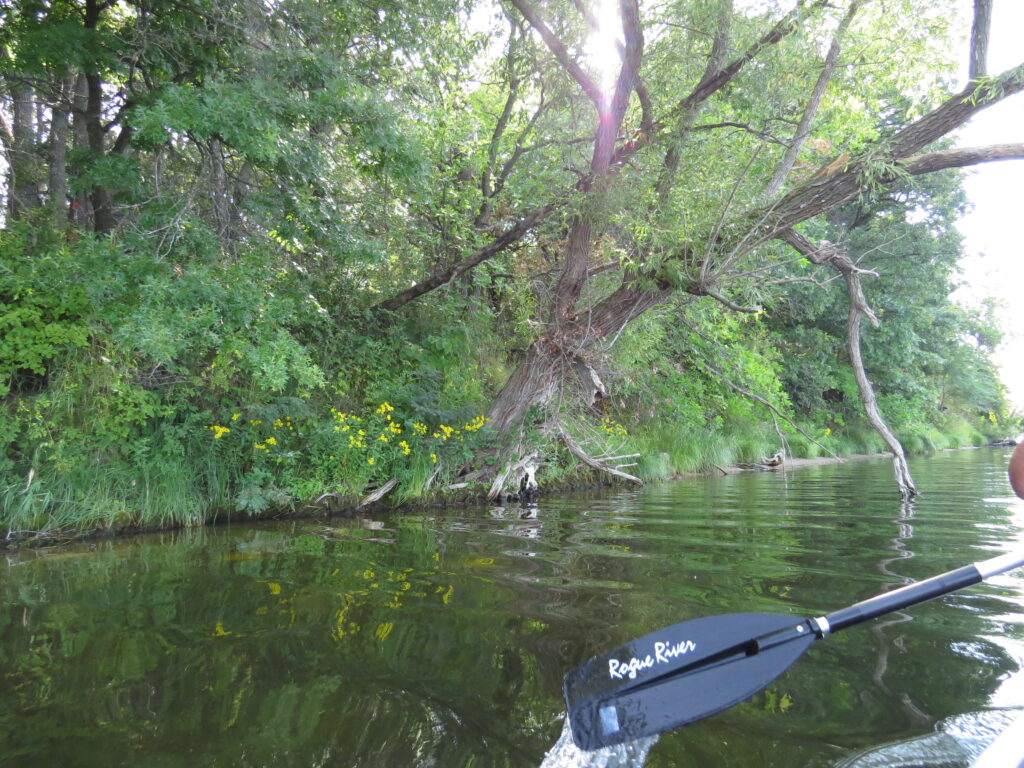
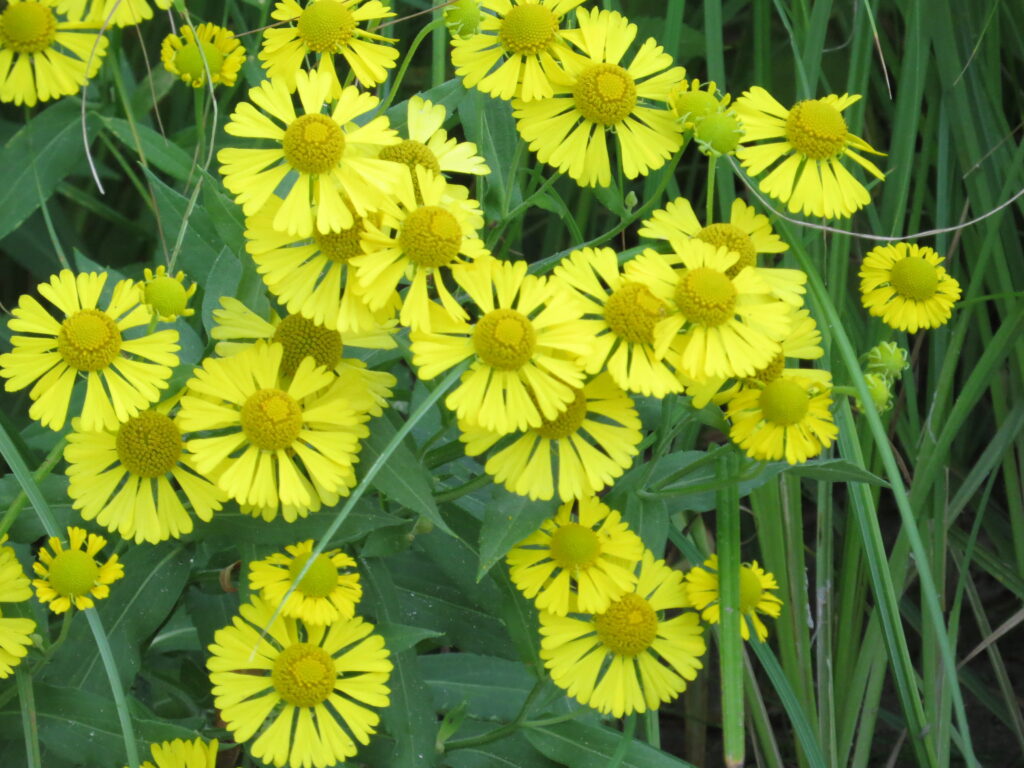
We paddled for three and a half to four miles; our goal was the dock of friends of ours who live down the road from us. The downstream current was negligible since rain had been so scarce the whole summer and the southeast wind blew the waves against us. Seeing the landscape from the River’s viewpoint in our relatively slow-moving craft was a peaceful gift in the late-summer morning.
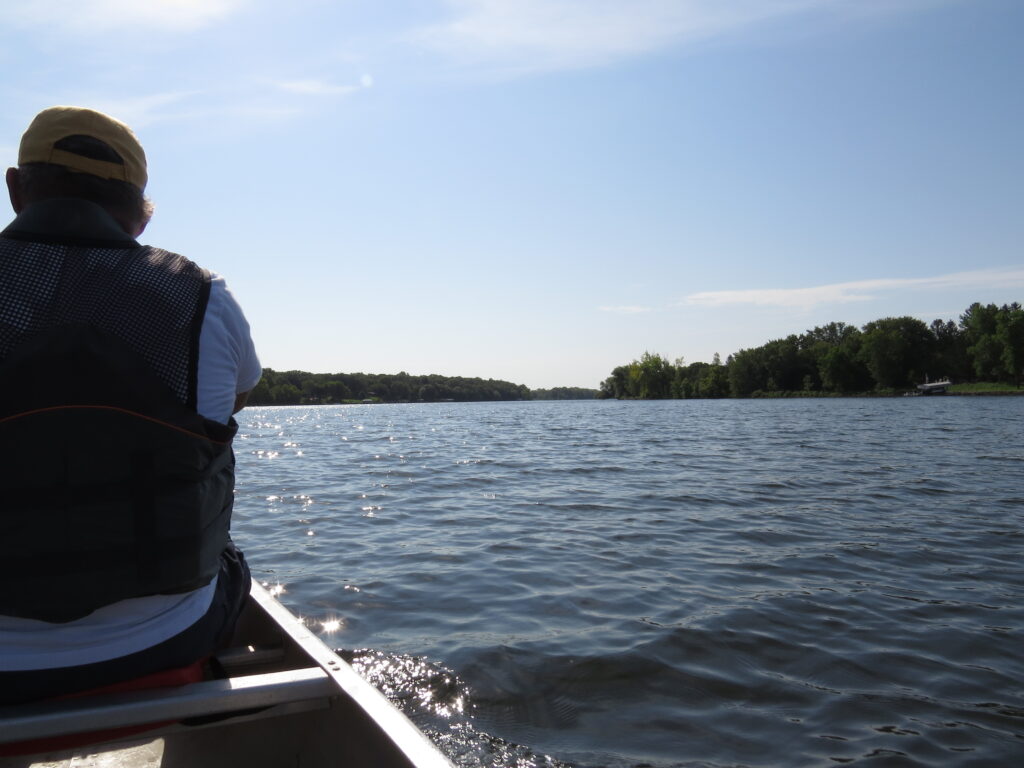
We circled around the north side of an island away from the channel where boats and jet-skis were beginning to make waves. I saw a Great Blue Heron standing in the shallow water, and we stopped paddling to watch the Great Bird on this Great River. We watched a slow-motion dance, beginning with a bow. Its long neck and long legs curved and bobbed, lifted and stretched, pranced and turned until it finished with a flair, standing tall and elegant on its home stage.
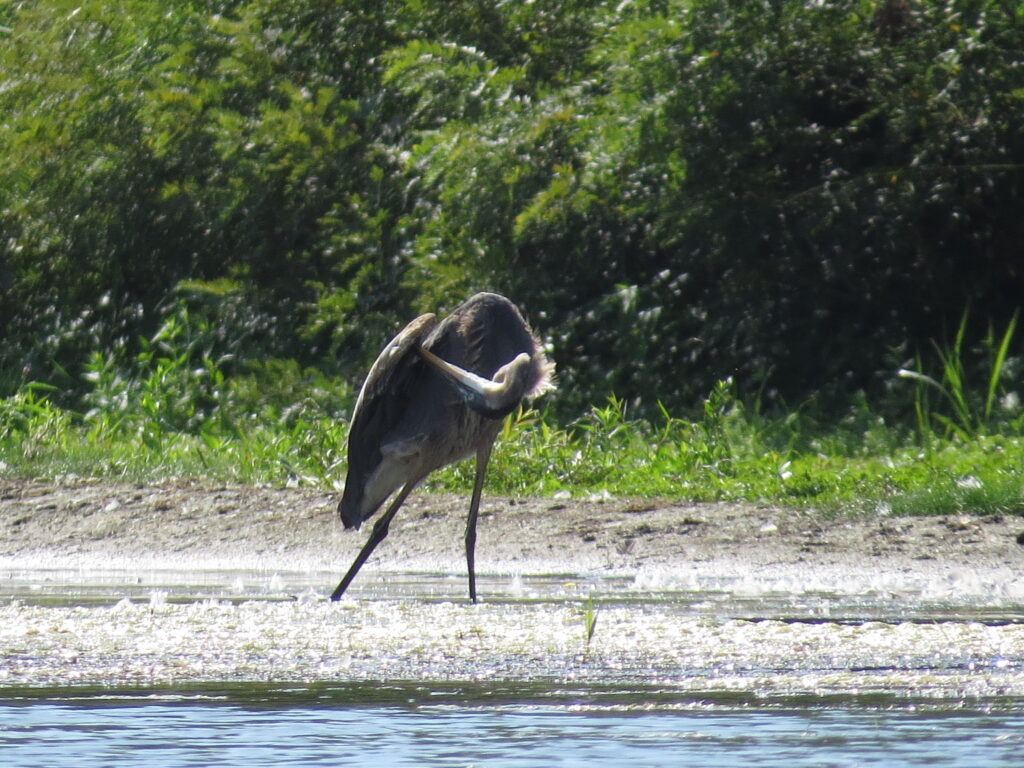
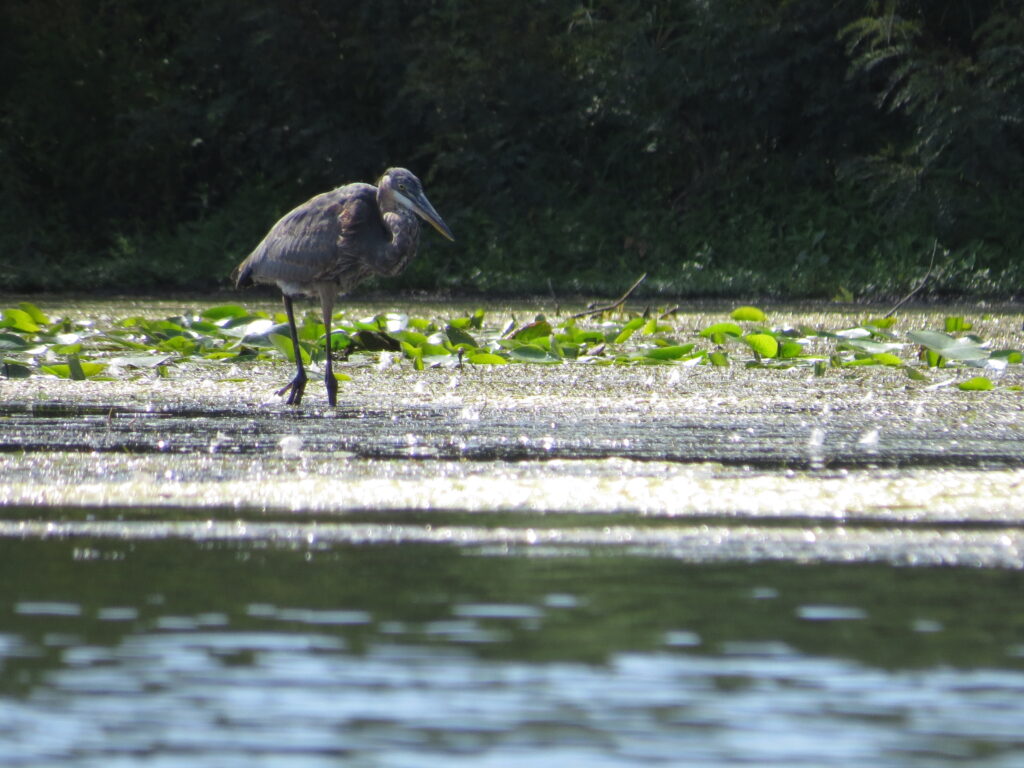
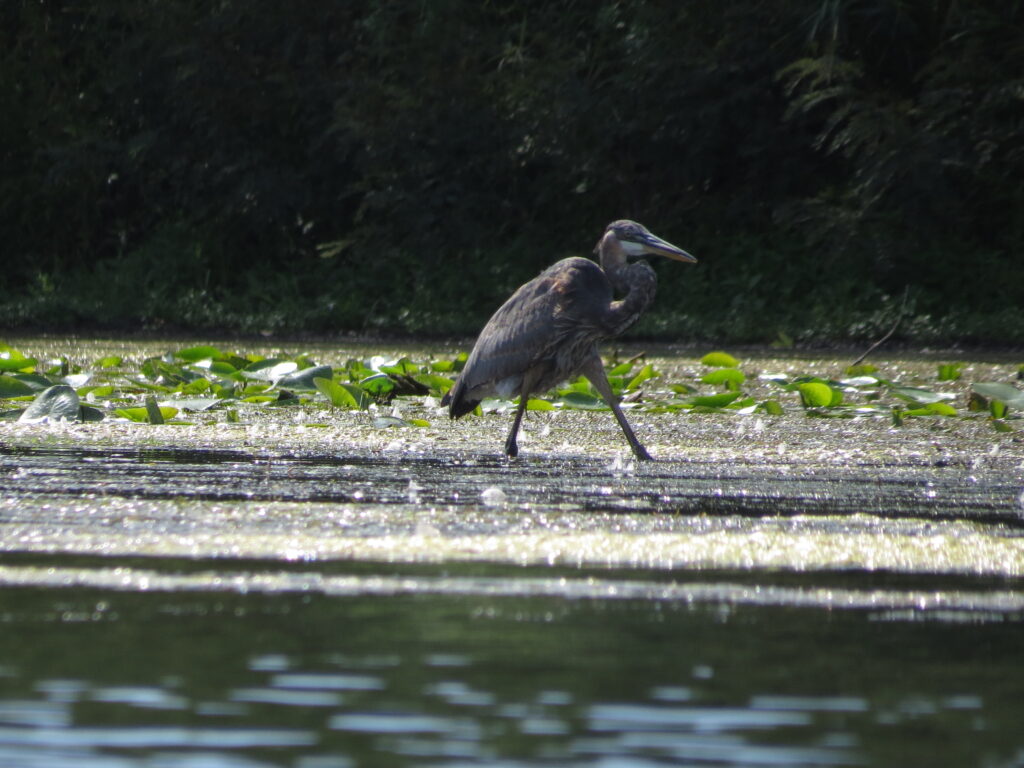
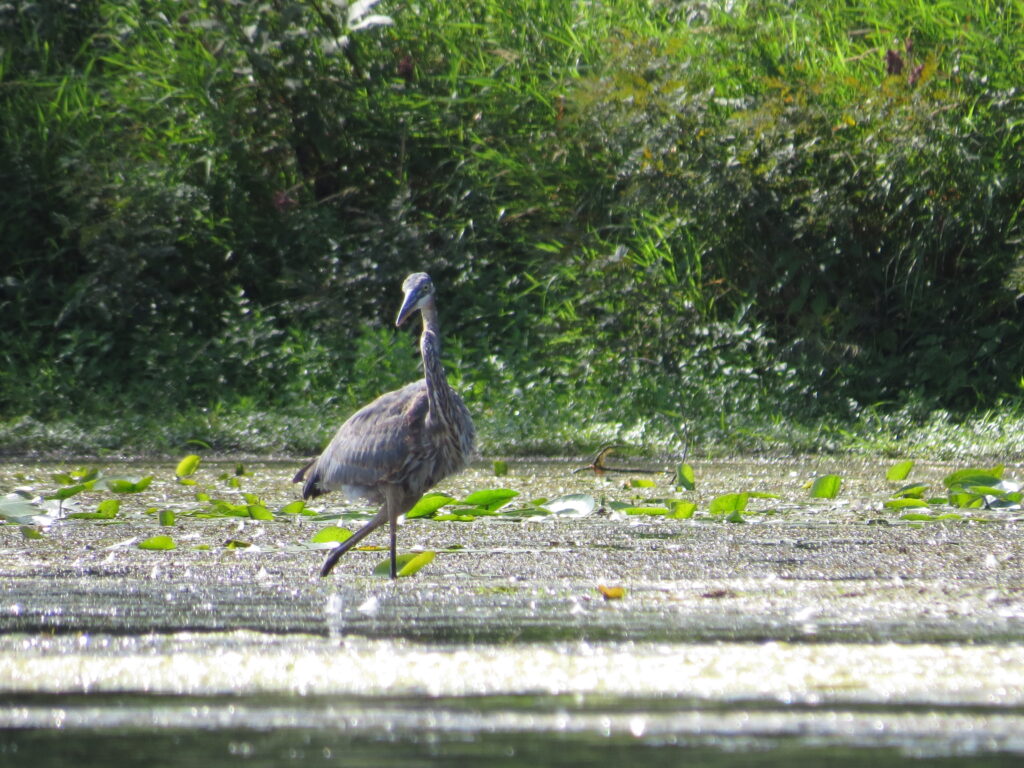
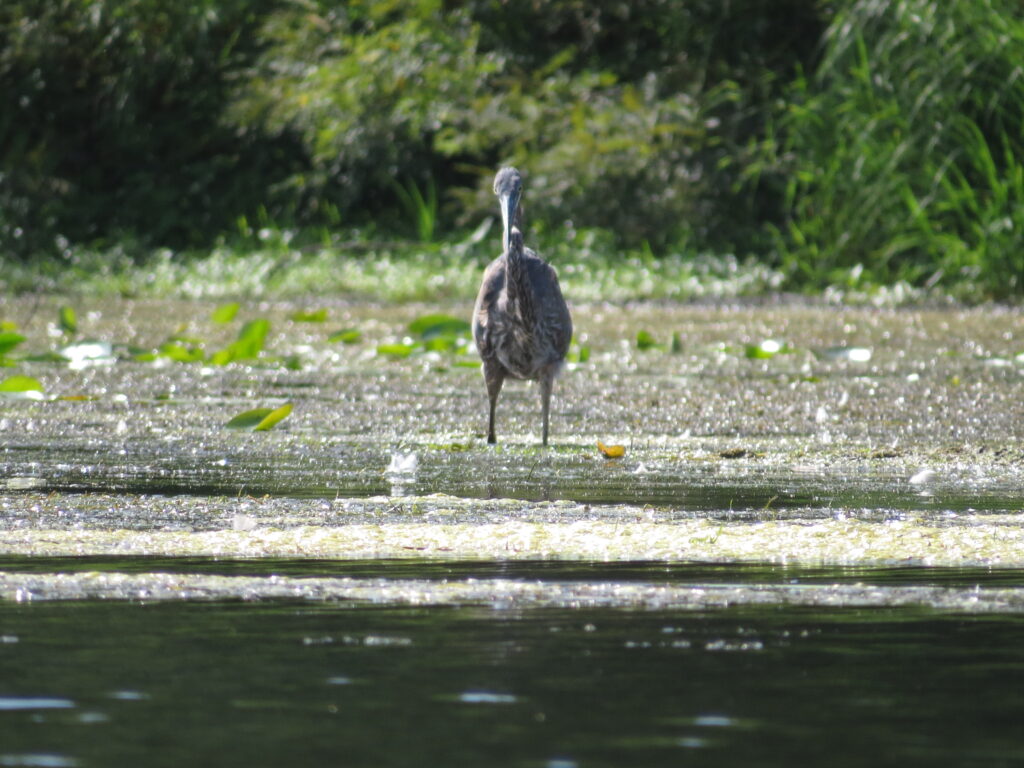
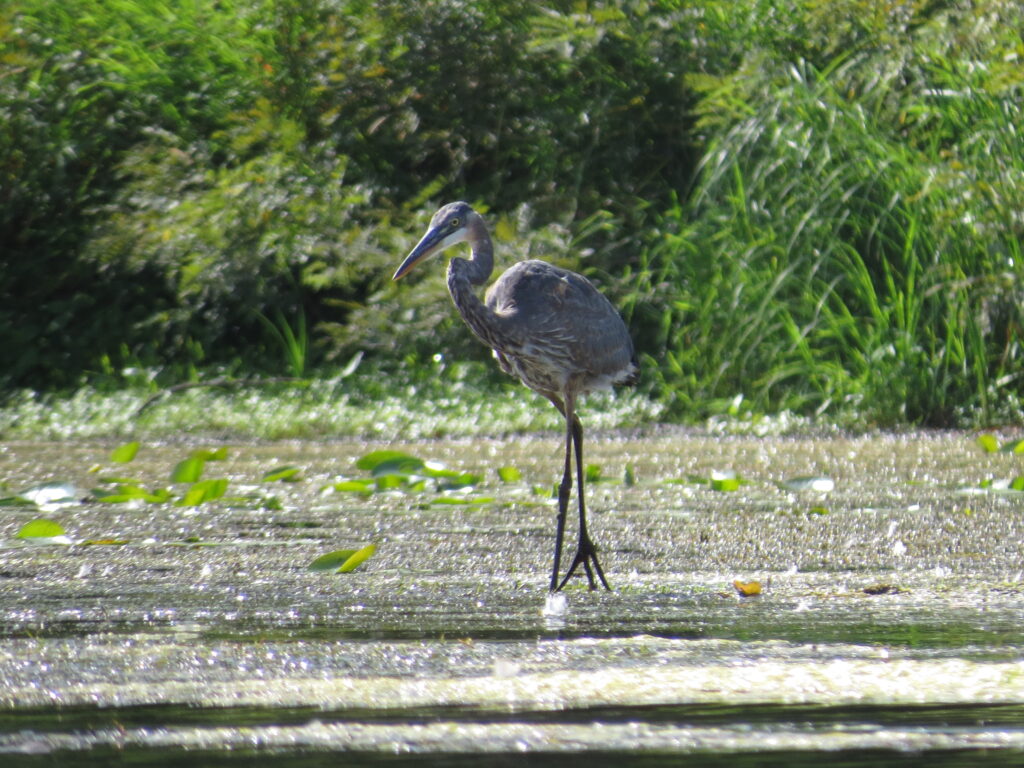
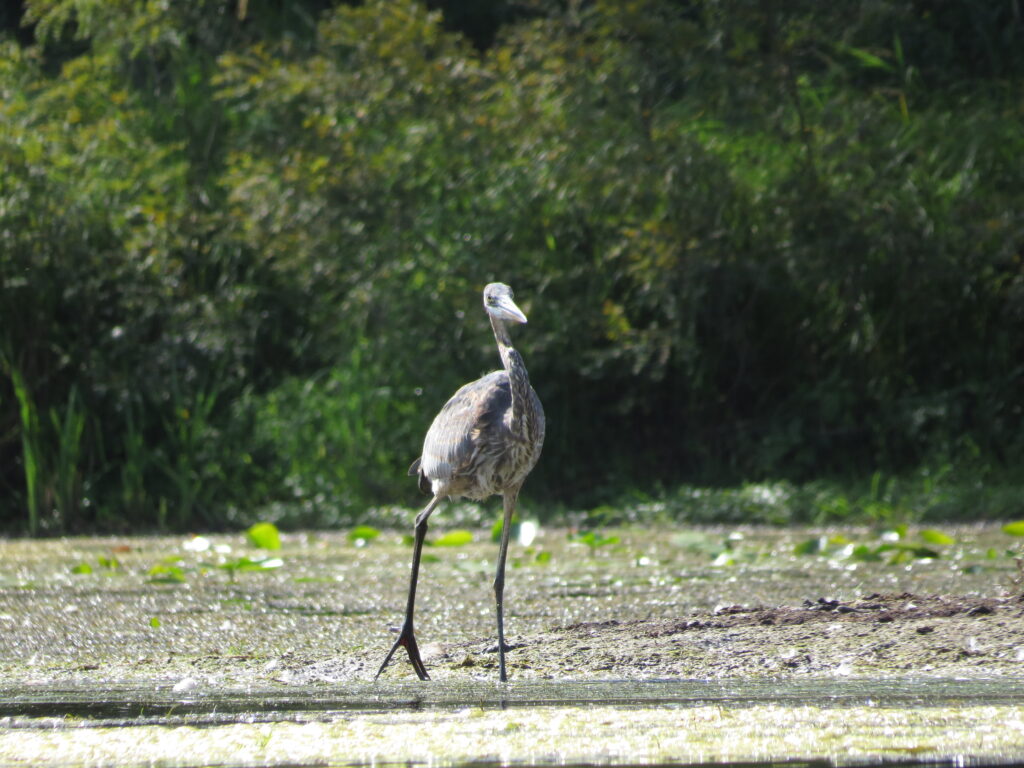
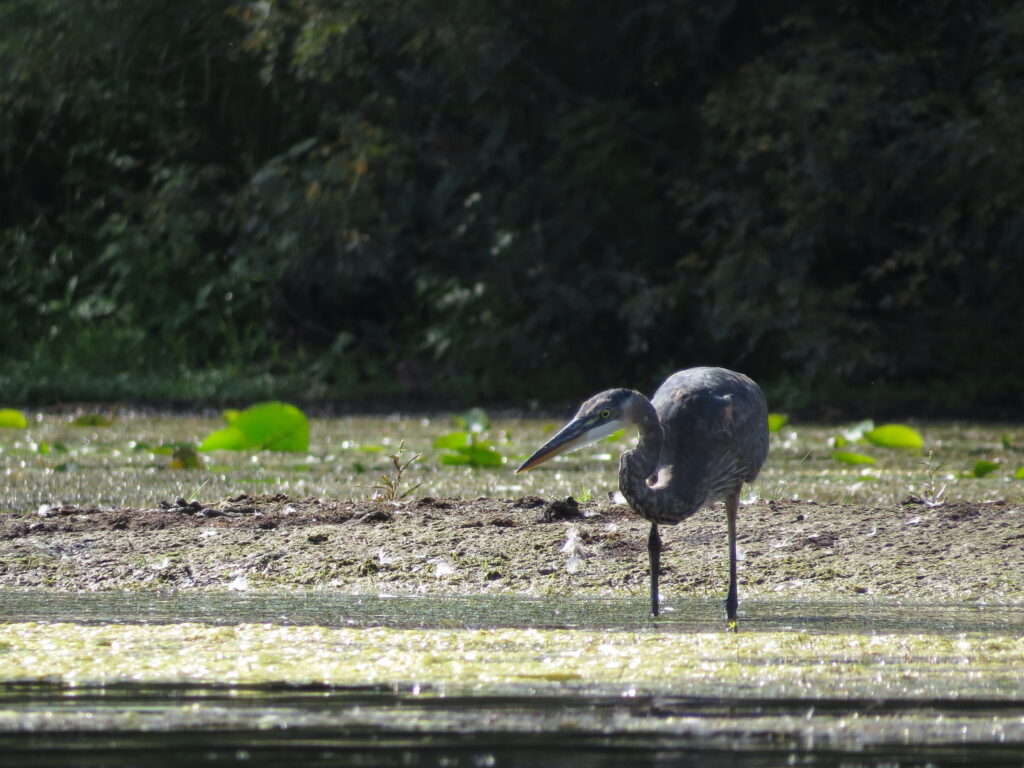
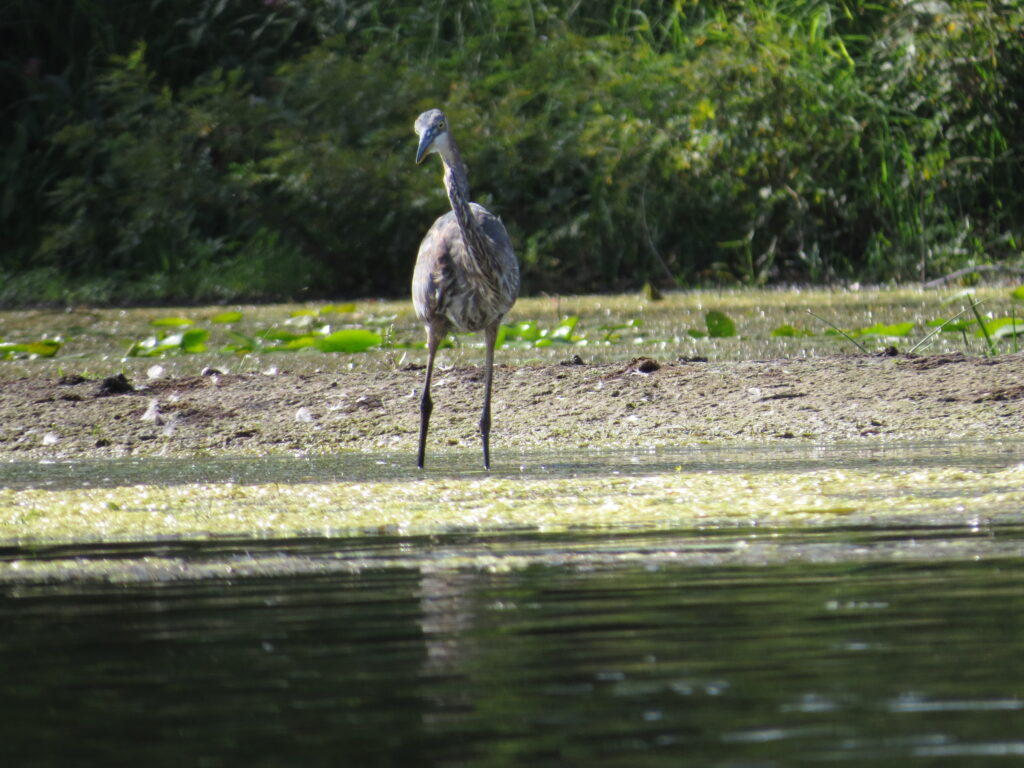
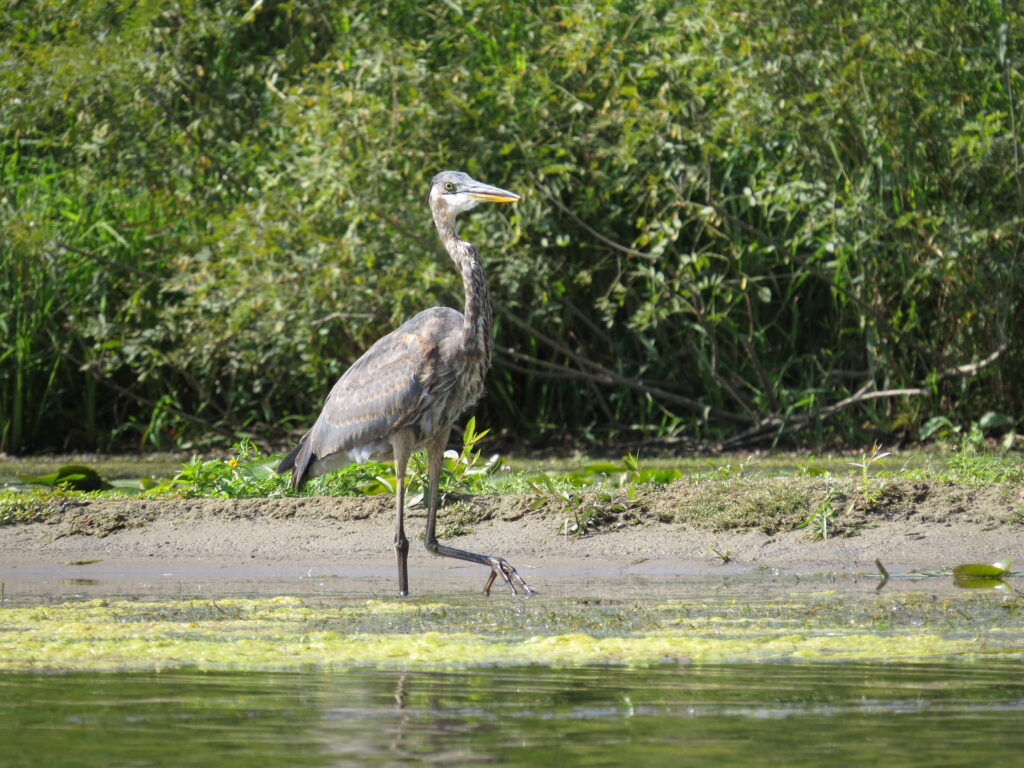
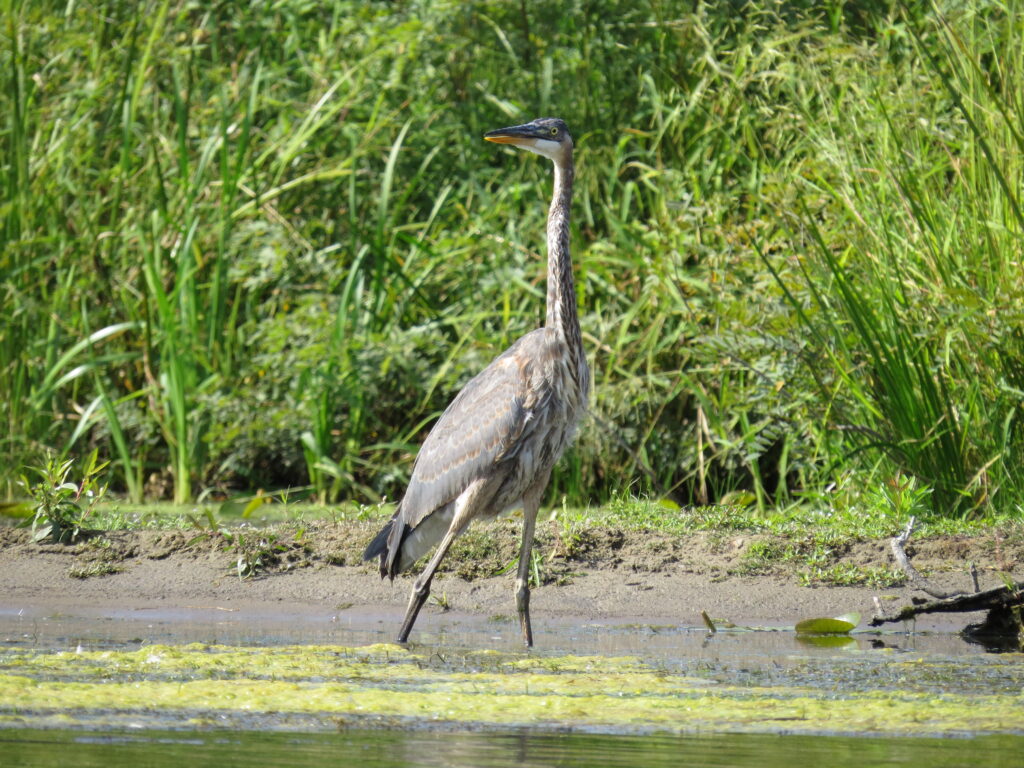
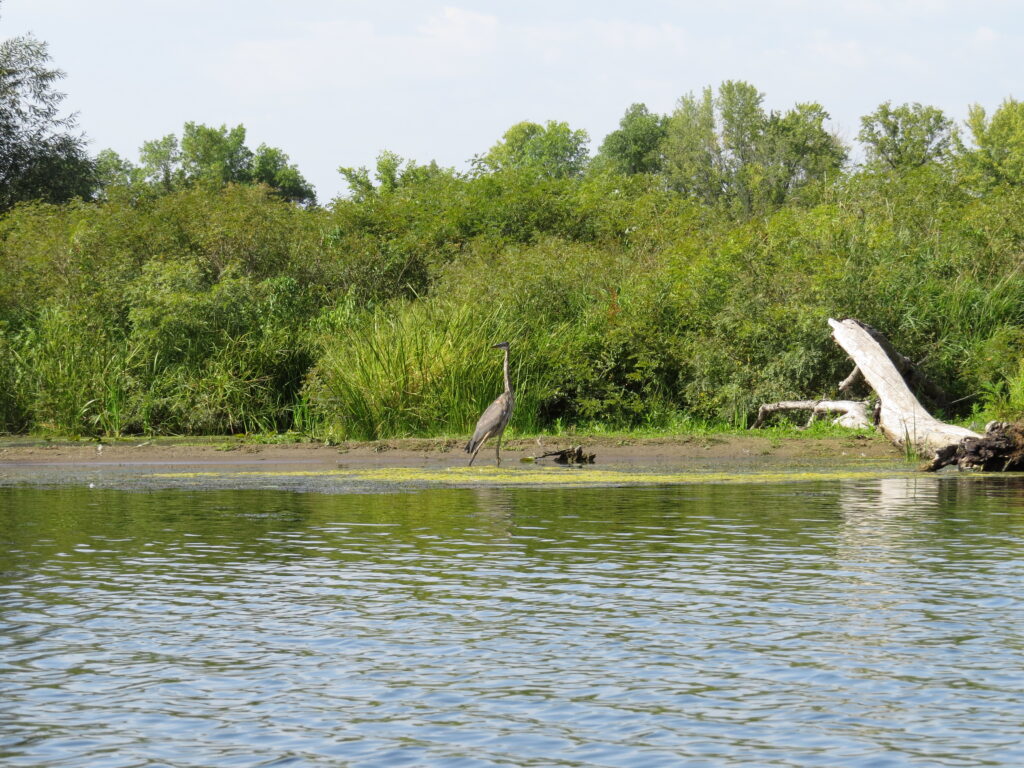
We left the island performance and concentrated on reaching our goal as the sun shone hotter, the River became busier with boats, and my legs grew stiff and tingly from inaction.
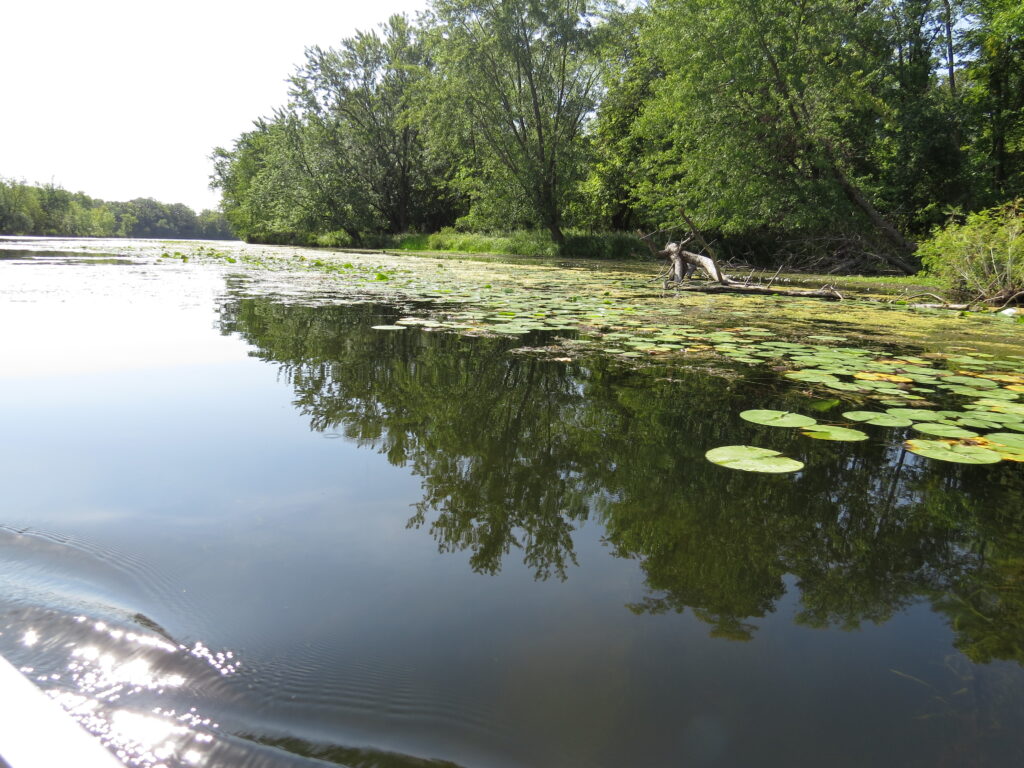

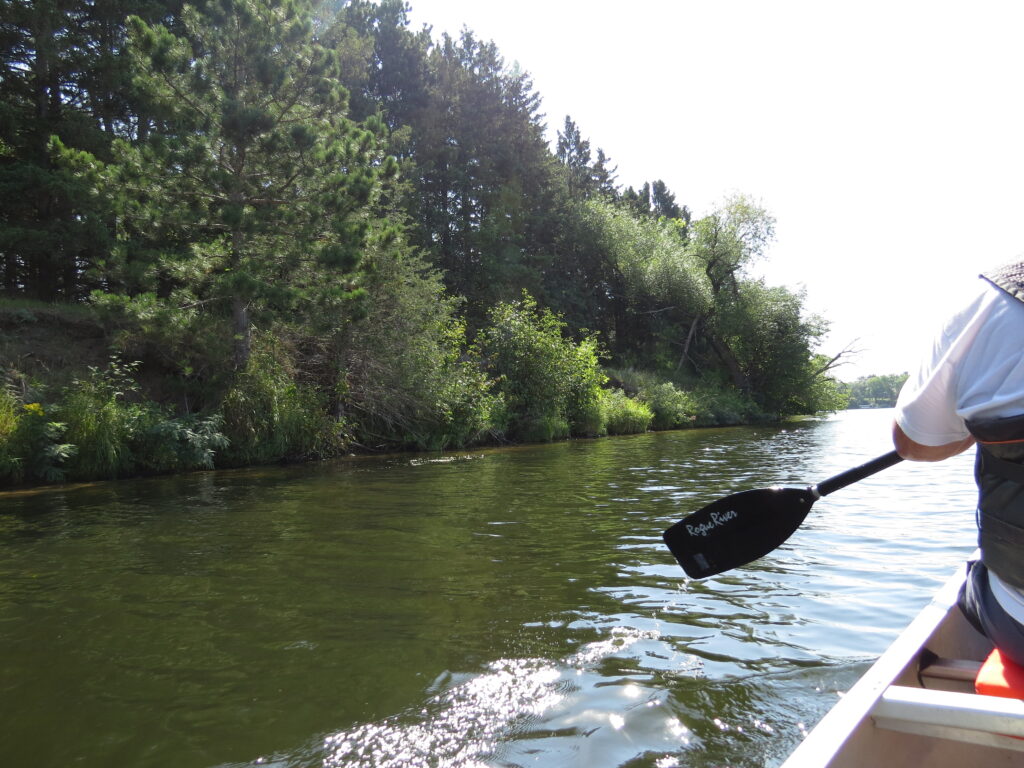
Our River trek took two and a half hours. Emily expertly landed us beside our friends’ dock. I awkwardly unfolded my legs from the bottom of the canoe and tried to move my uncooperating hips over the canoe seat while ‘staying low,’ in order to get to the ladder. Let’s just say I was not as graceful as a Great Blue Heron. But our canoe trek was the highlight of my weekend. It was wonderful to see this familiar River from ‘the other side,’ from the River’s point of view. There are so many things we miss or even dismiss when we look at some thing or some body or some issue only from the safe, familiar bank we are used to. Even the fast-boat river riders see and experience the River differently than the canoers and kayakers. It is an issue as old as time. Walk a mile in my shoes; paddle a mile (or three) in my canoe; work a day in my job; live a day in my skin. All impel us to live in empathy and understanding of people who are different from us and who experience life from a very different island of reference. I hope the River Dance reminds us all to live in empathy, peace, and grace.
